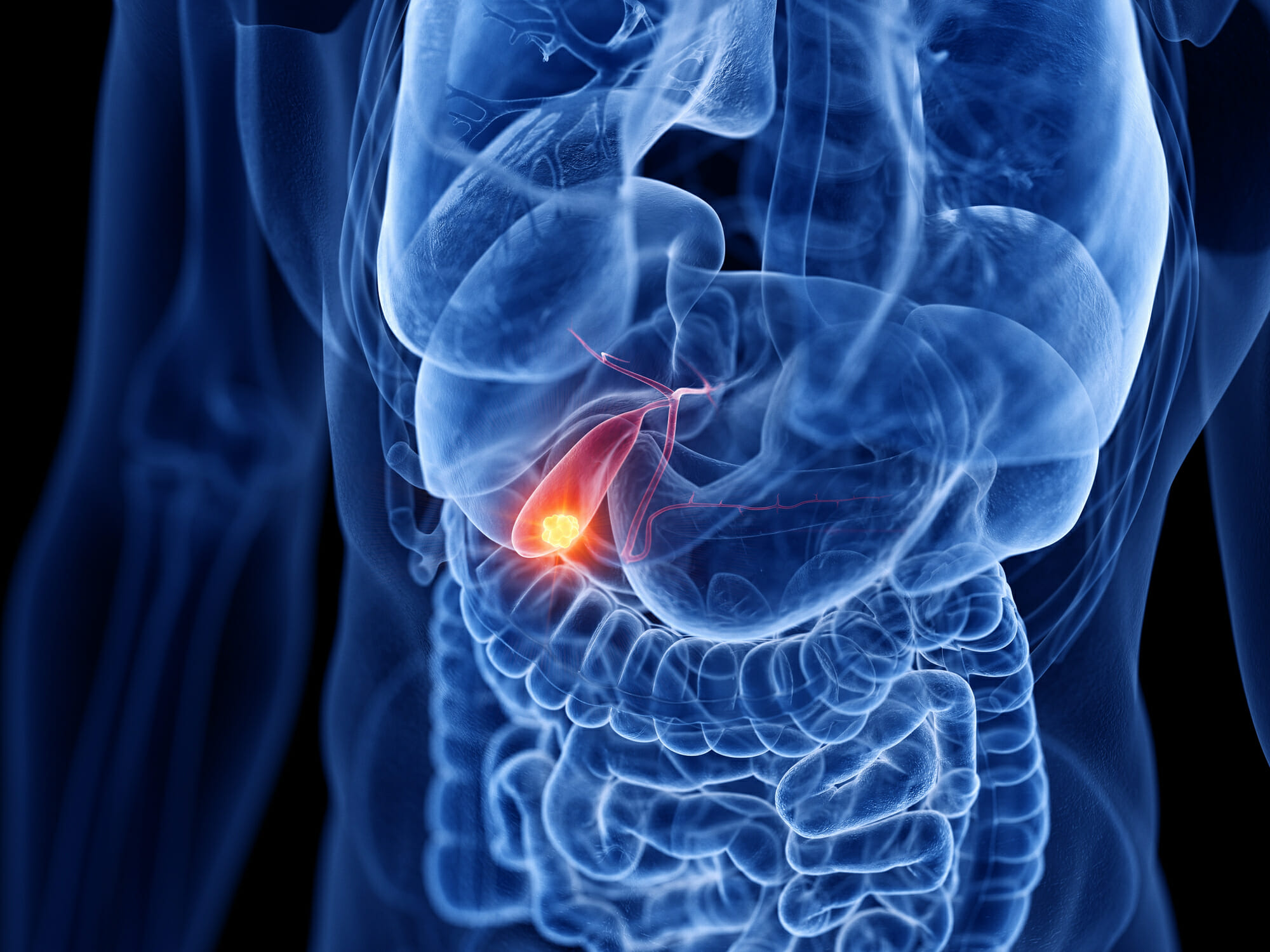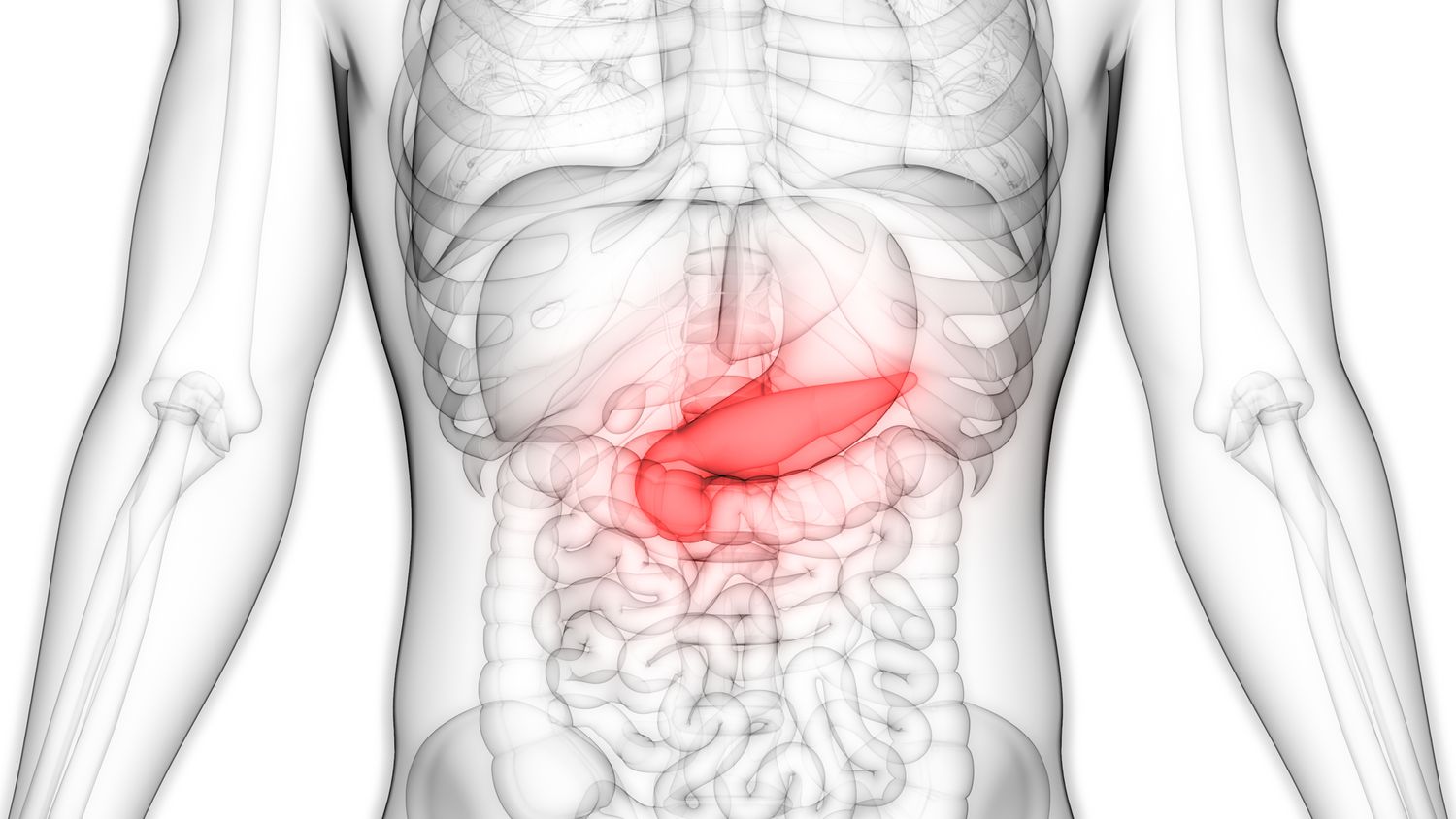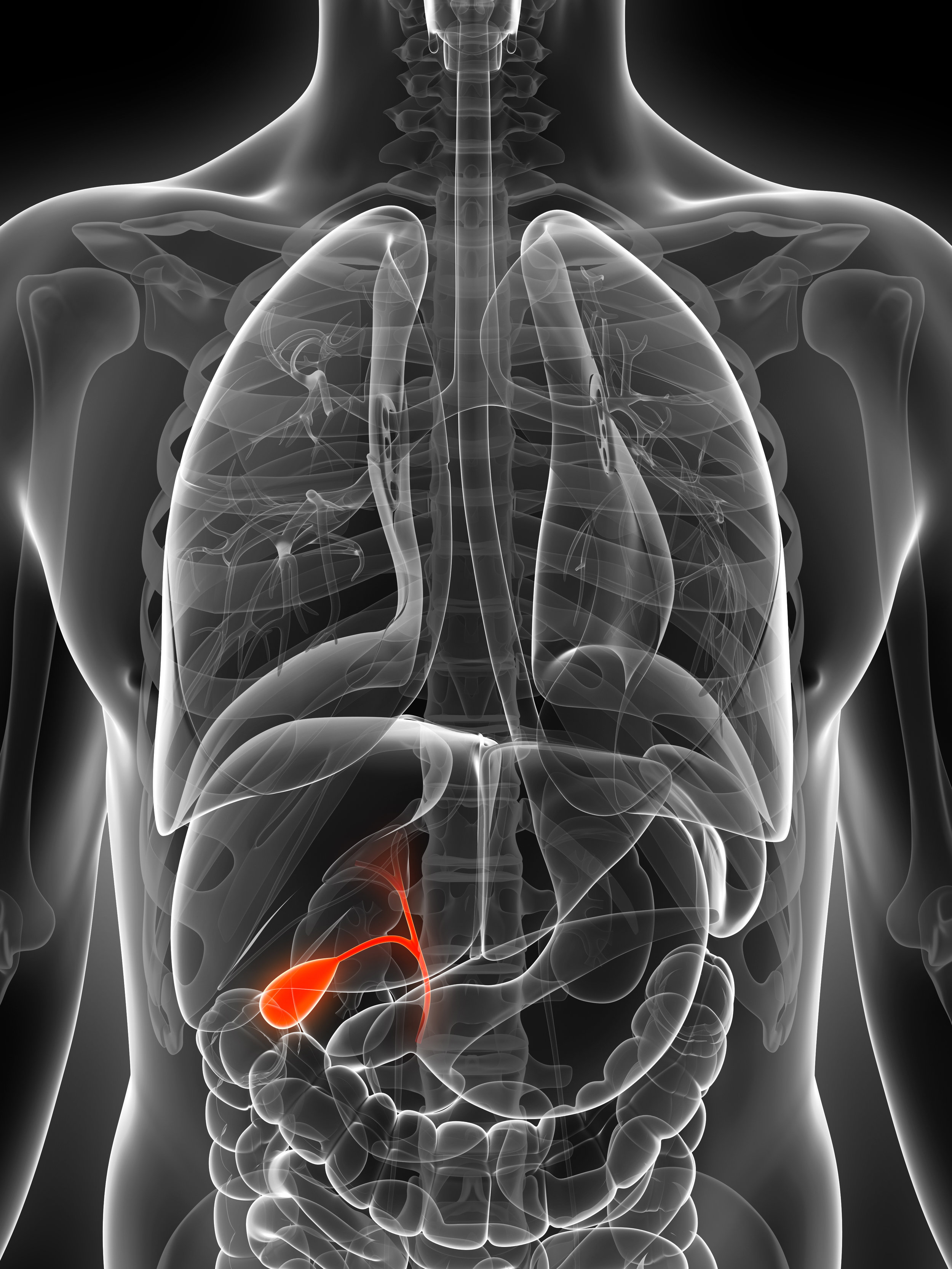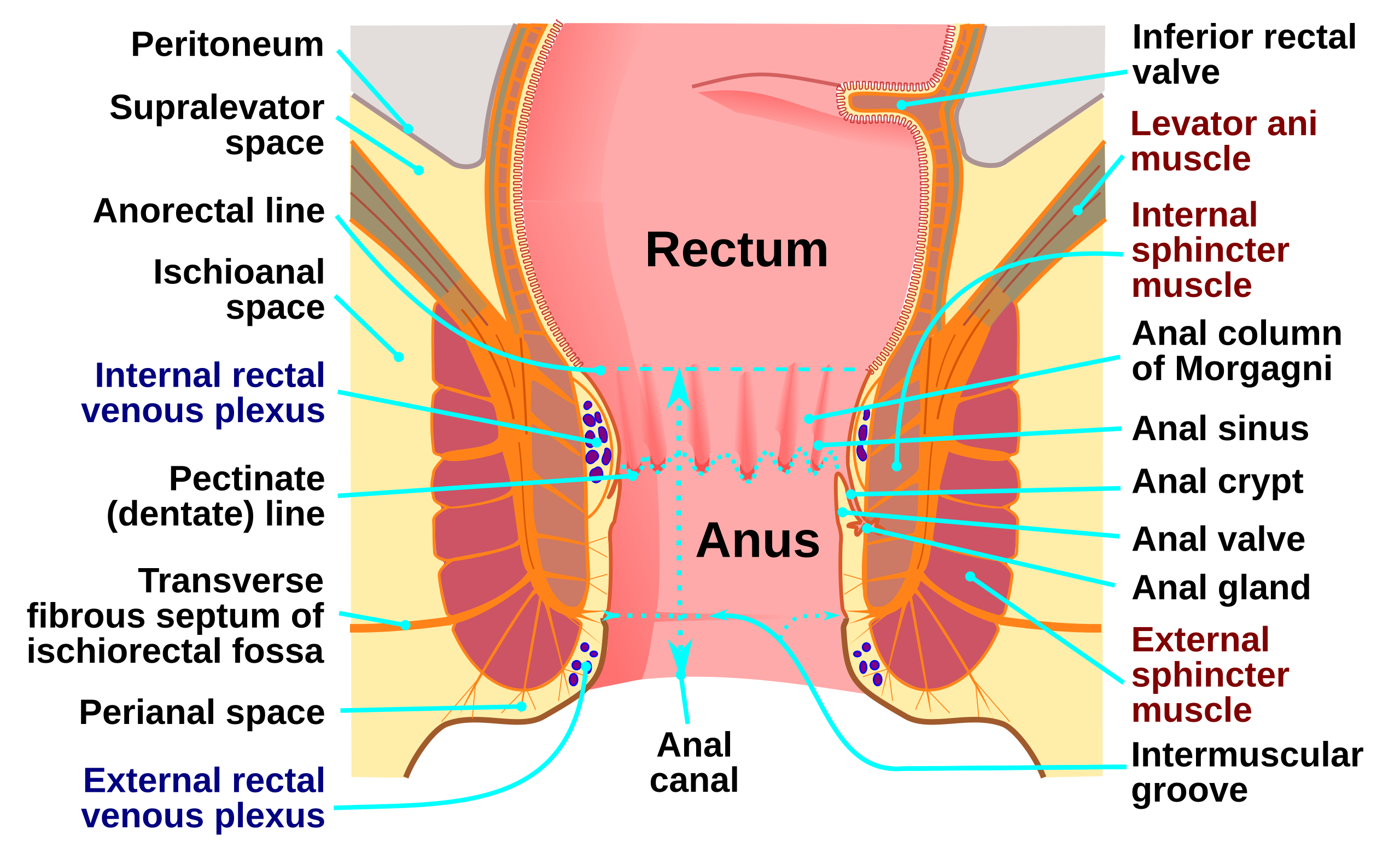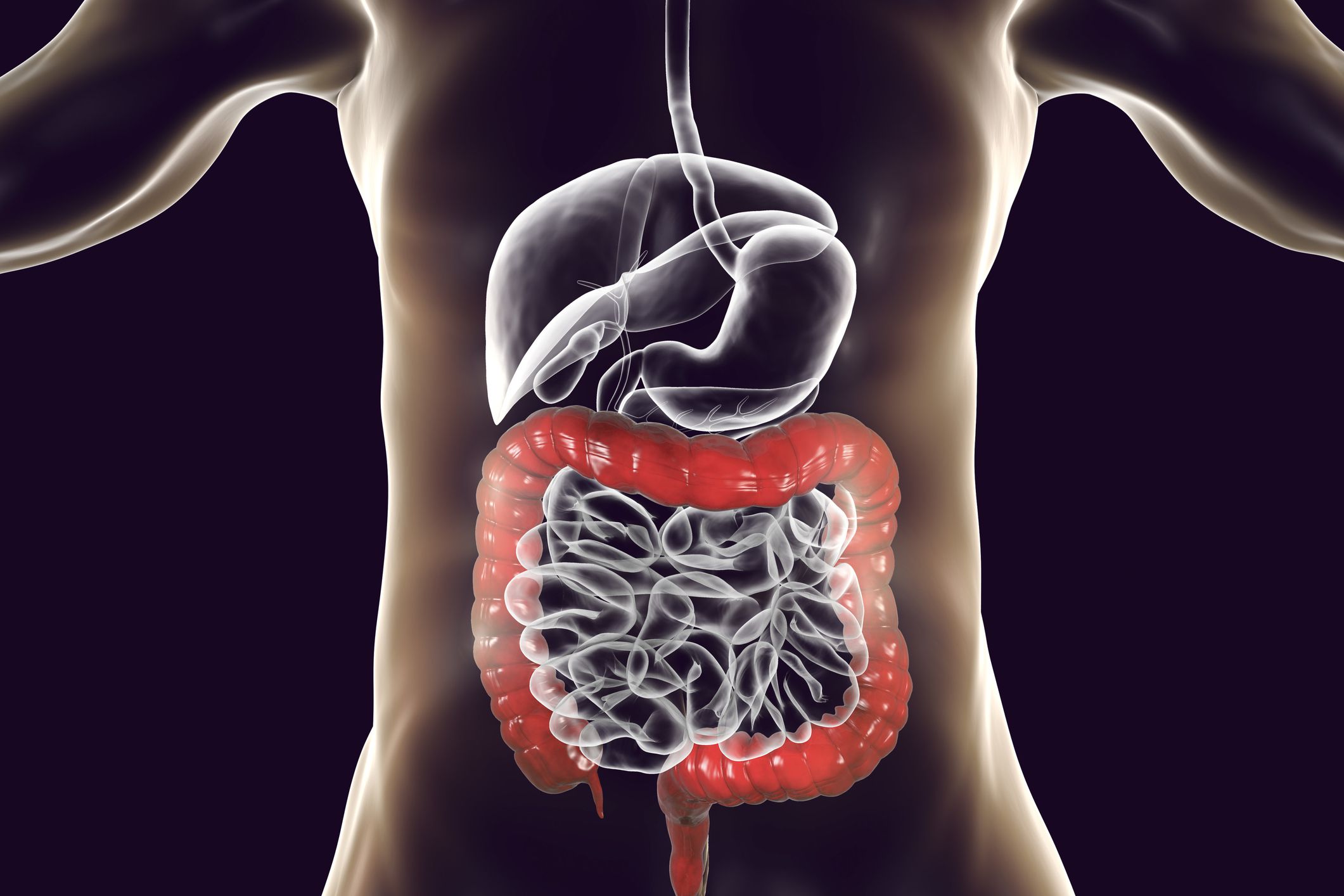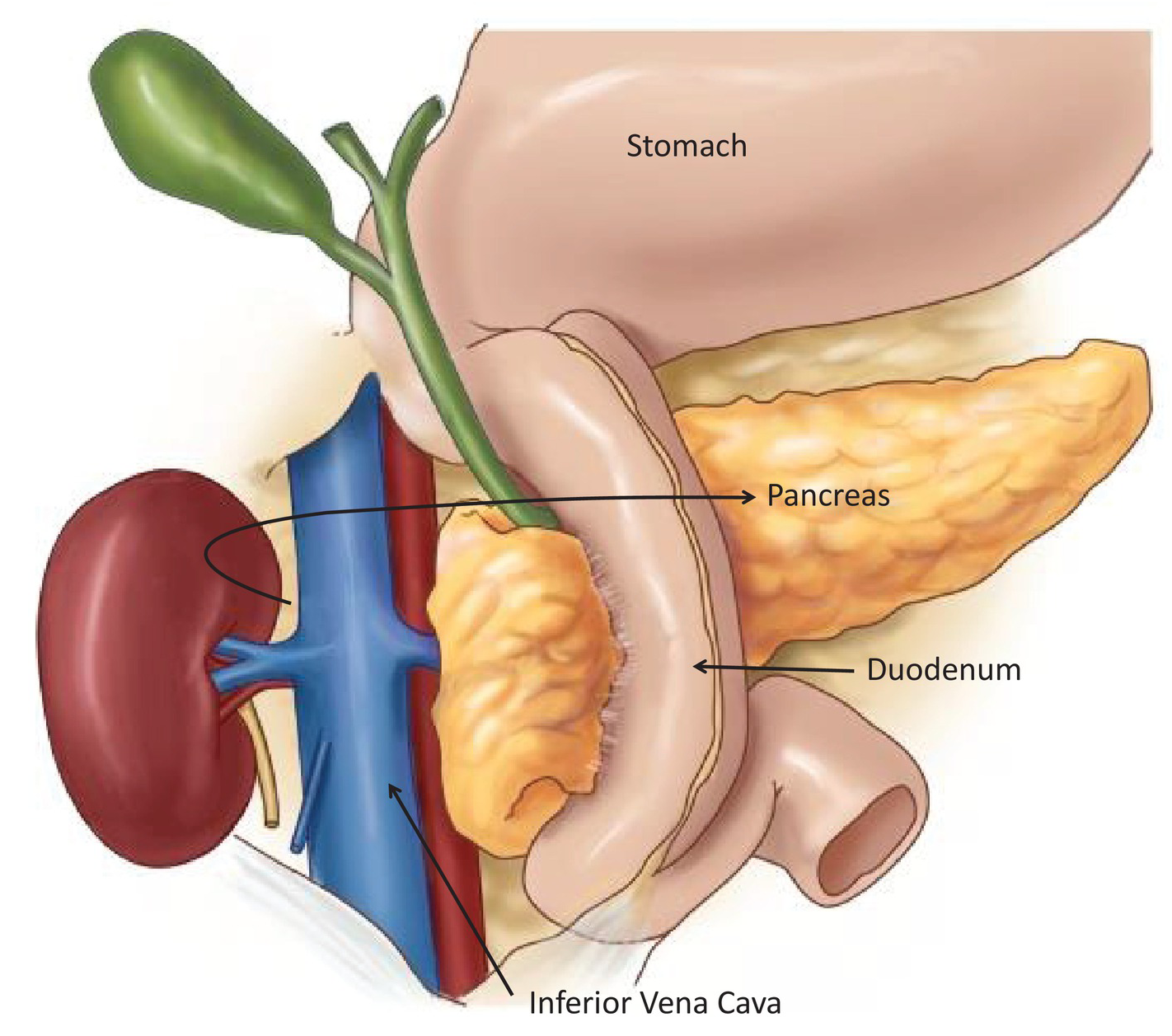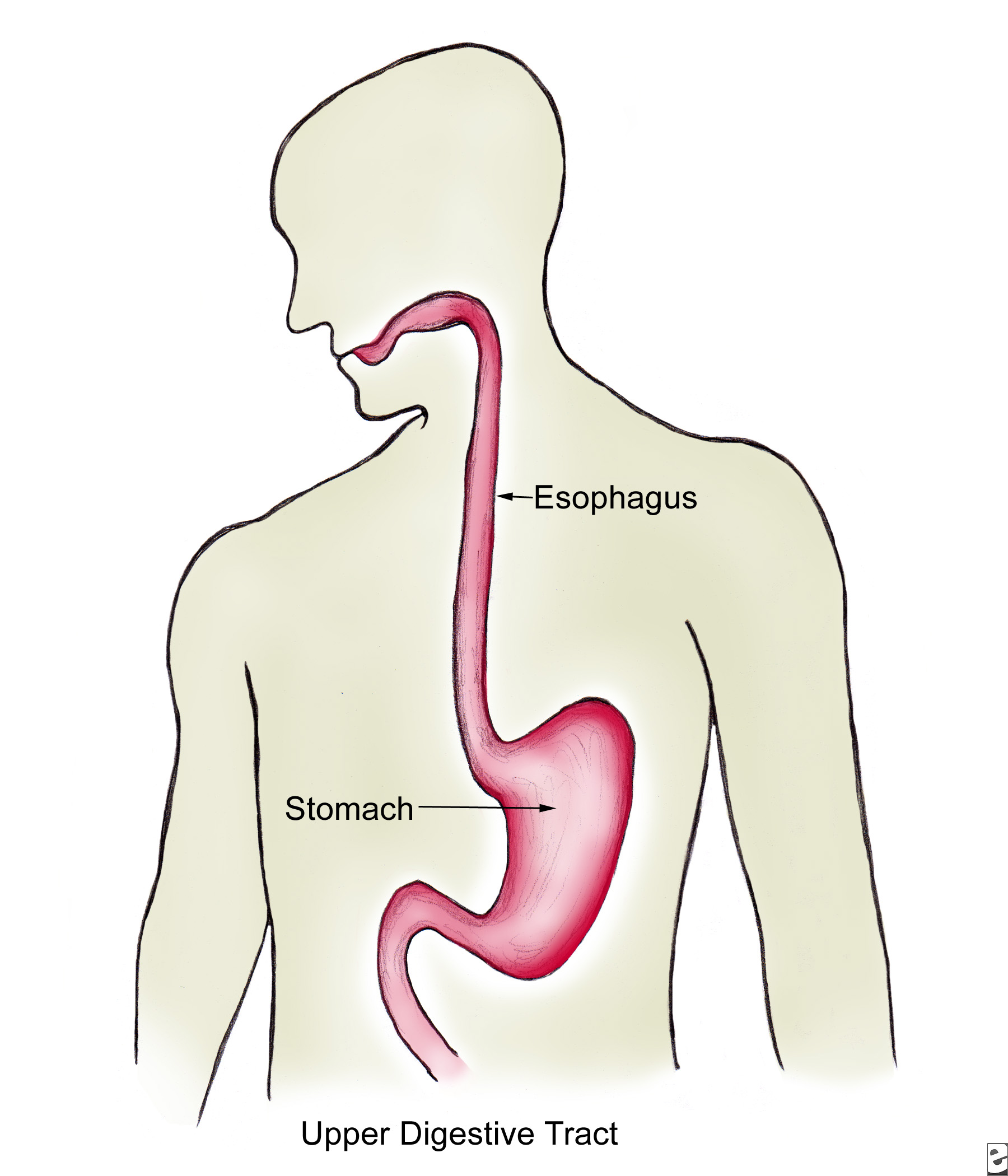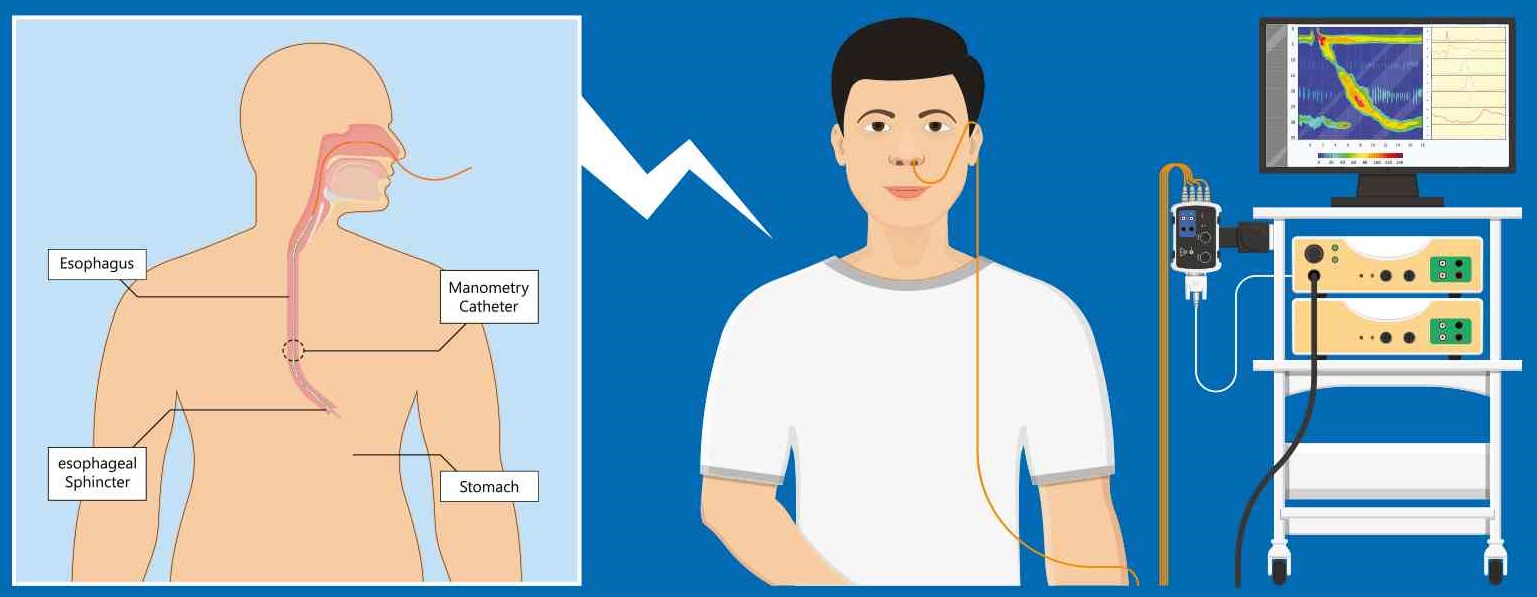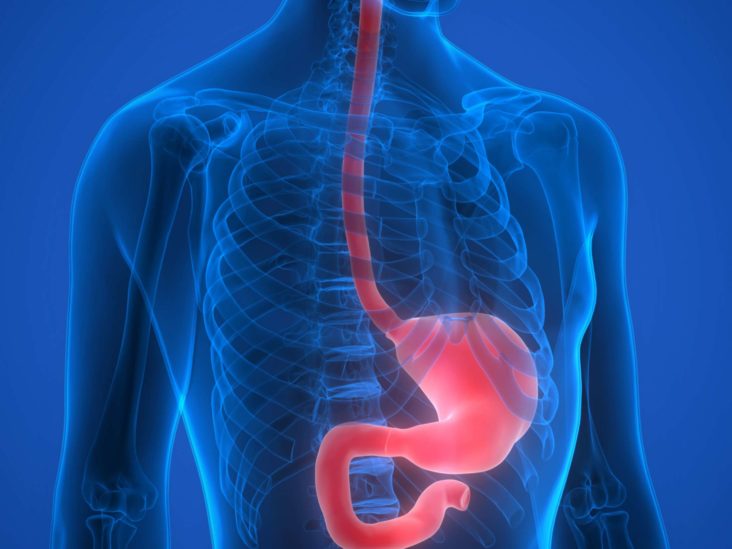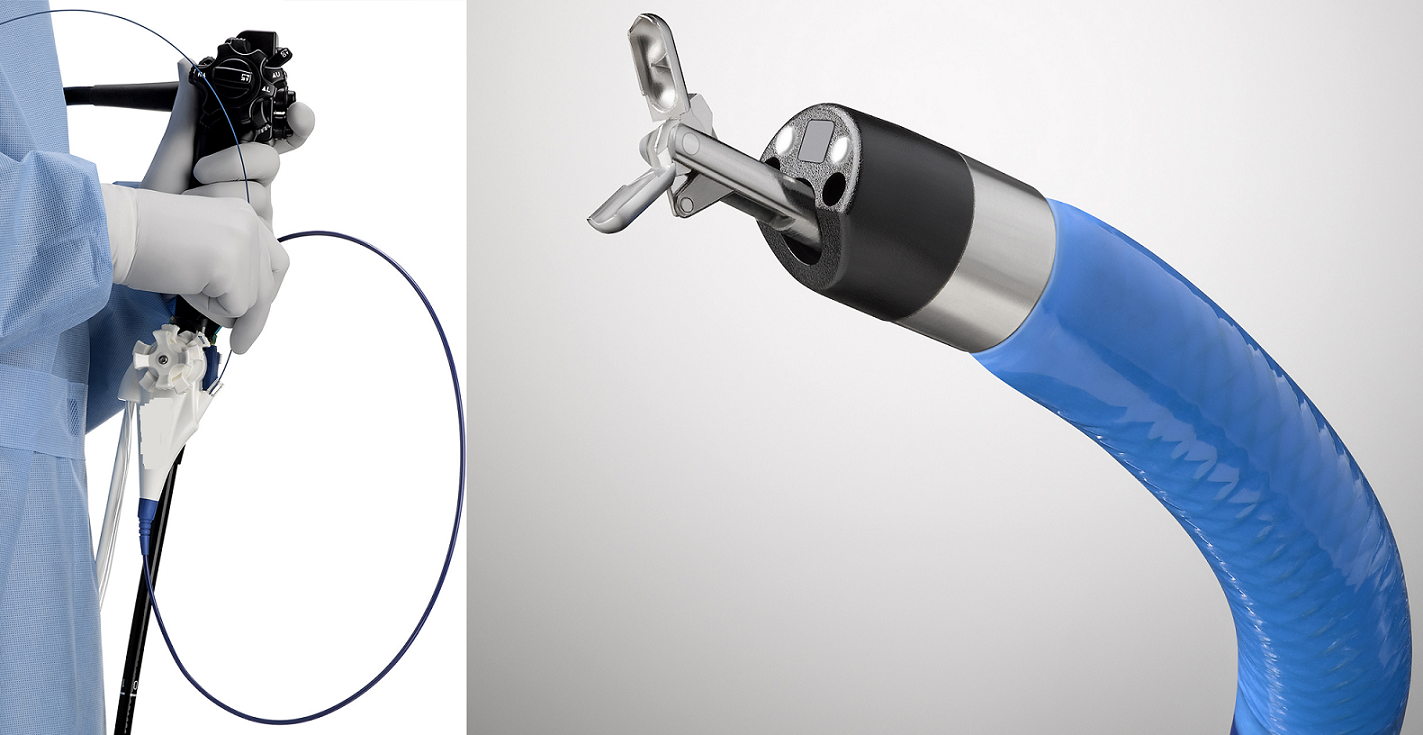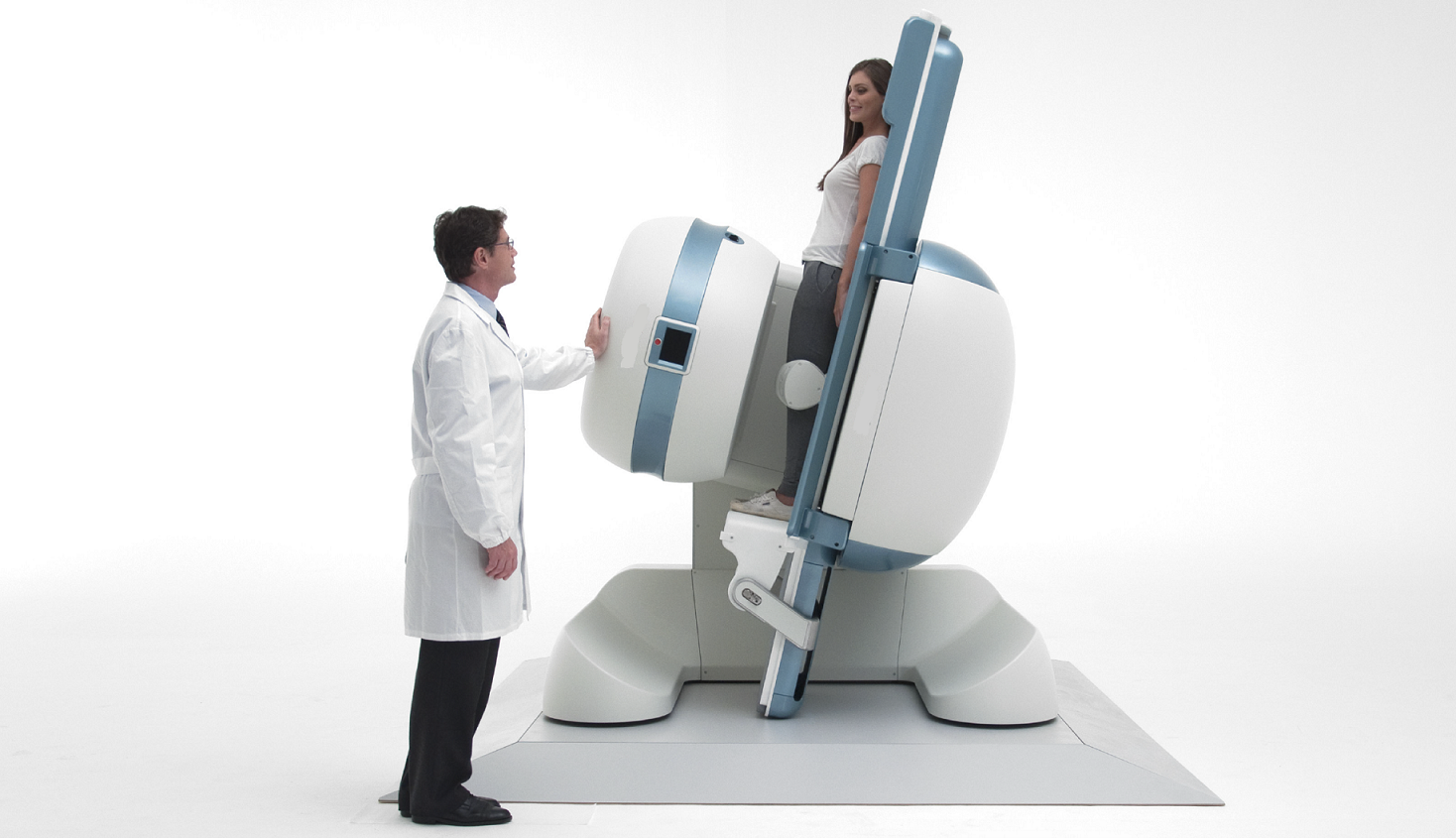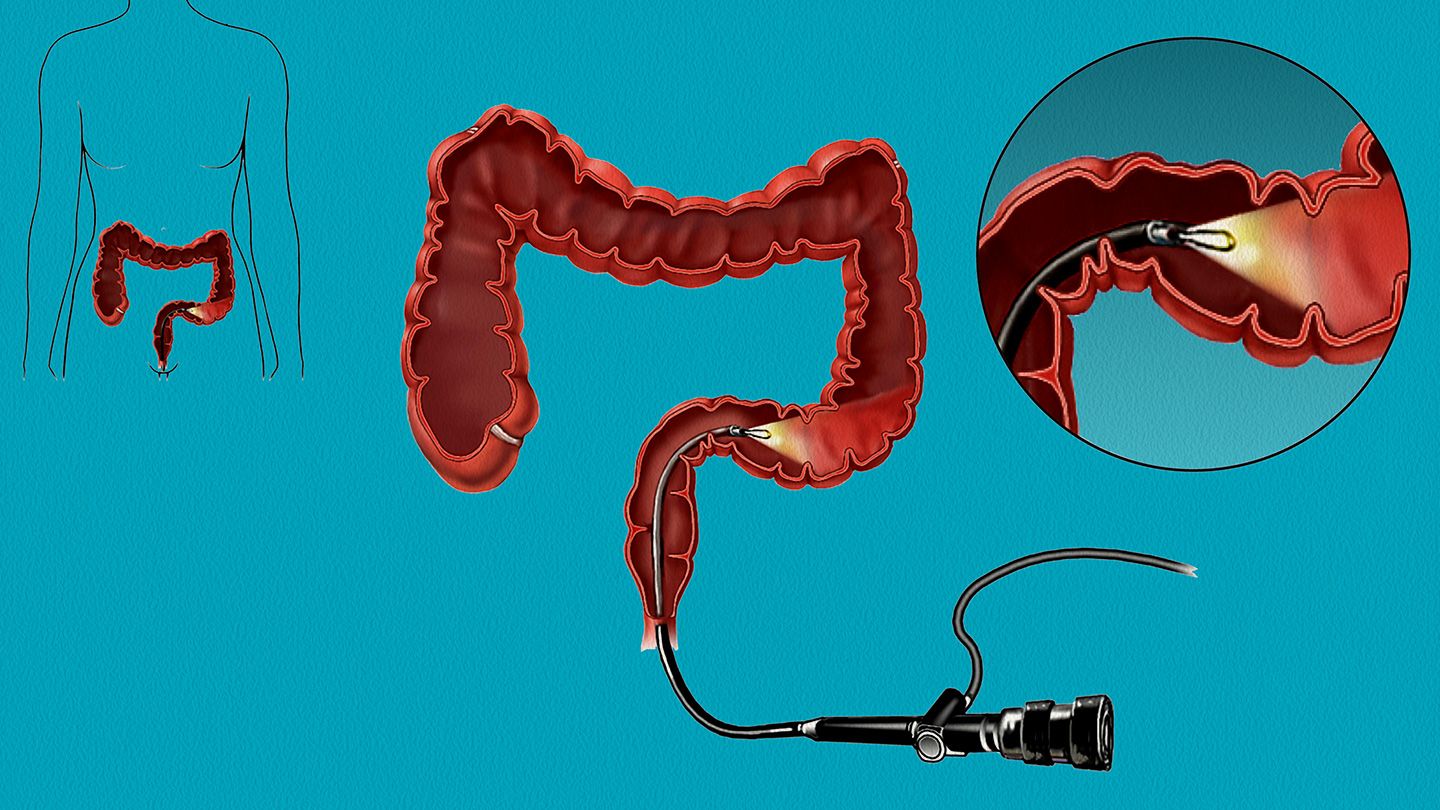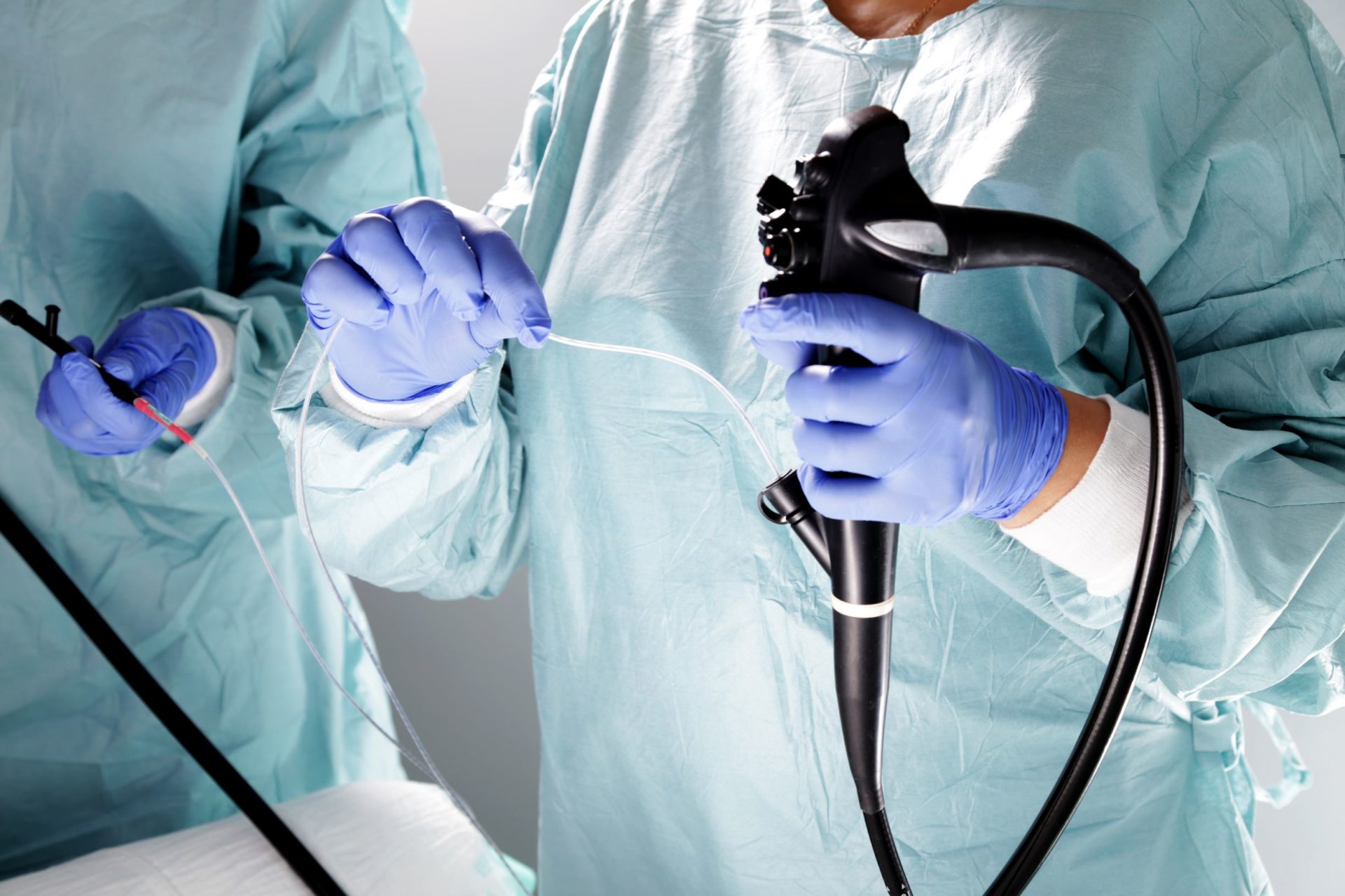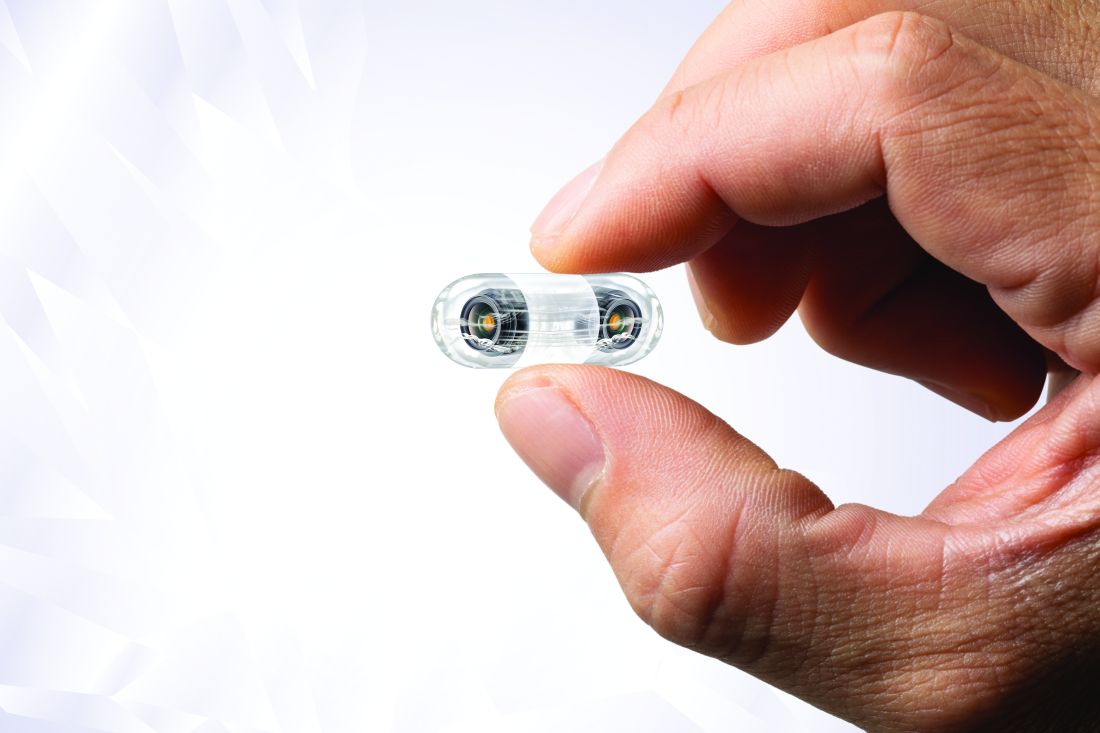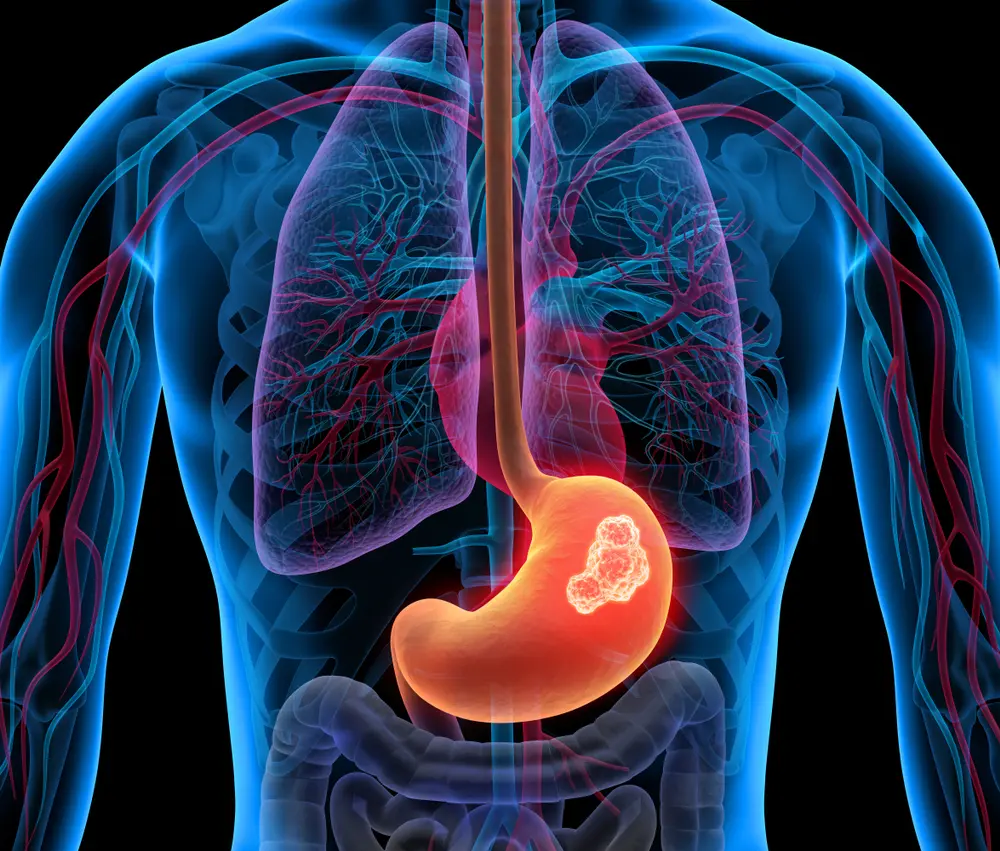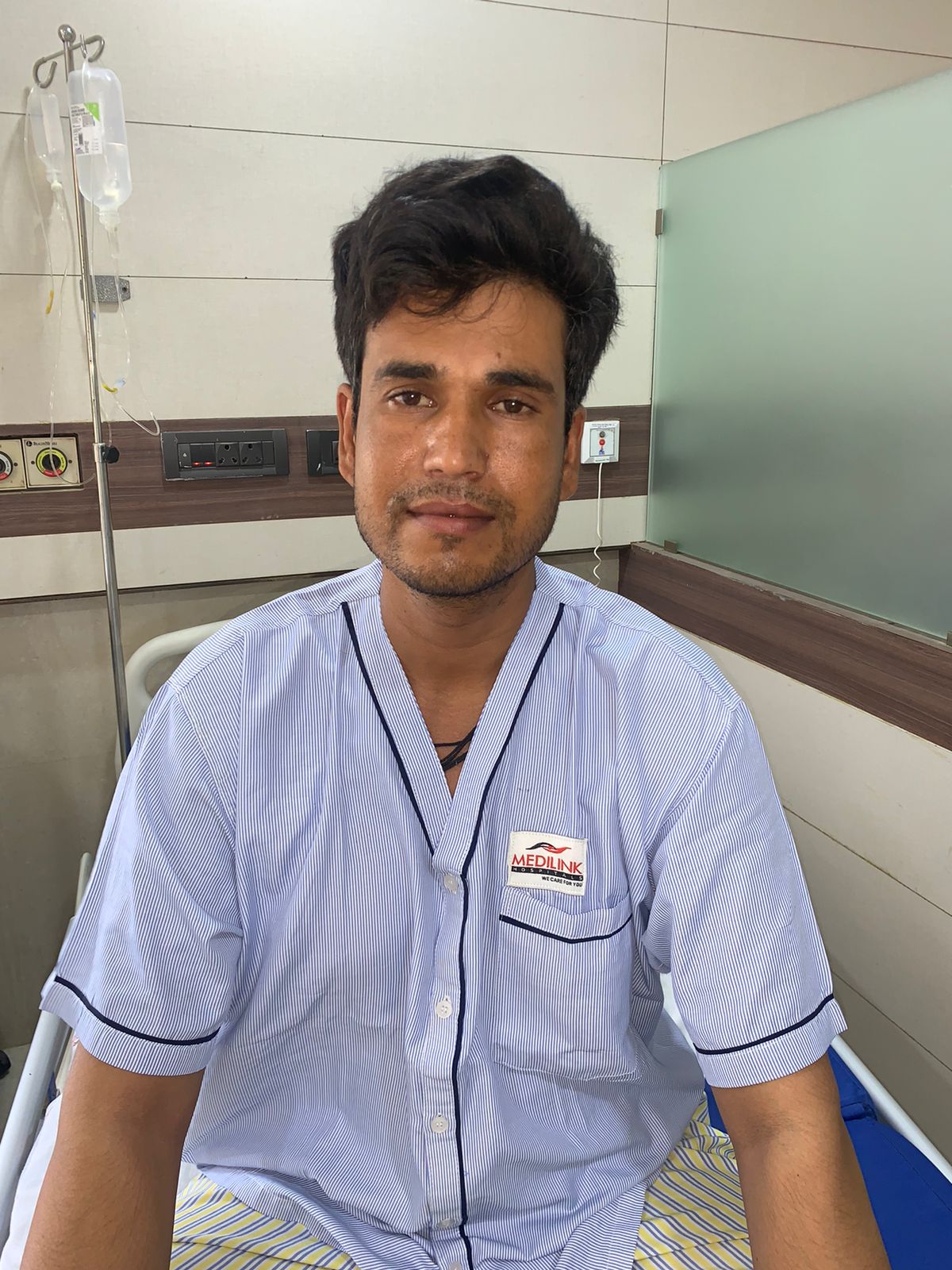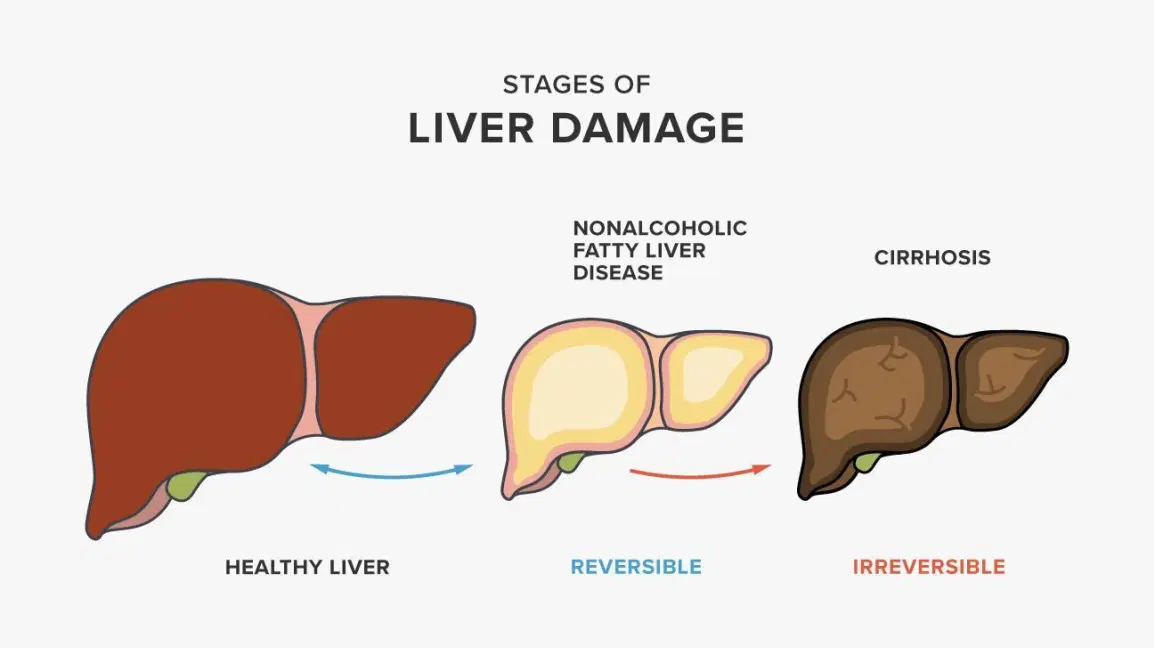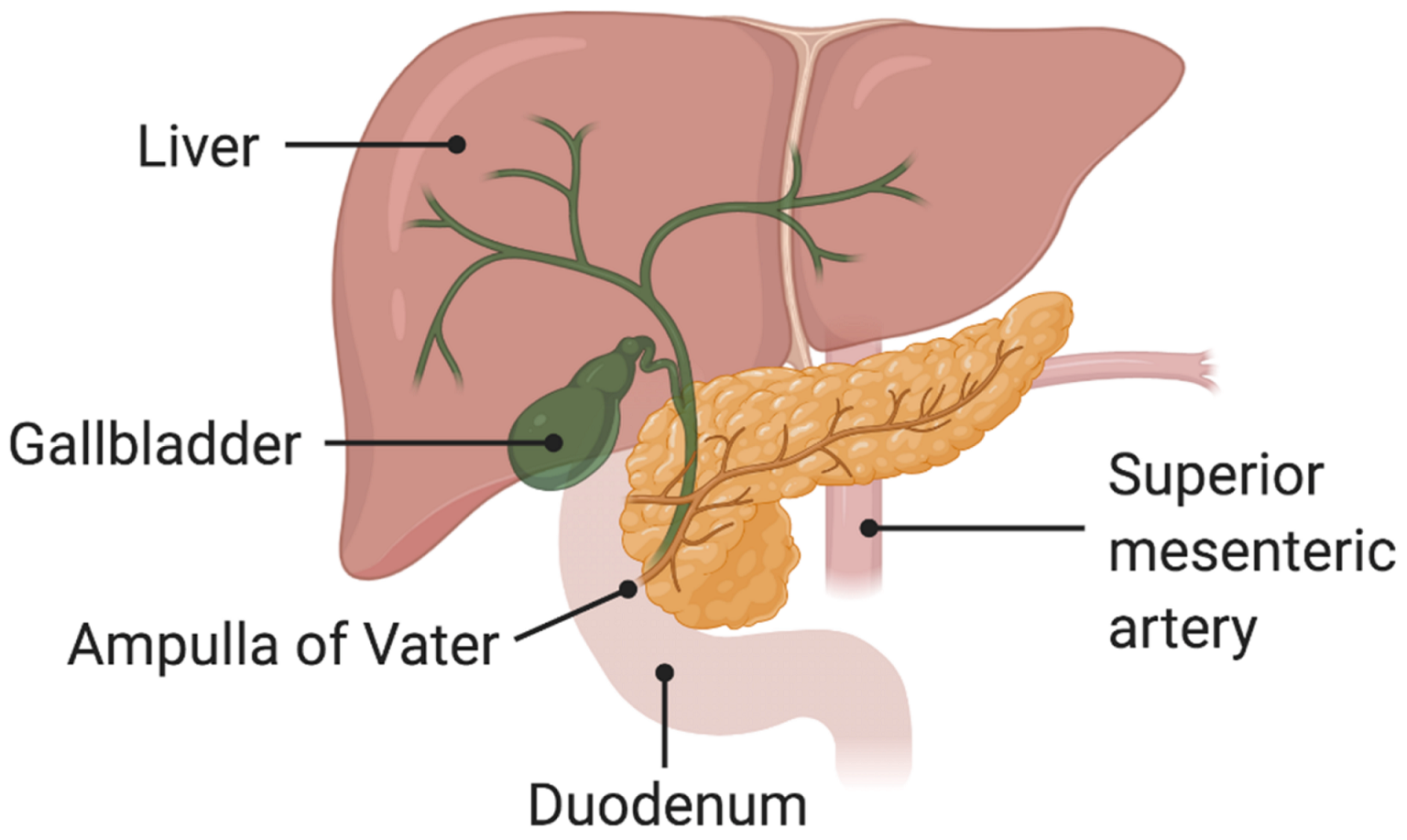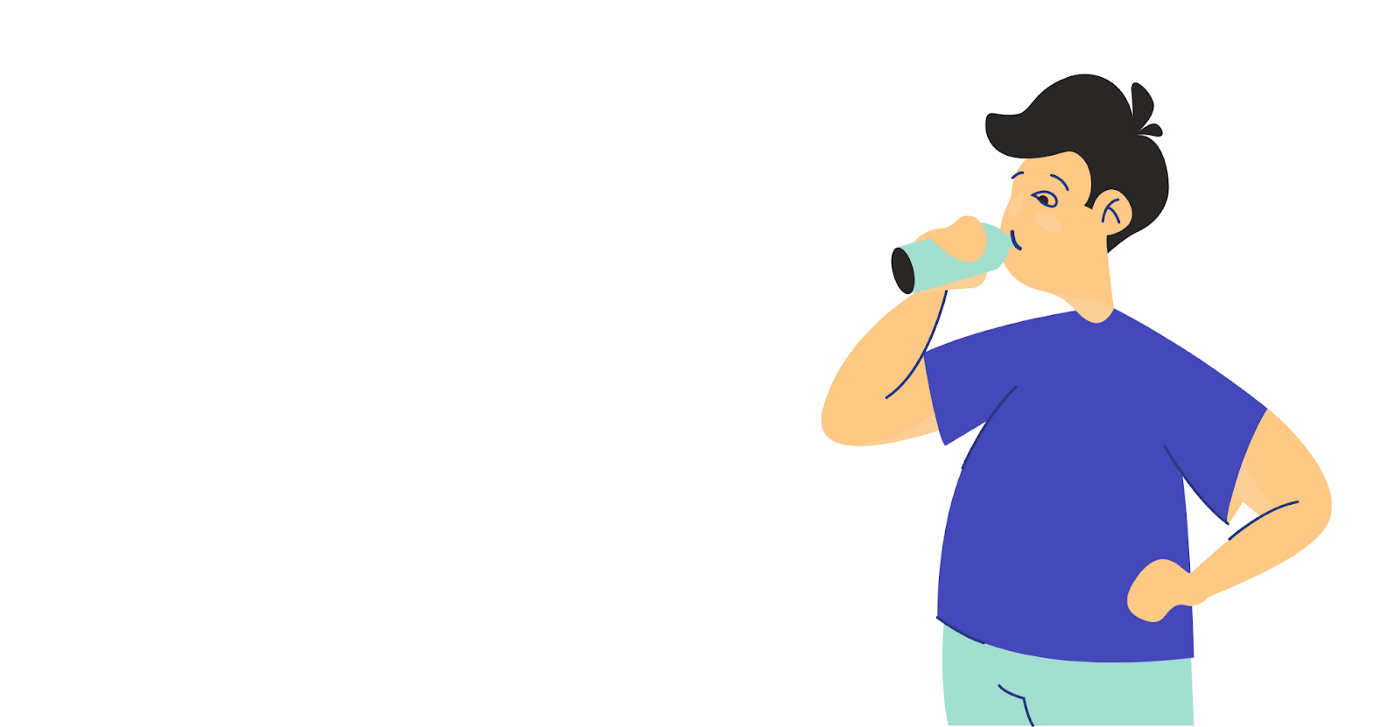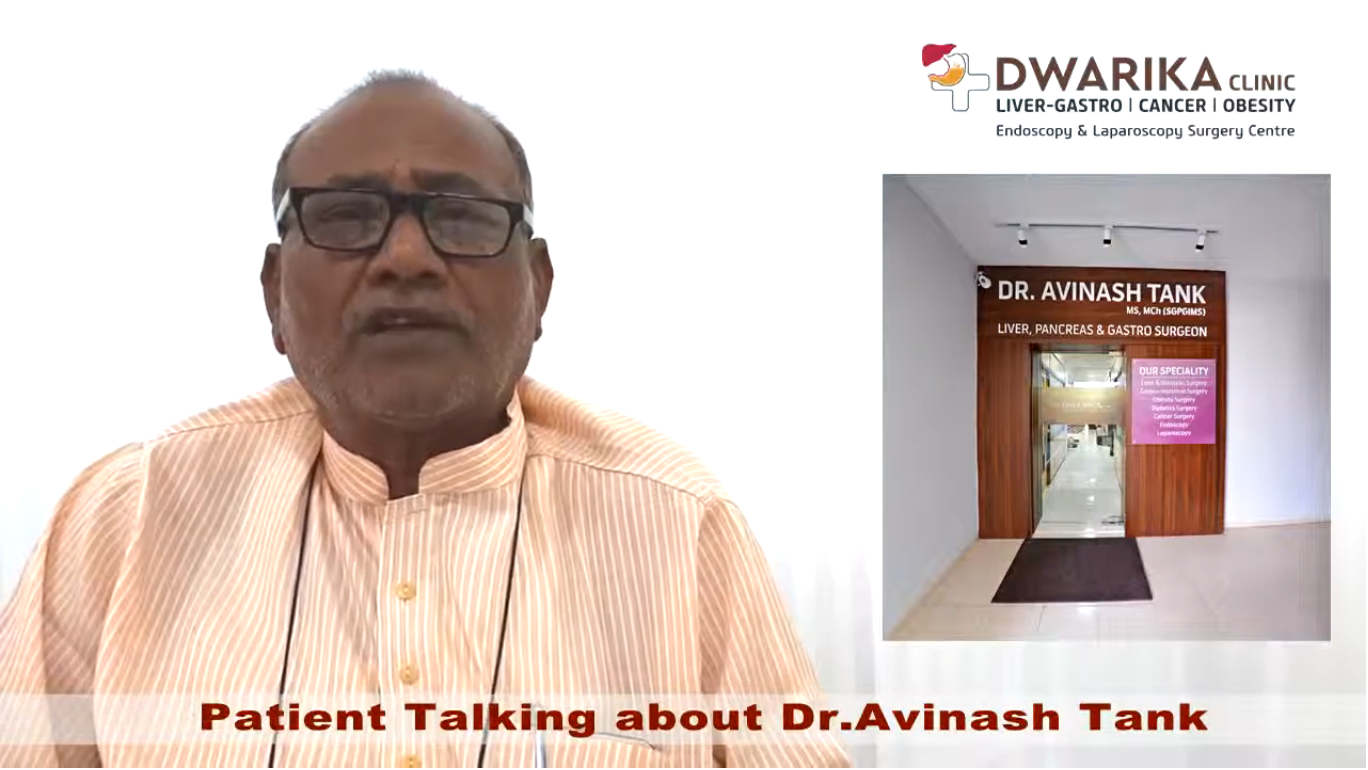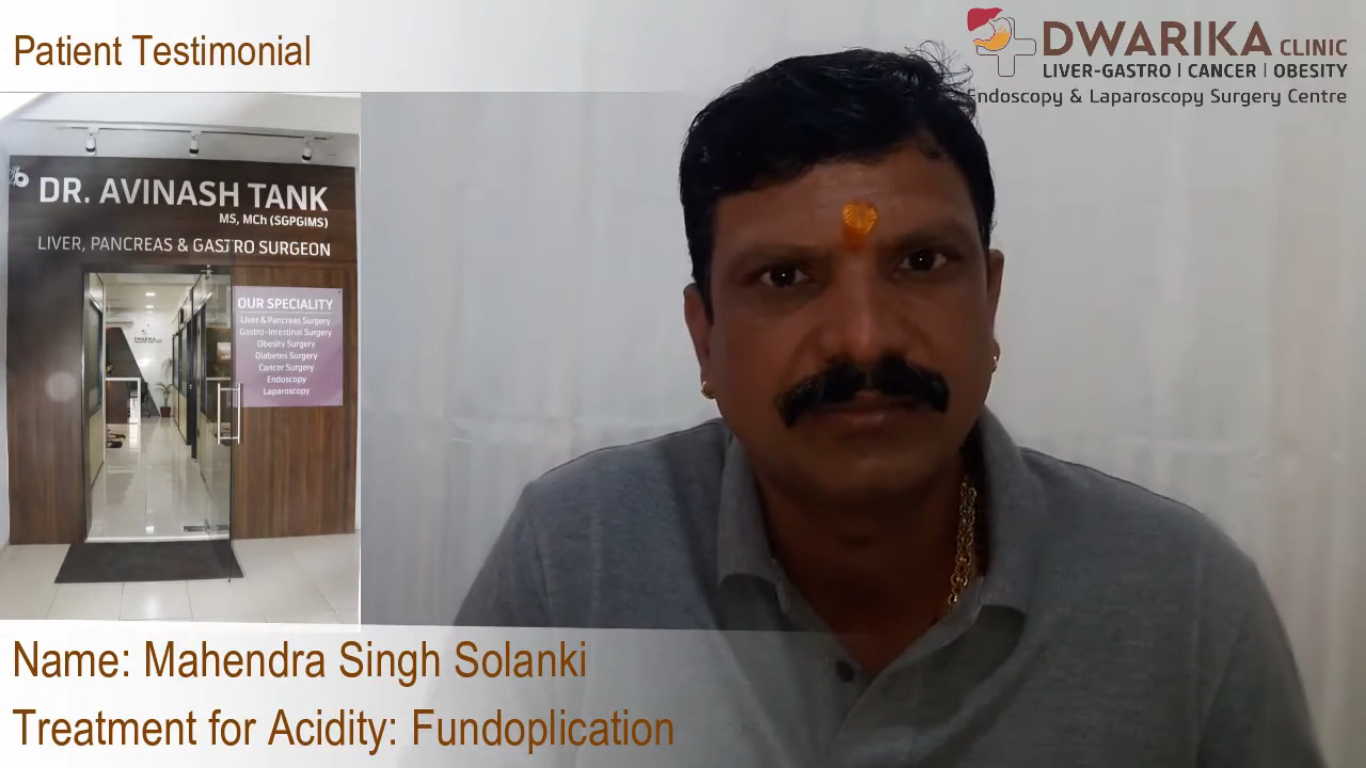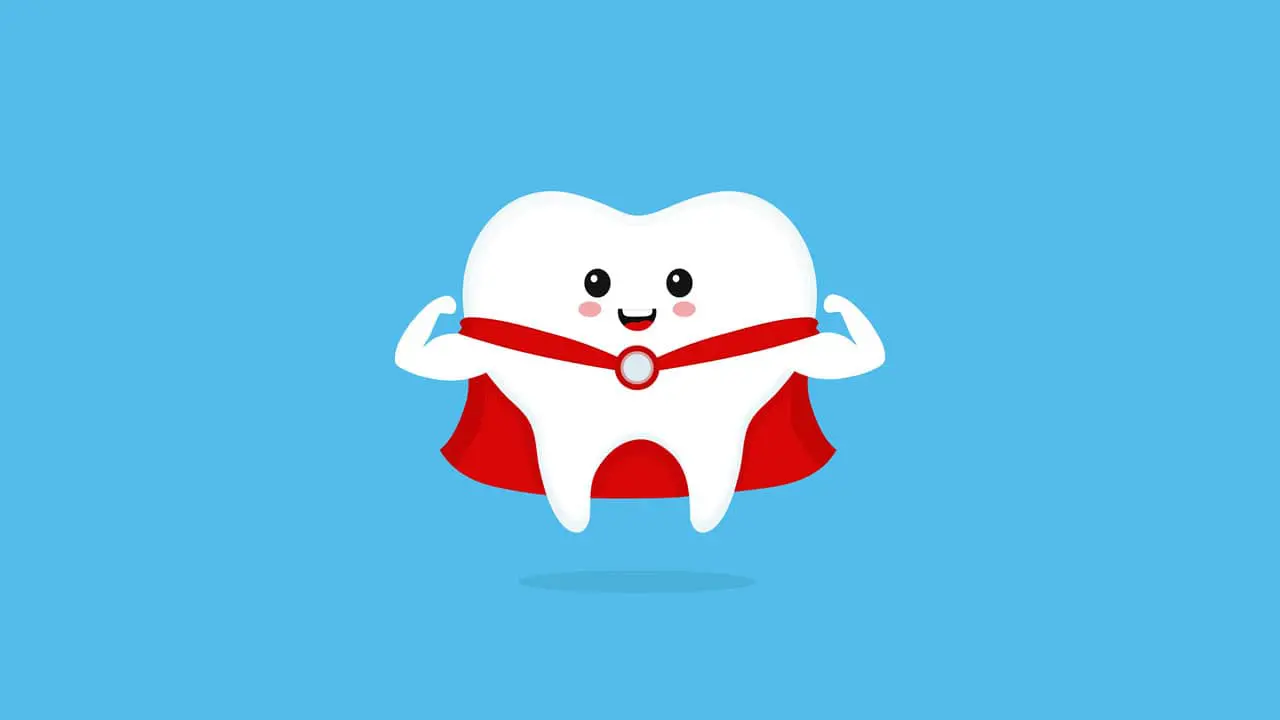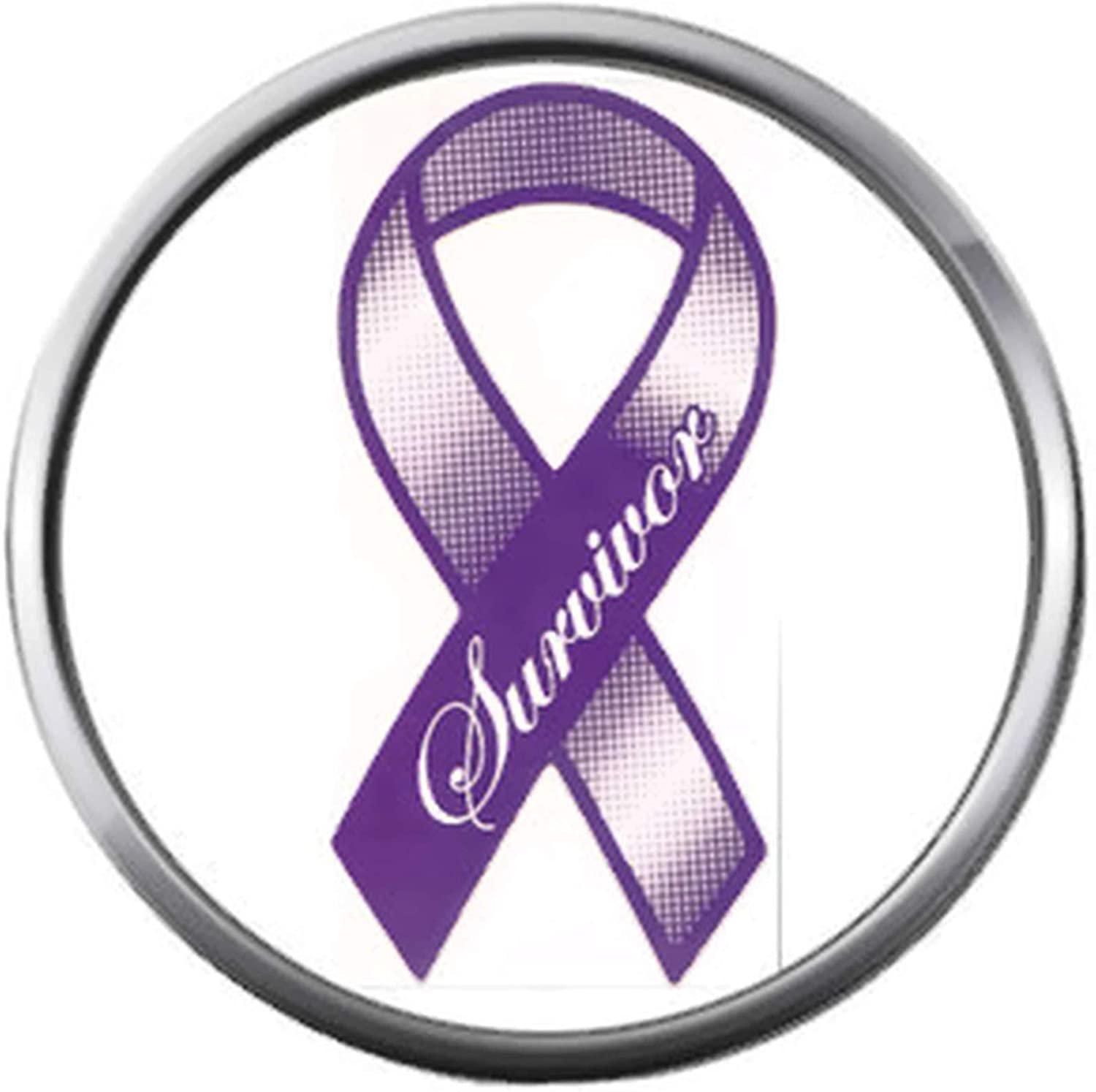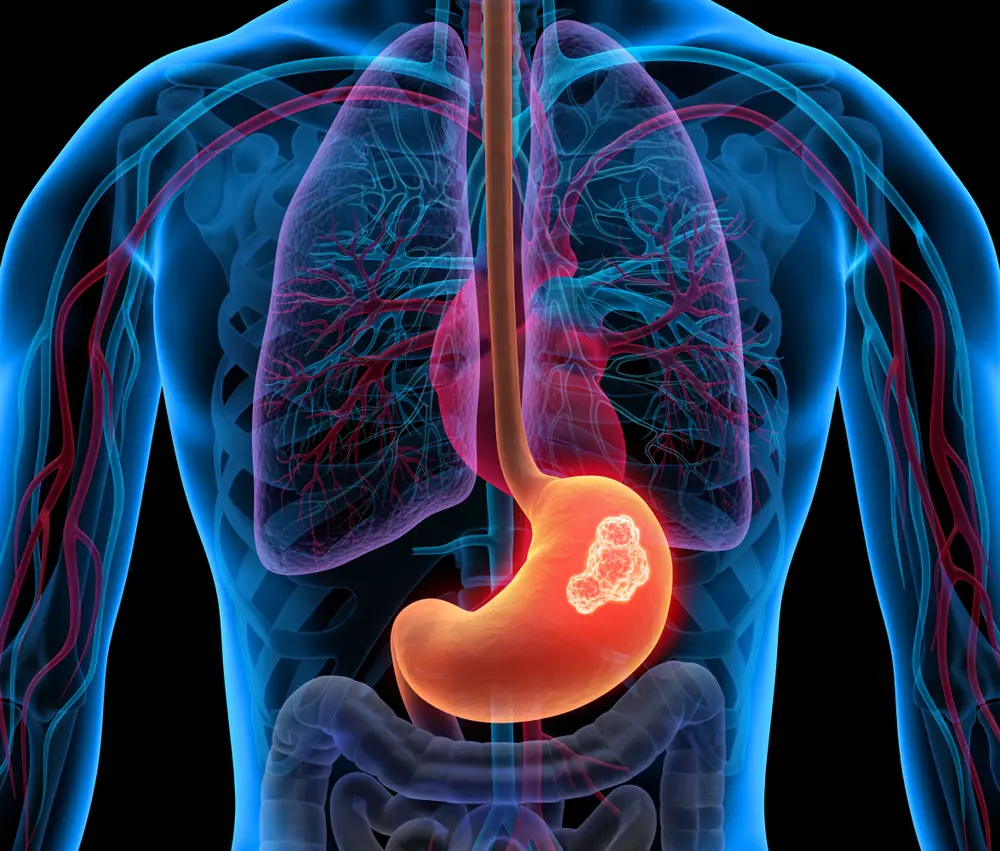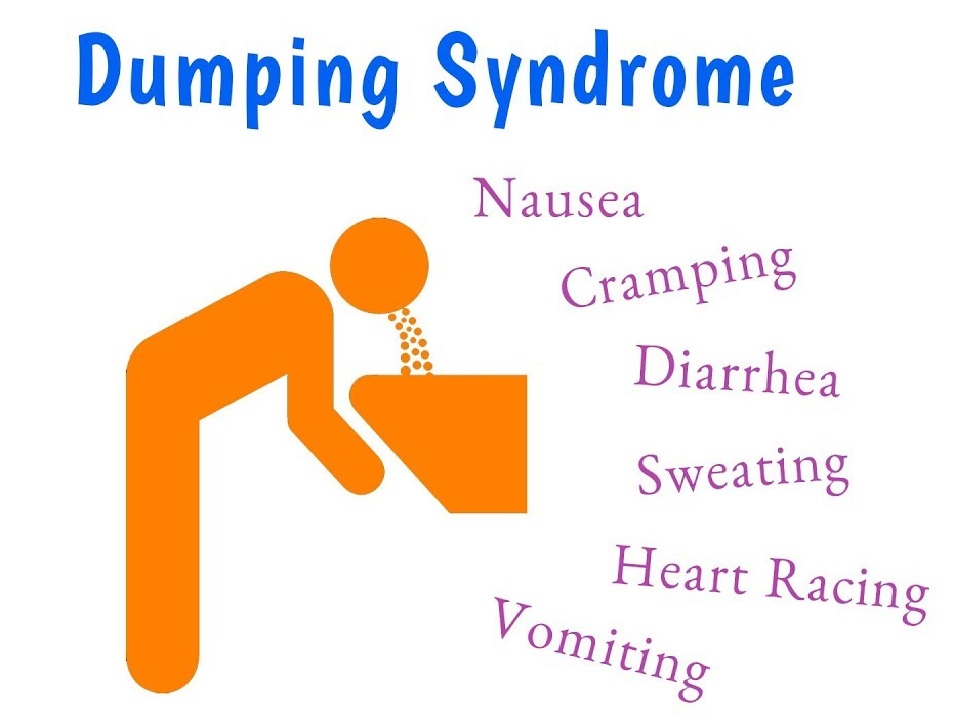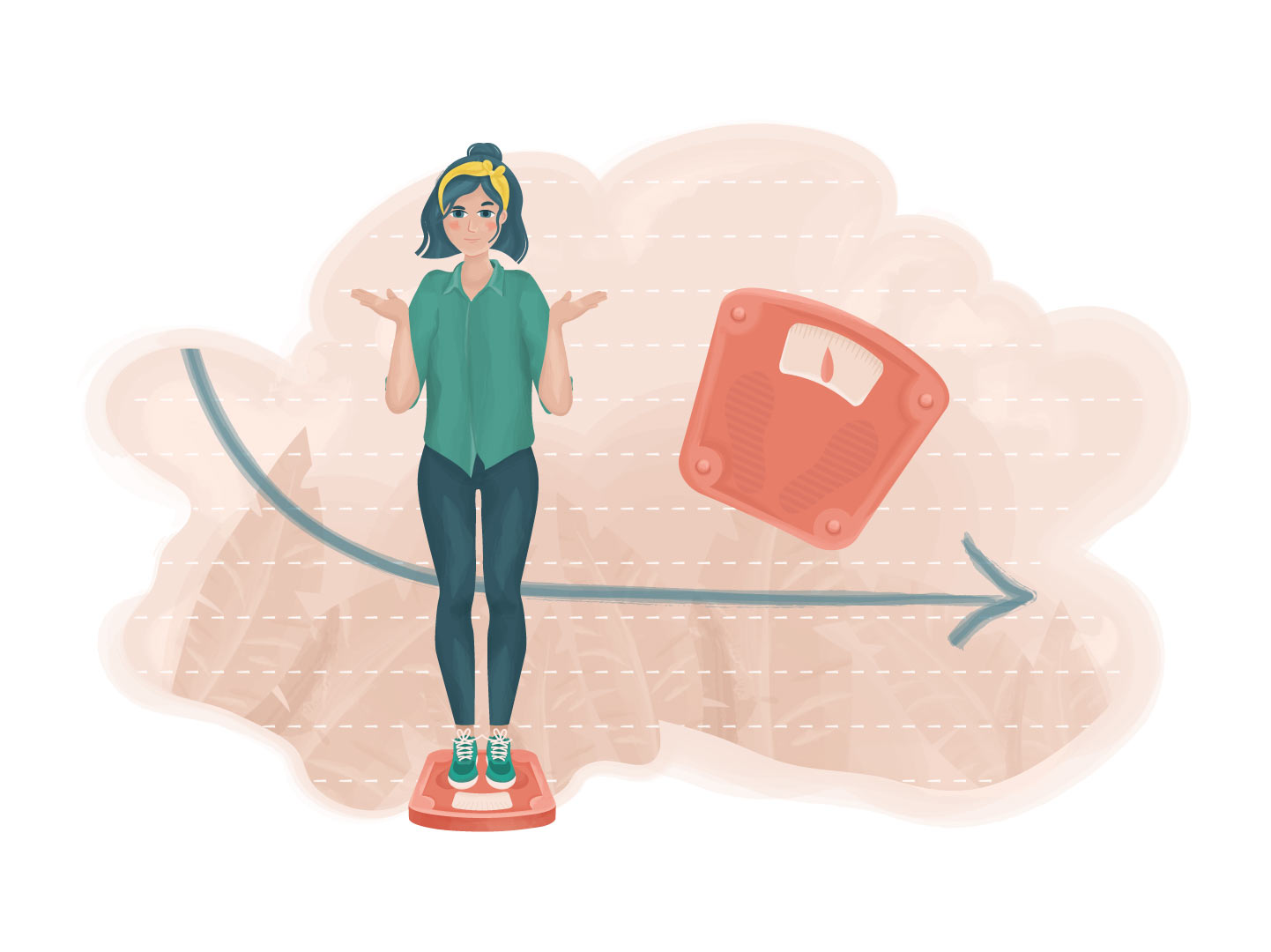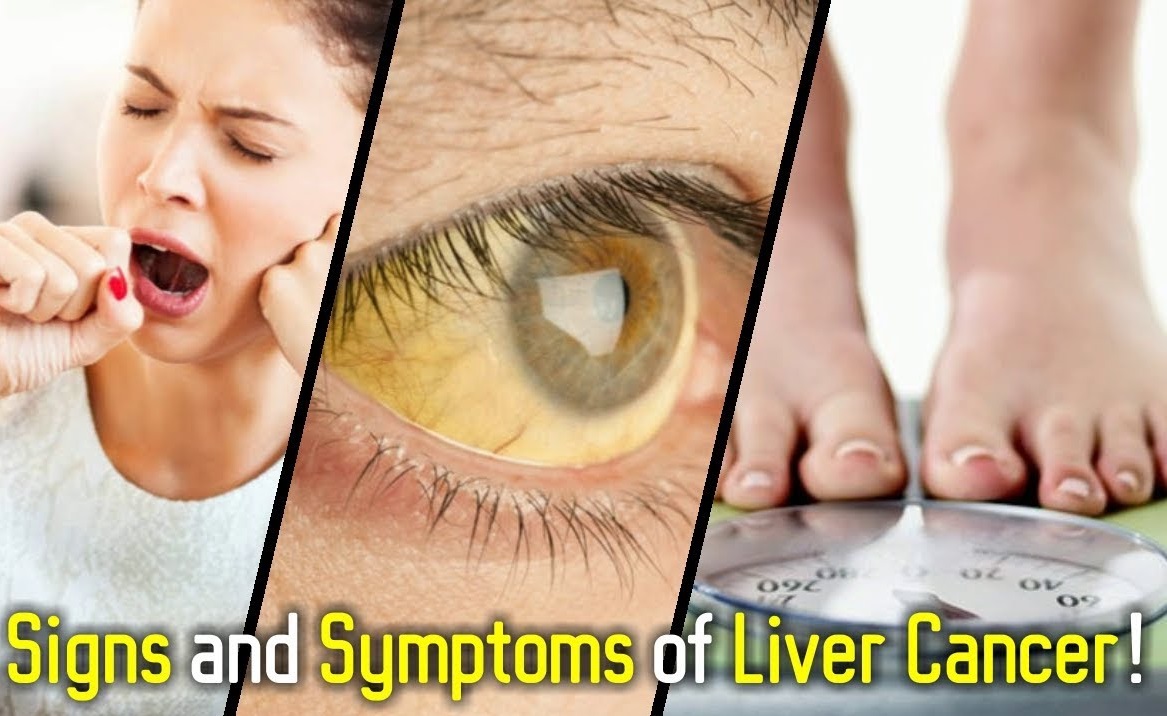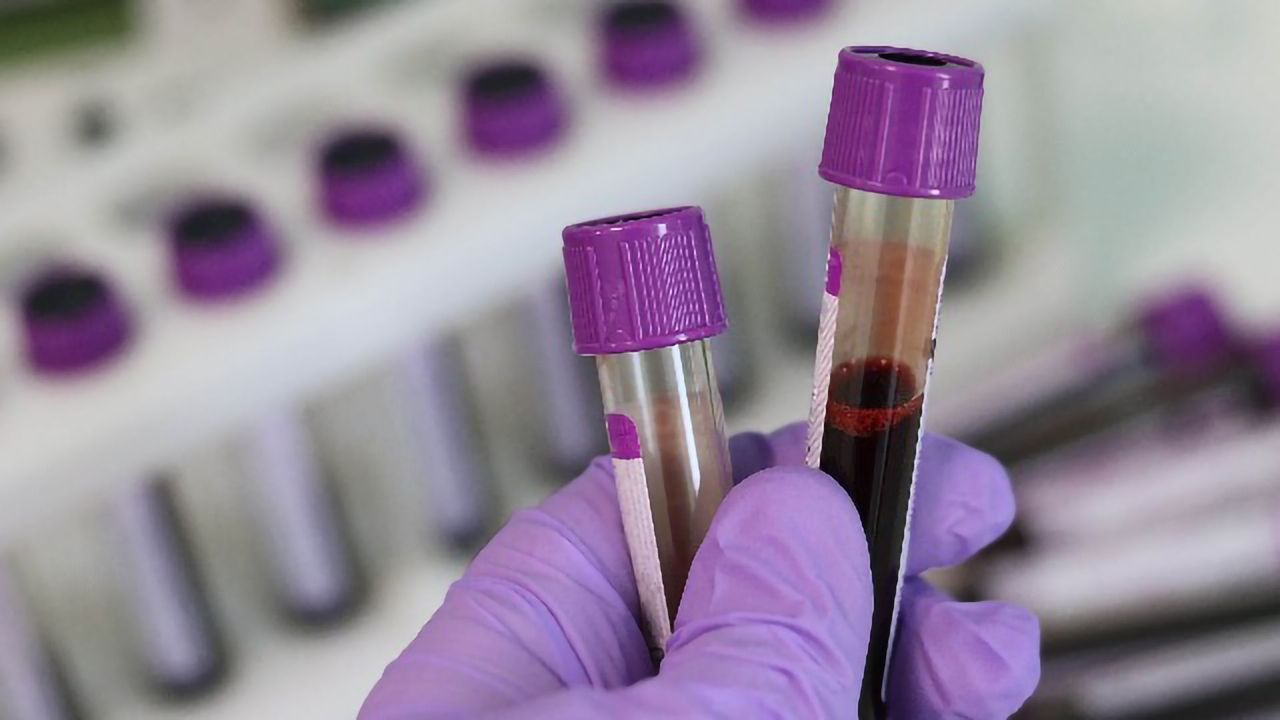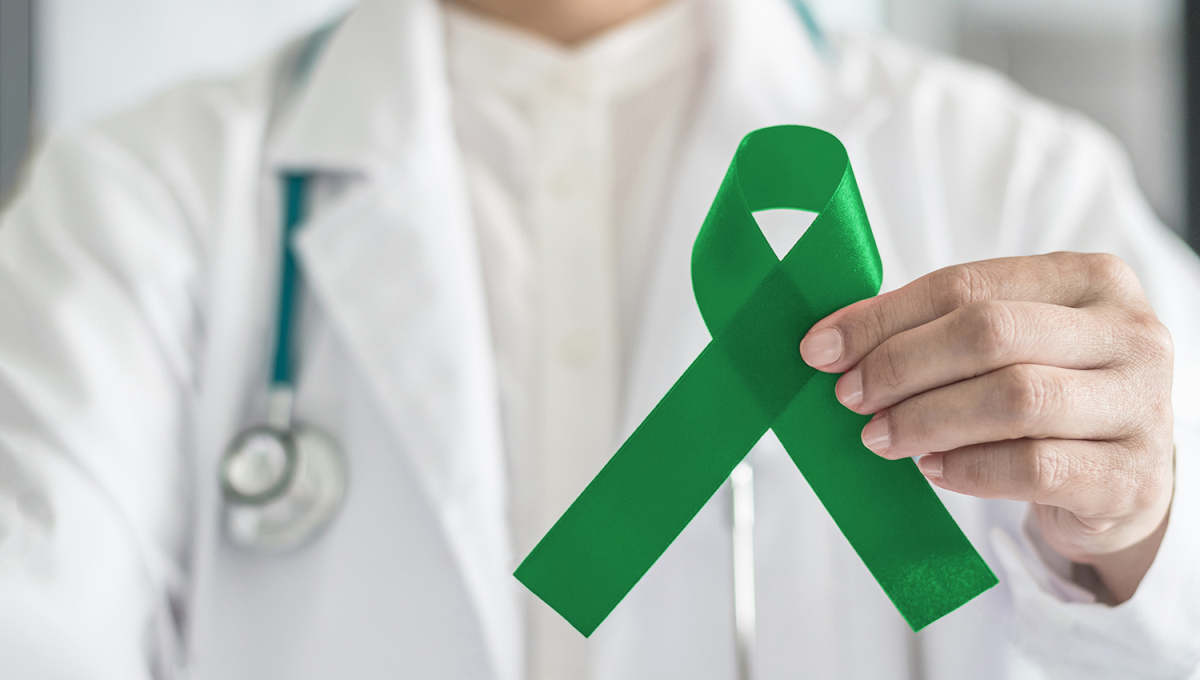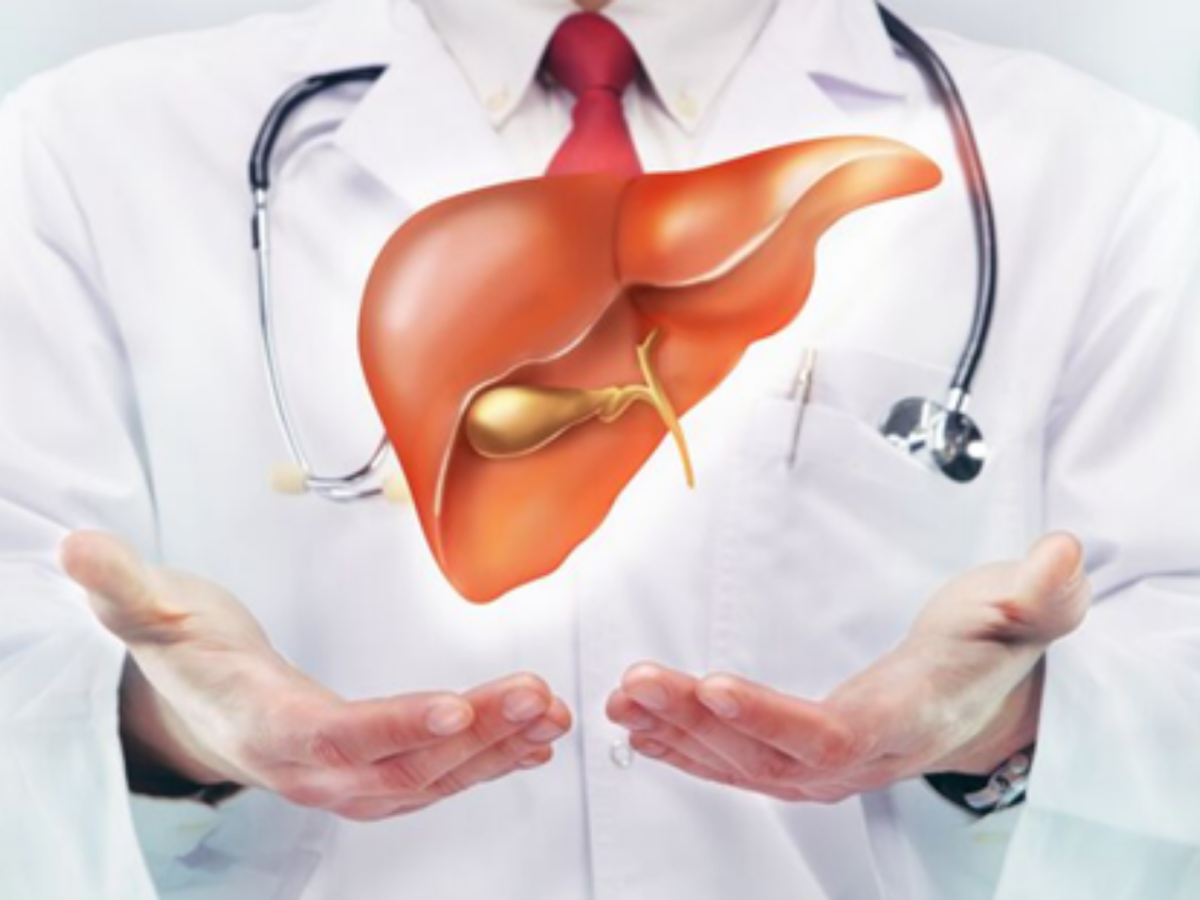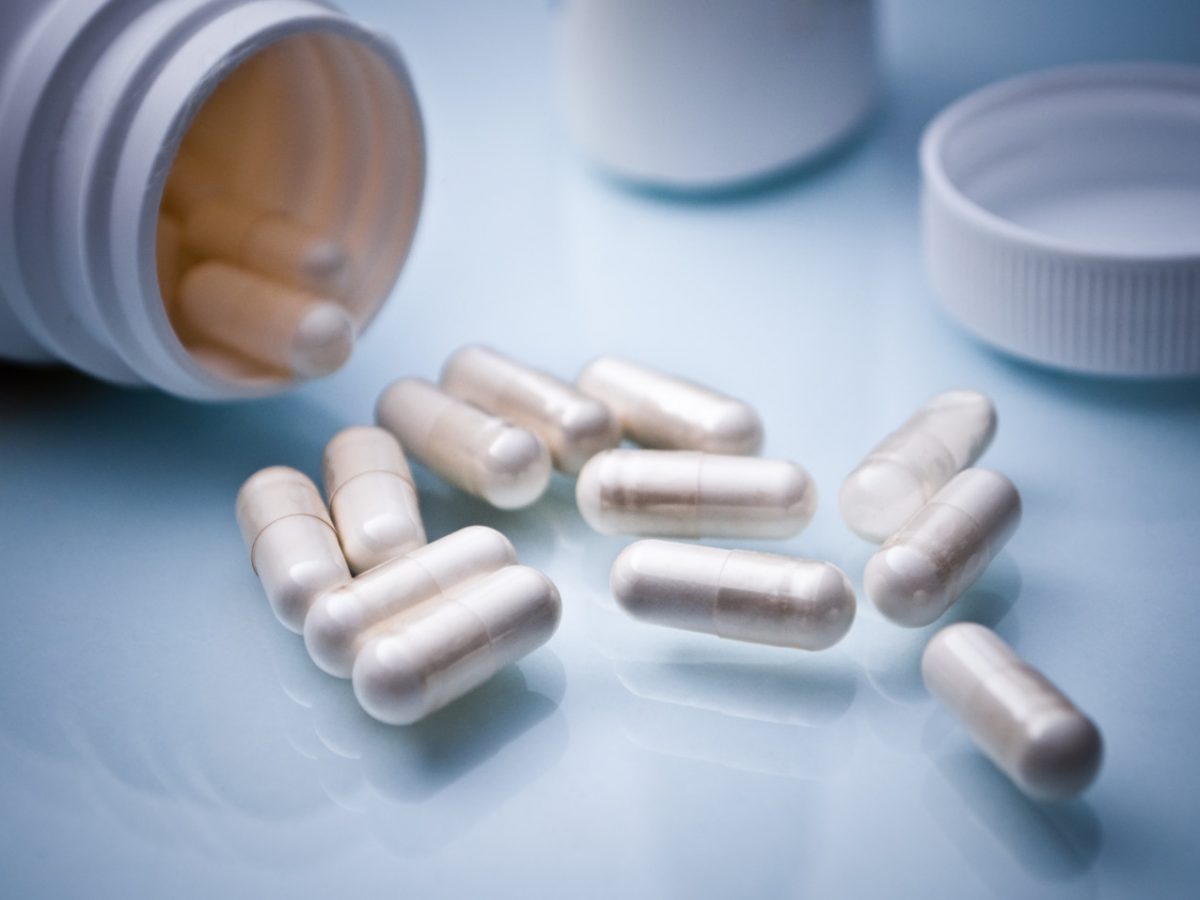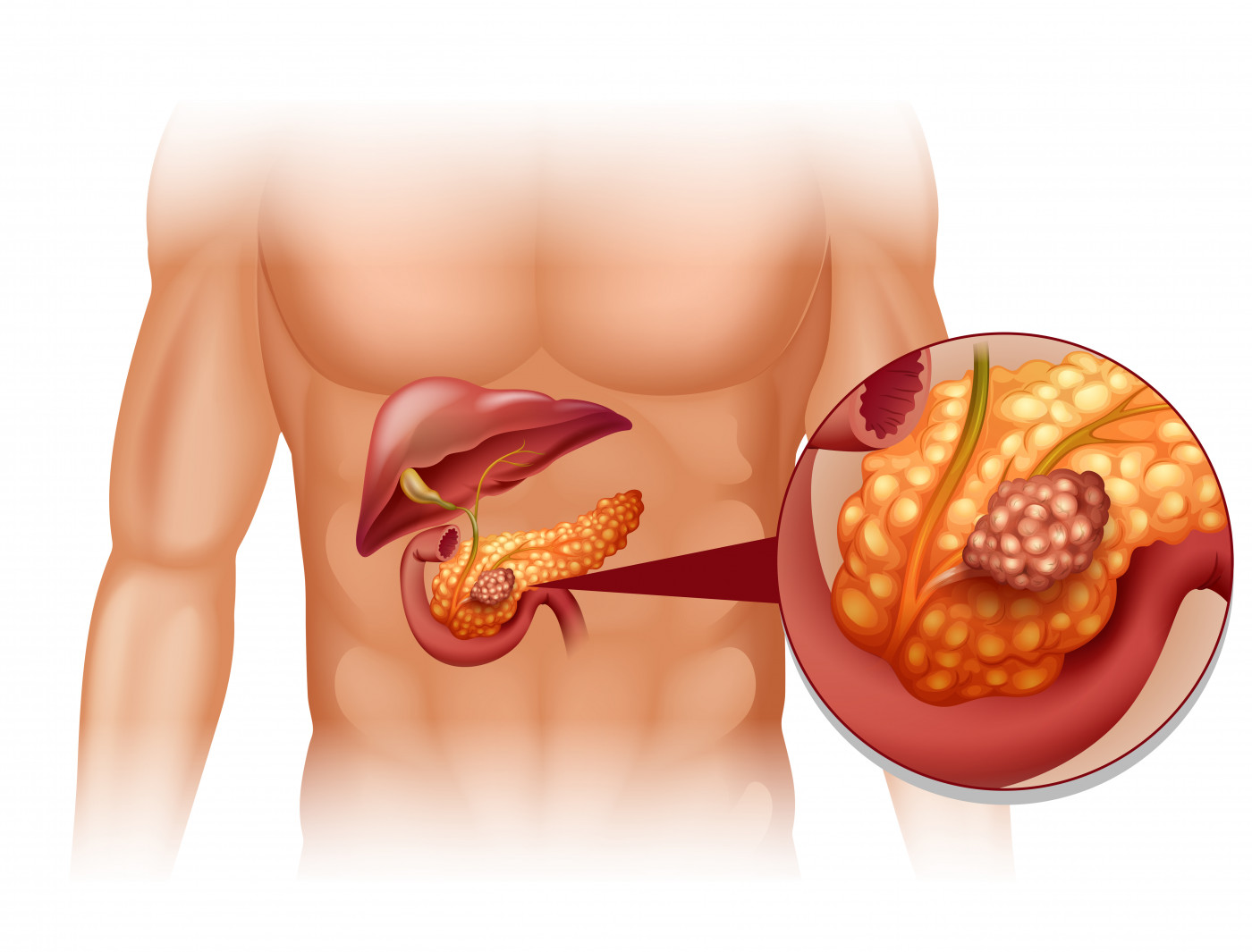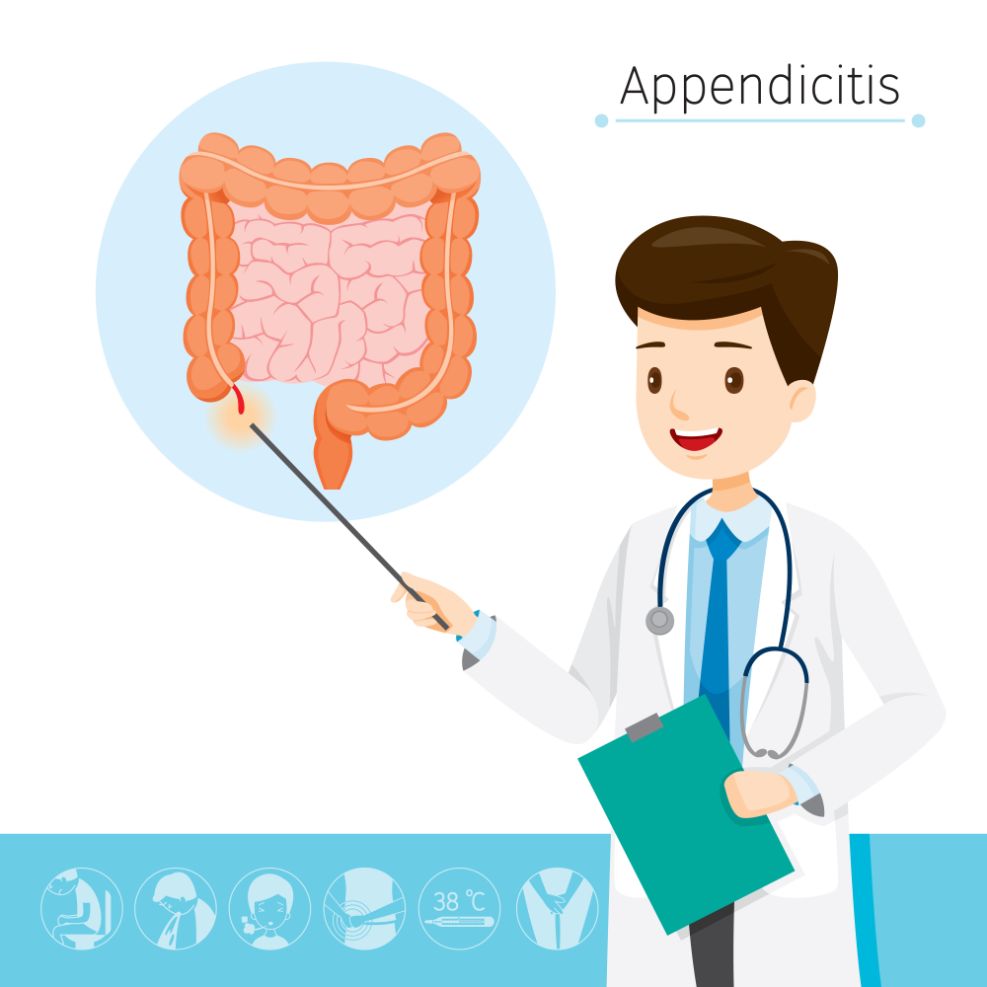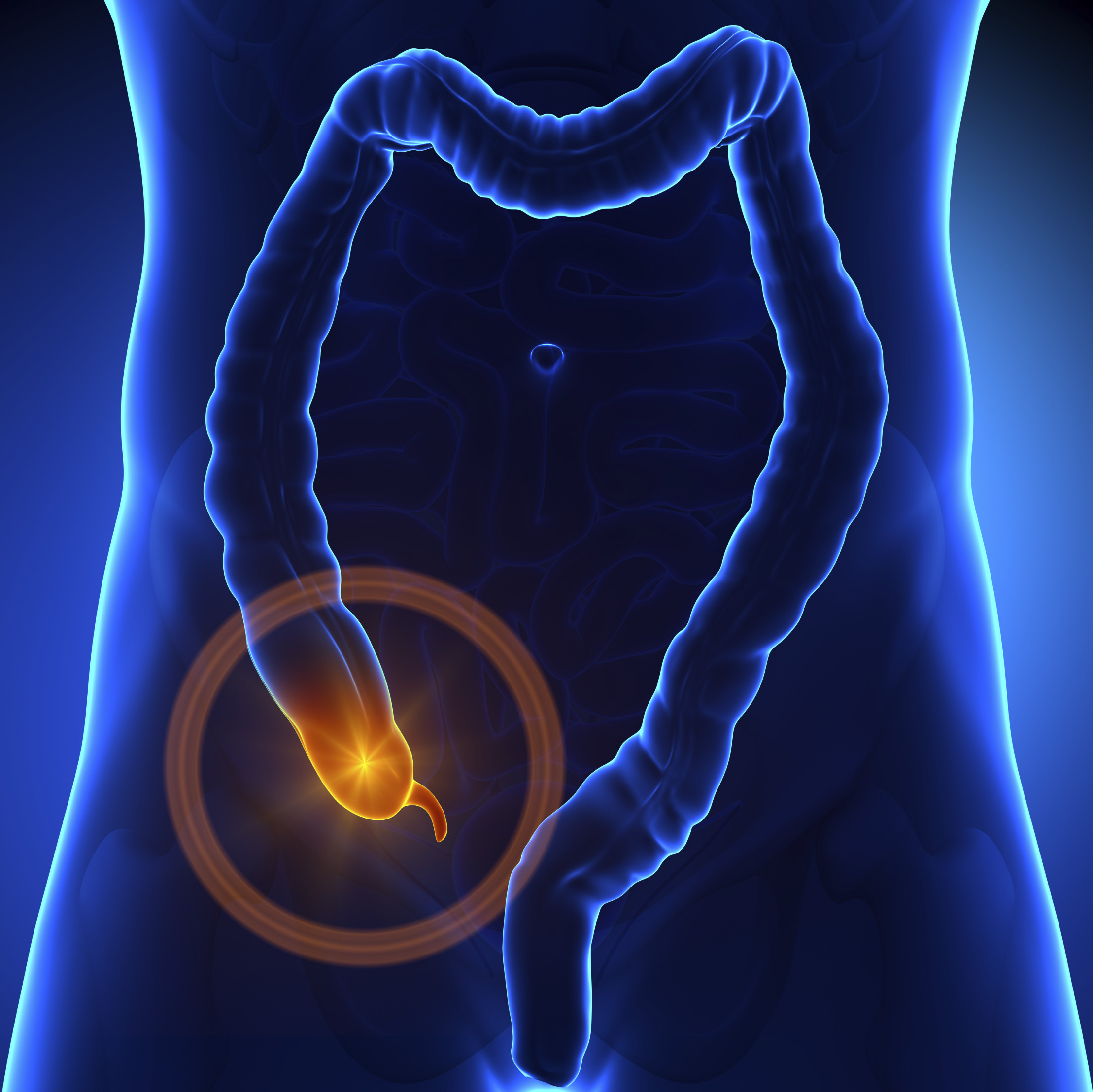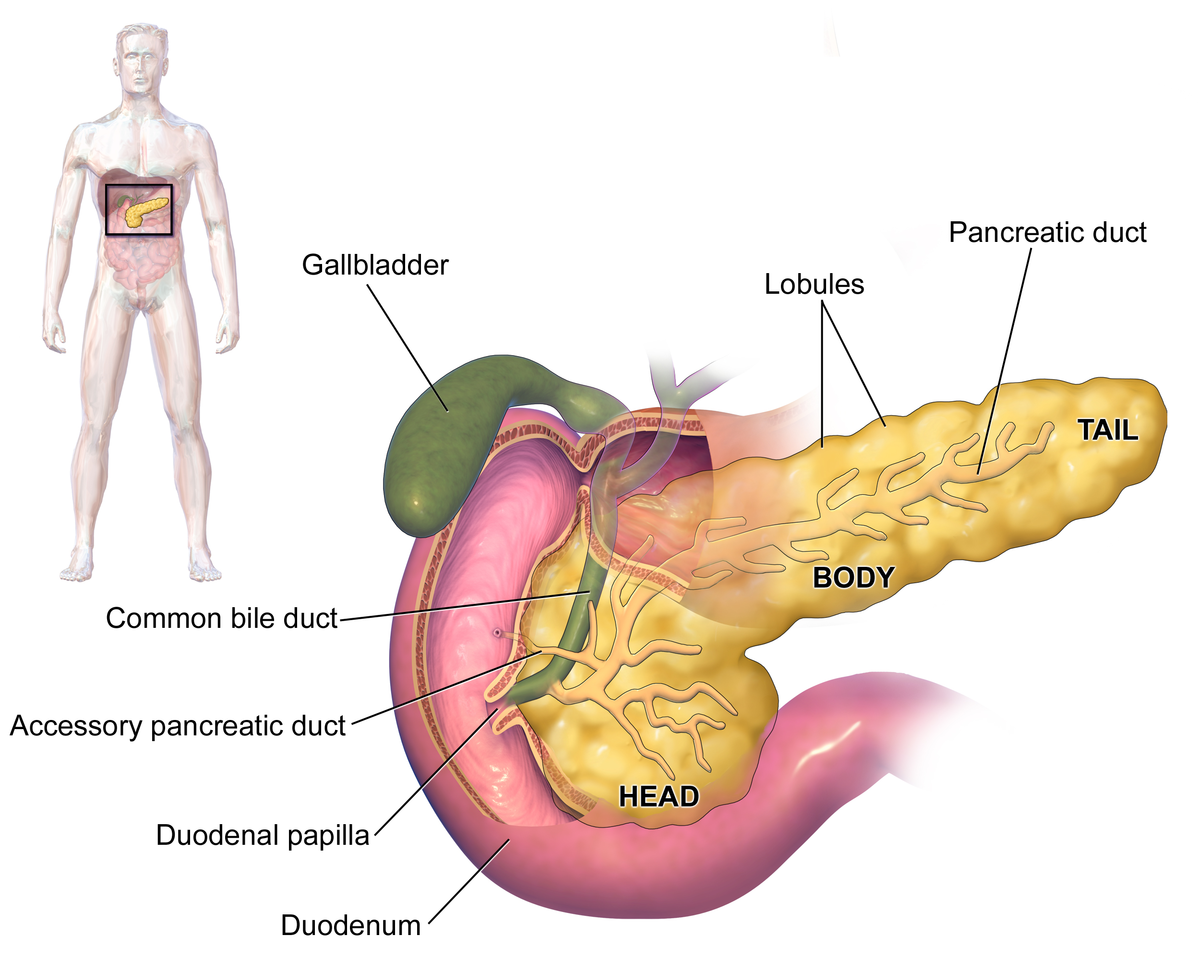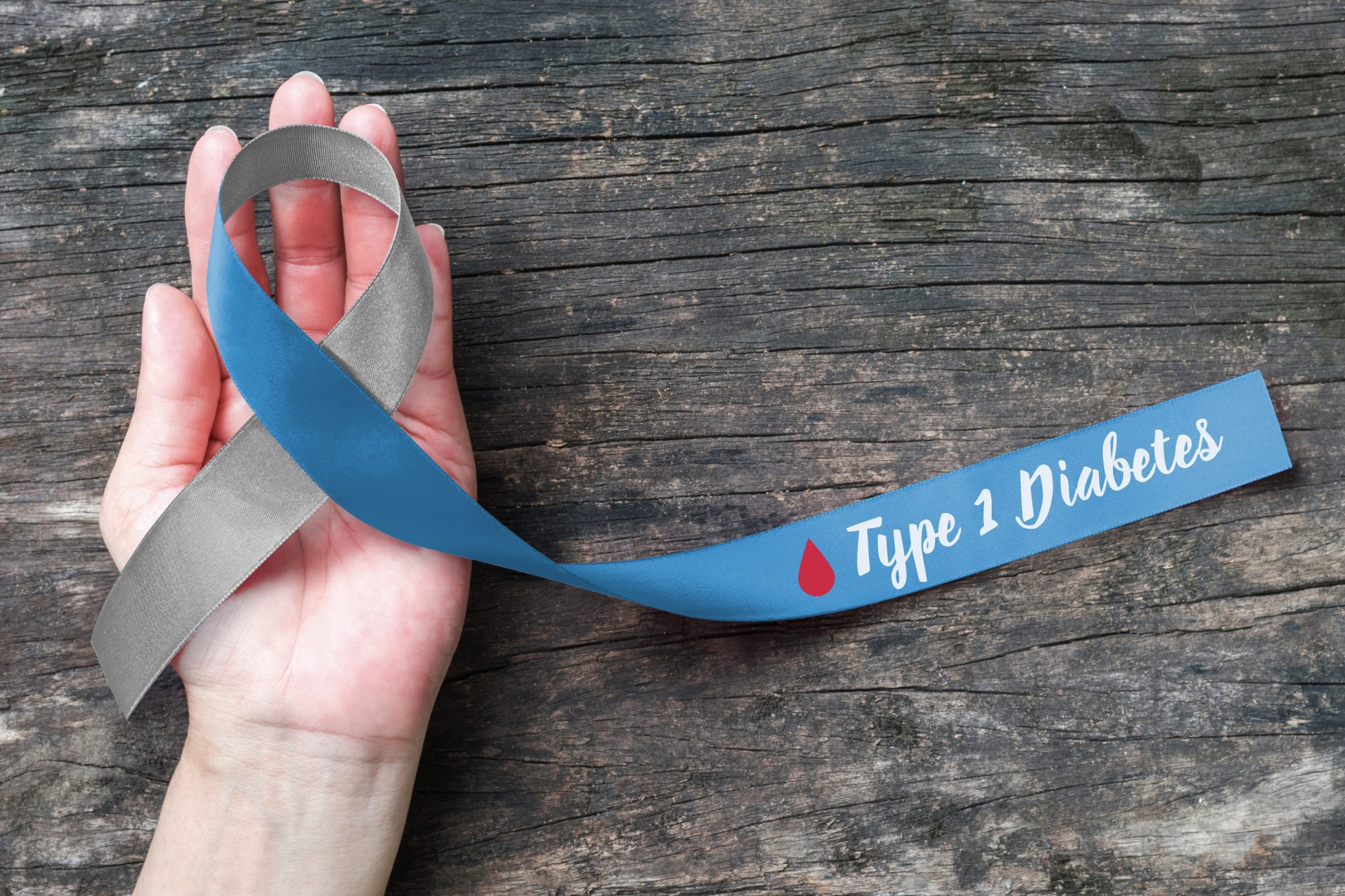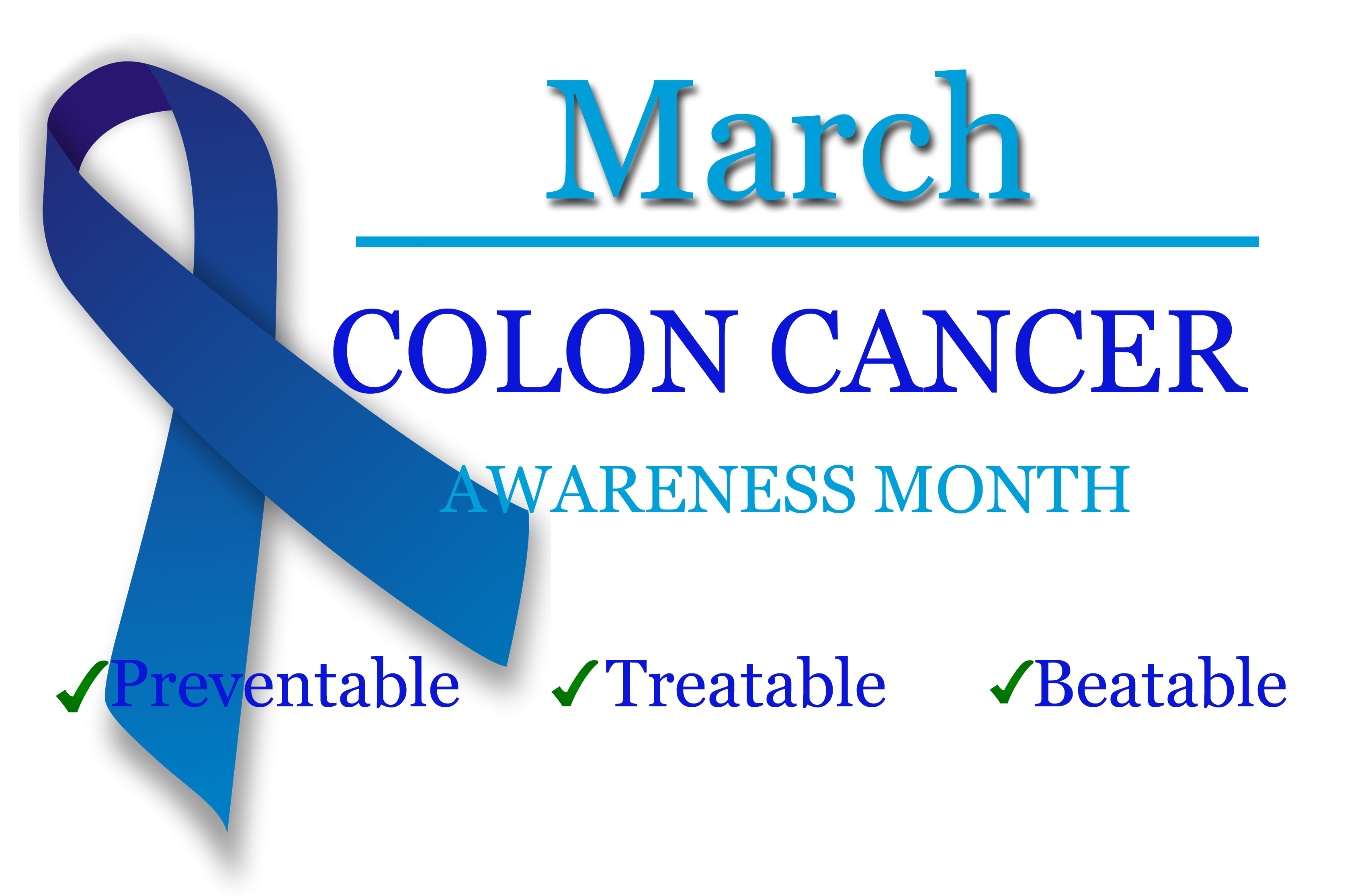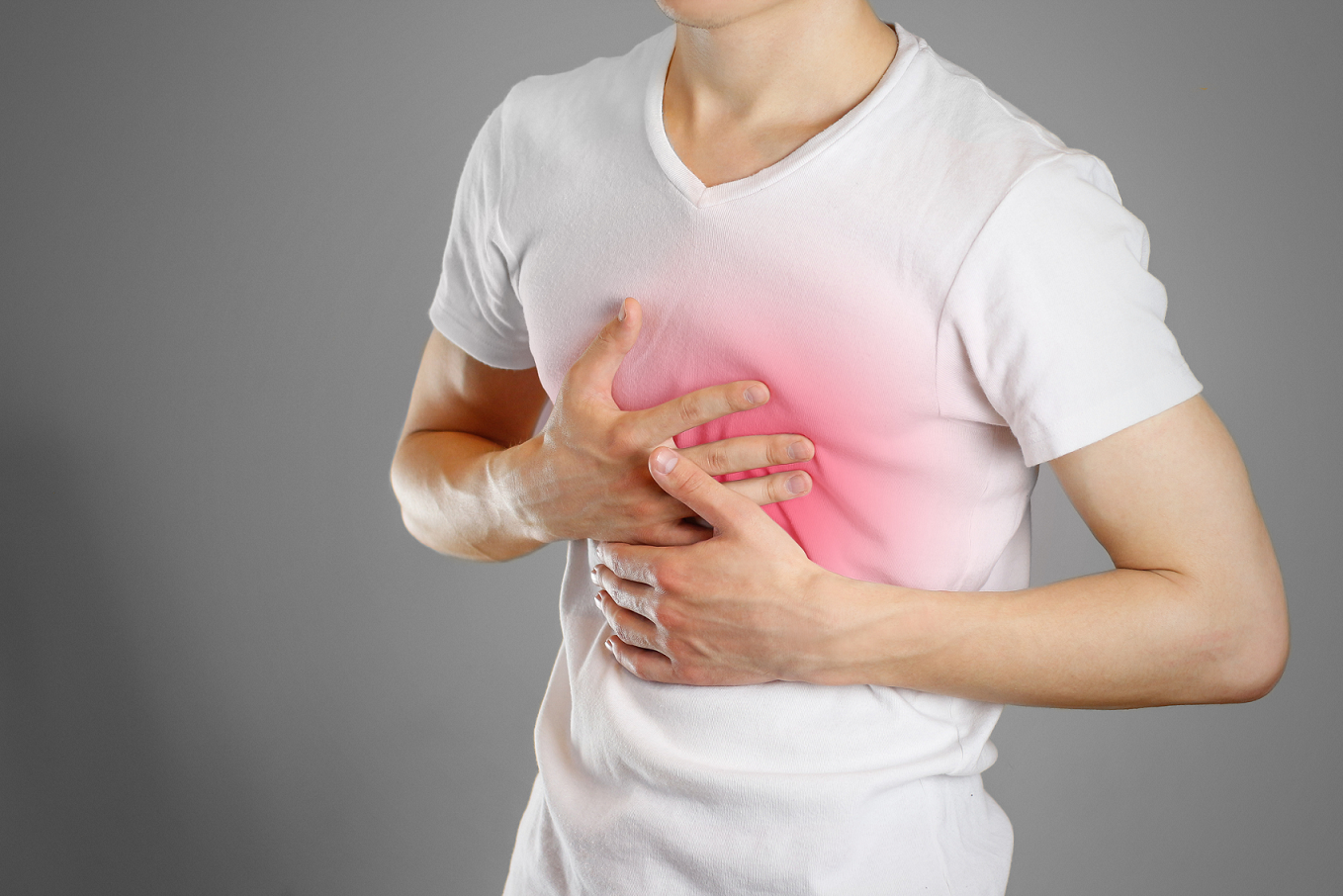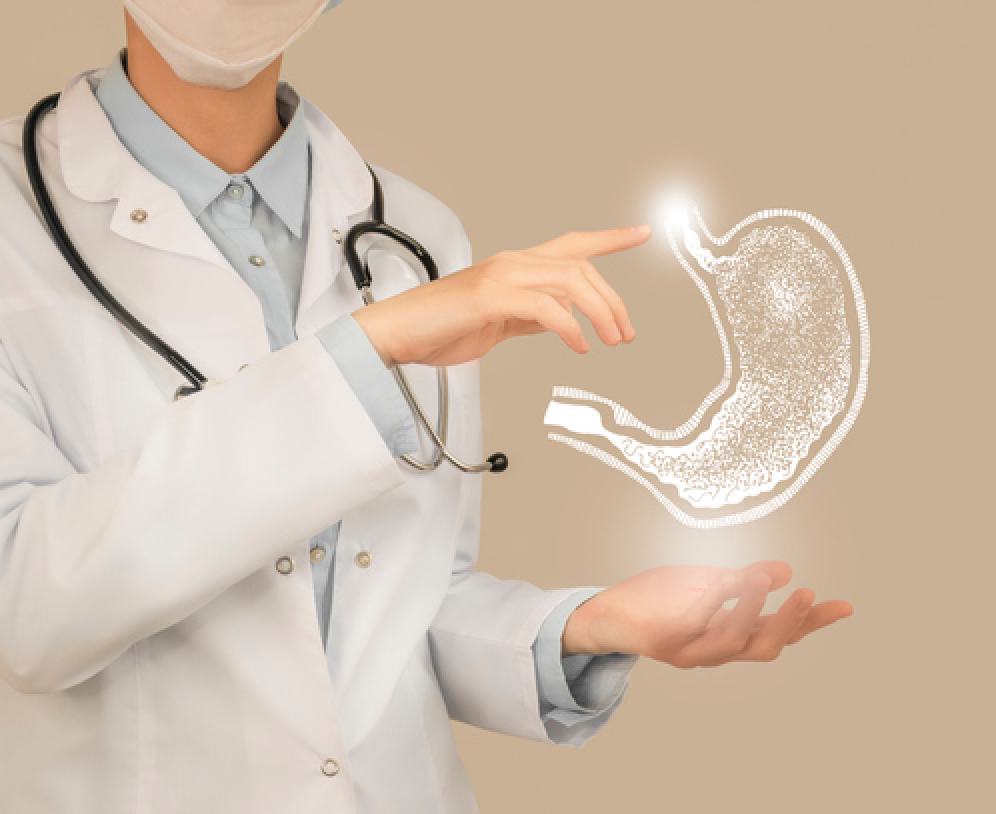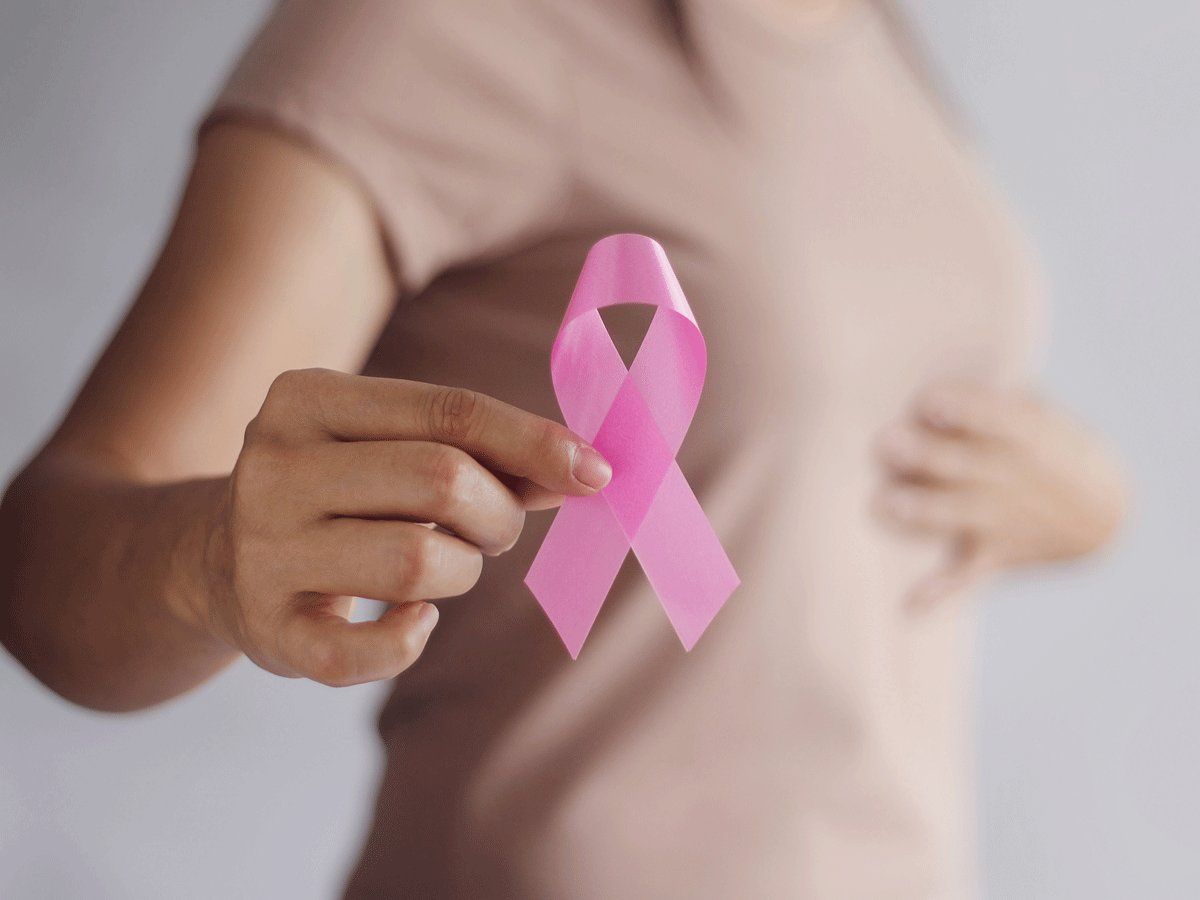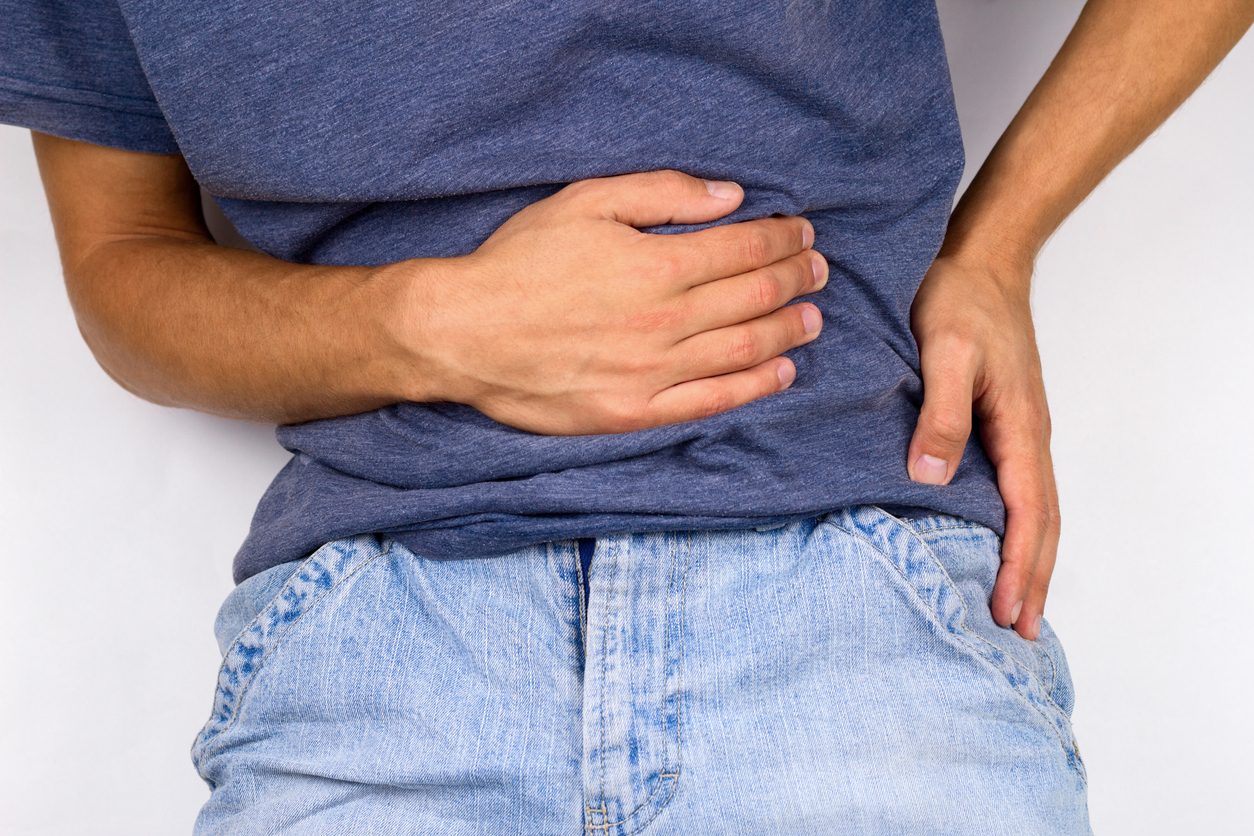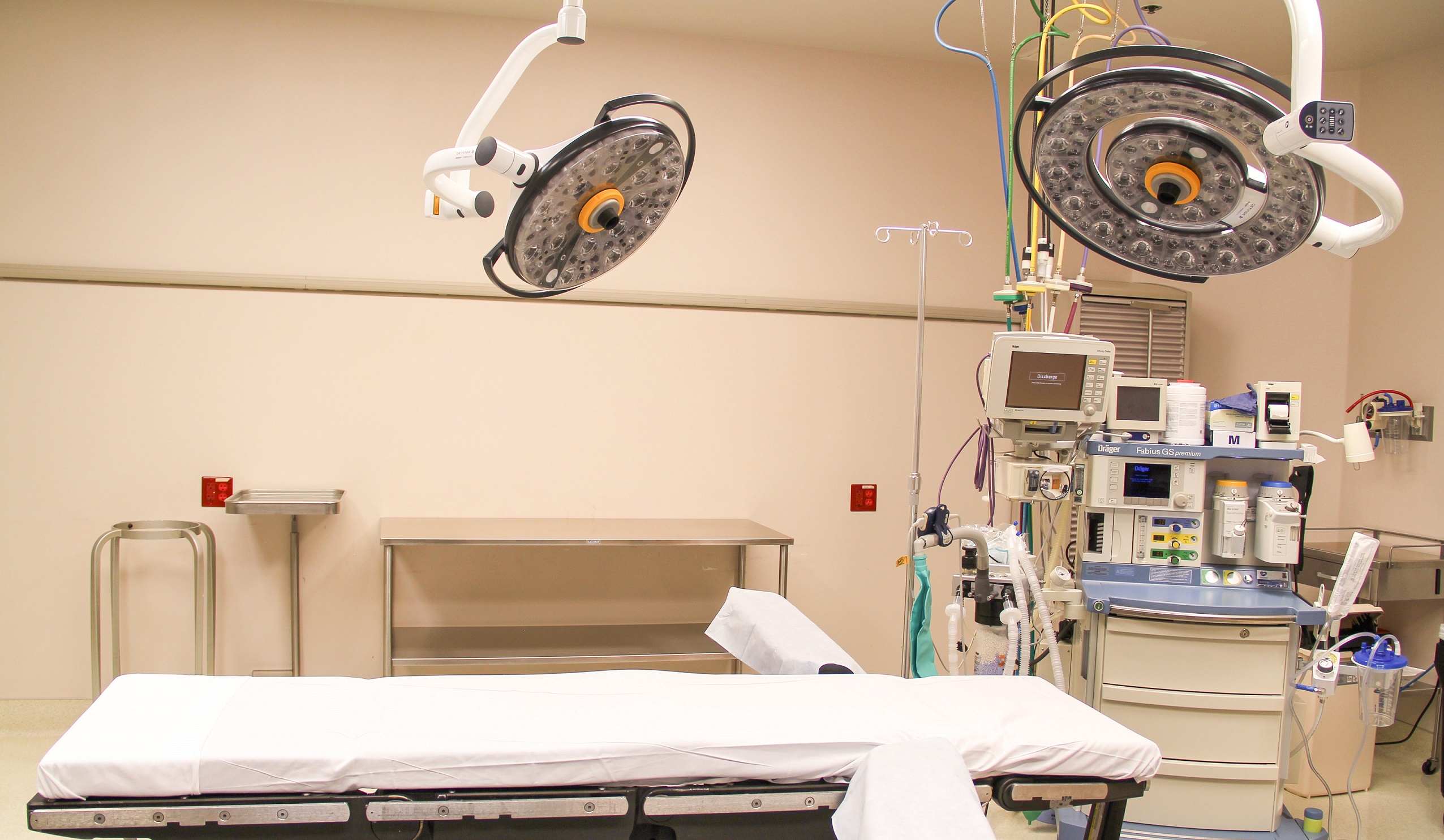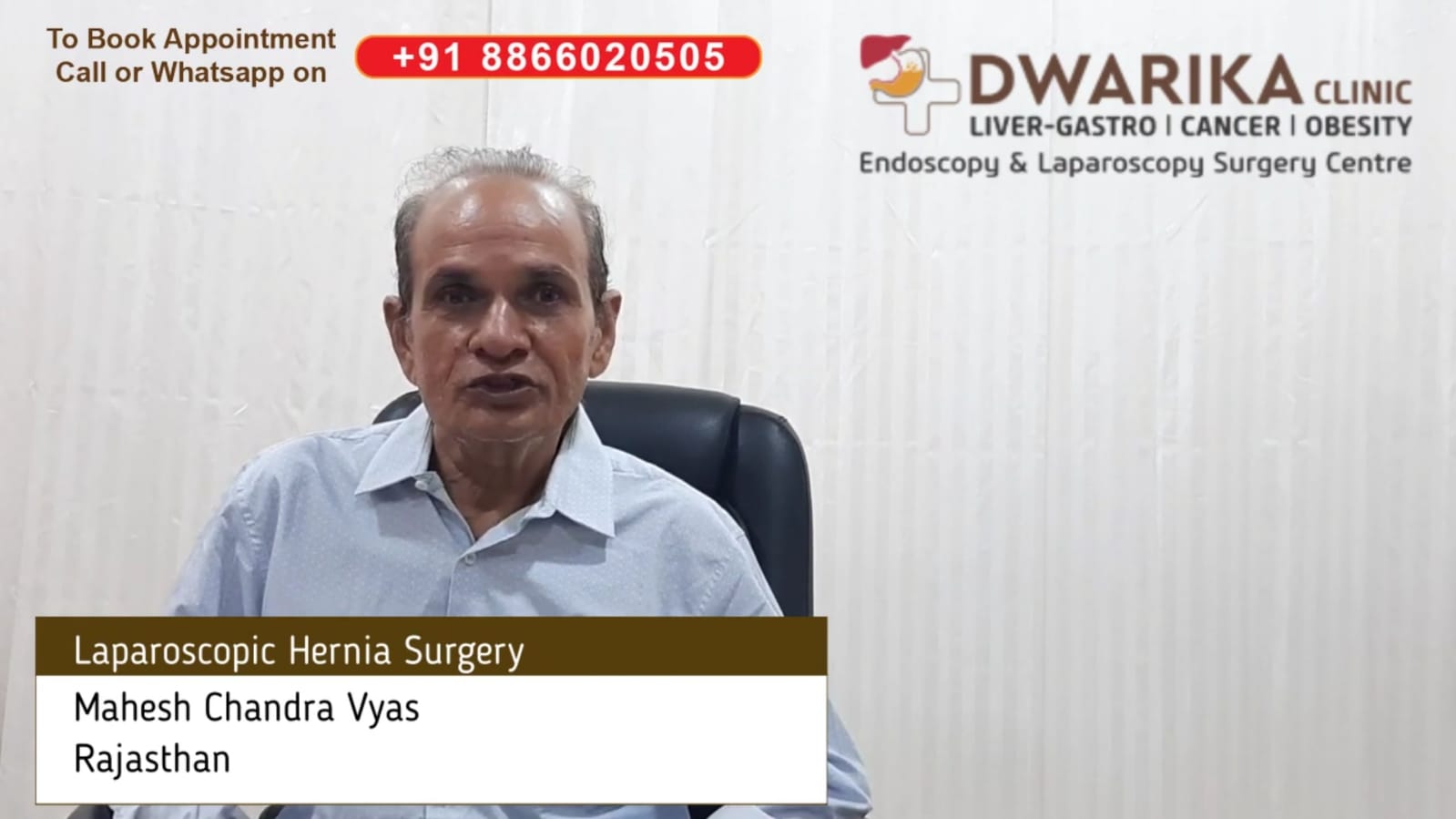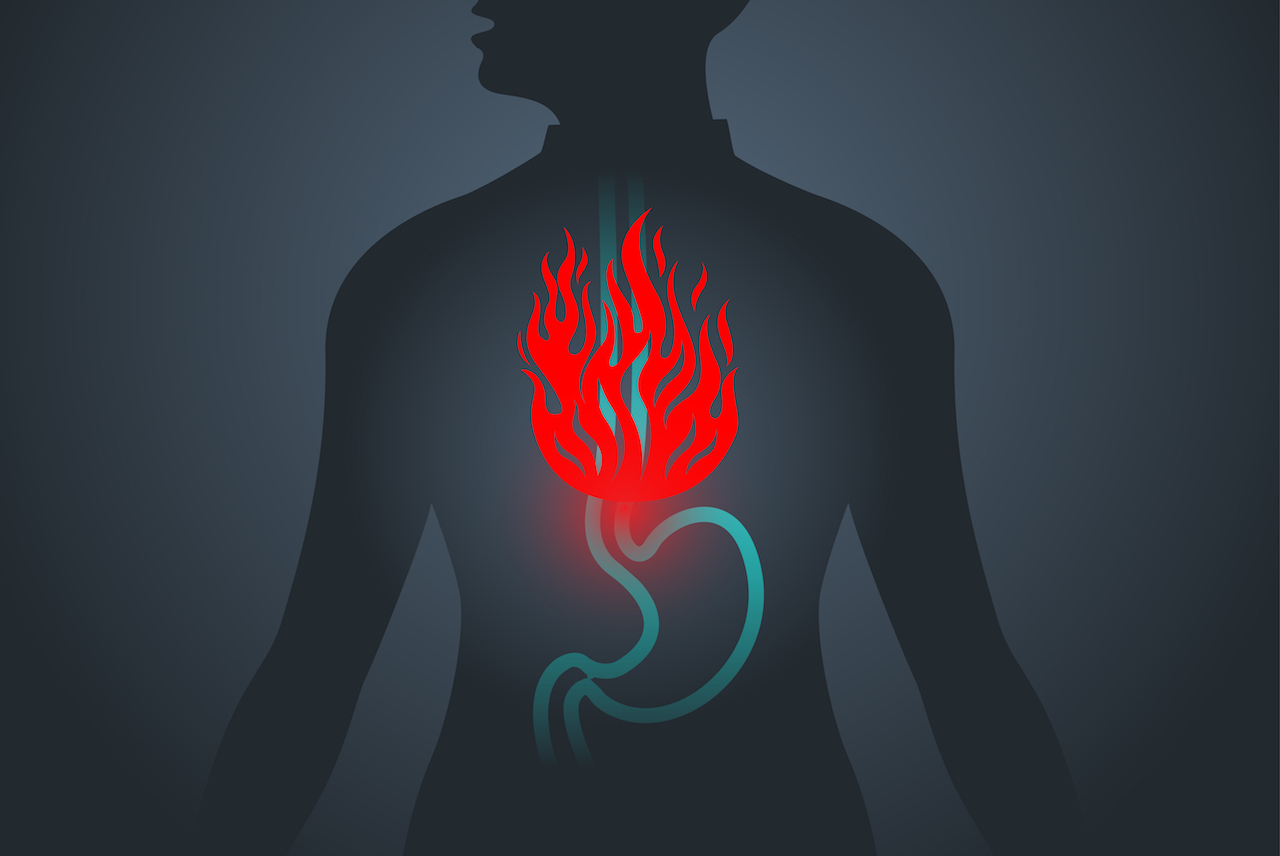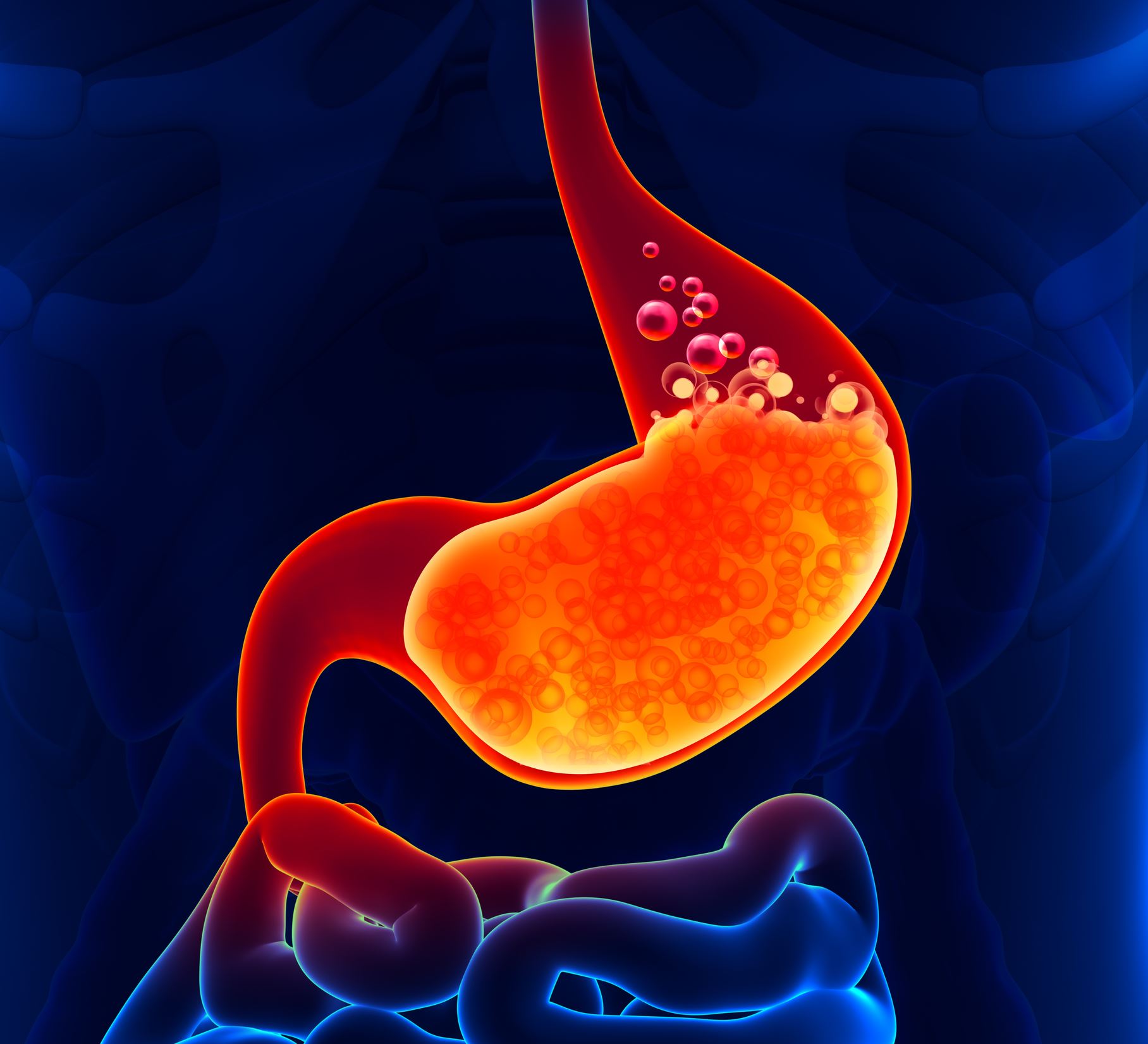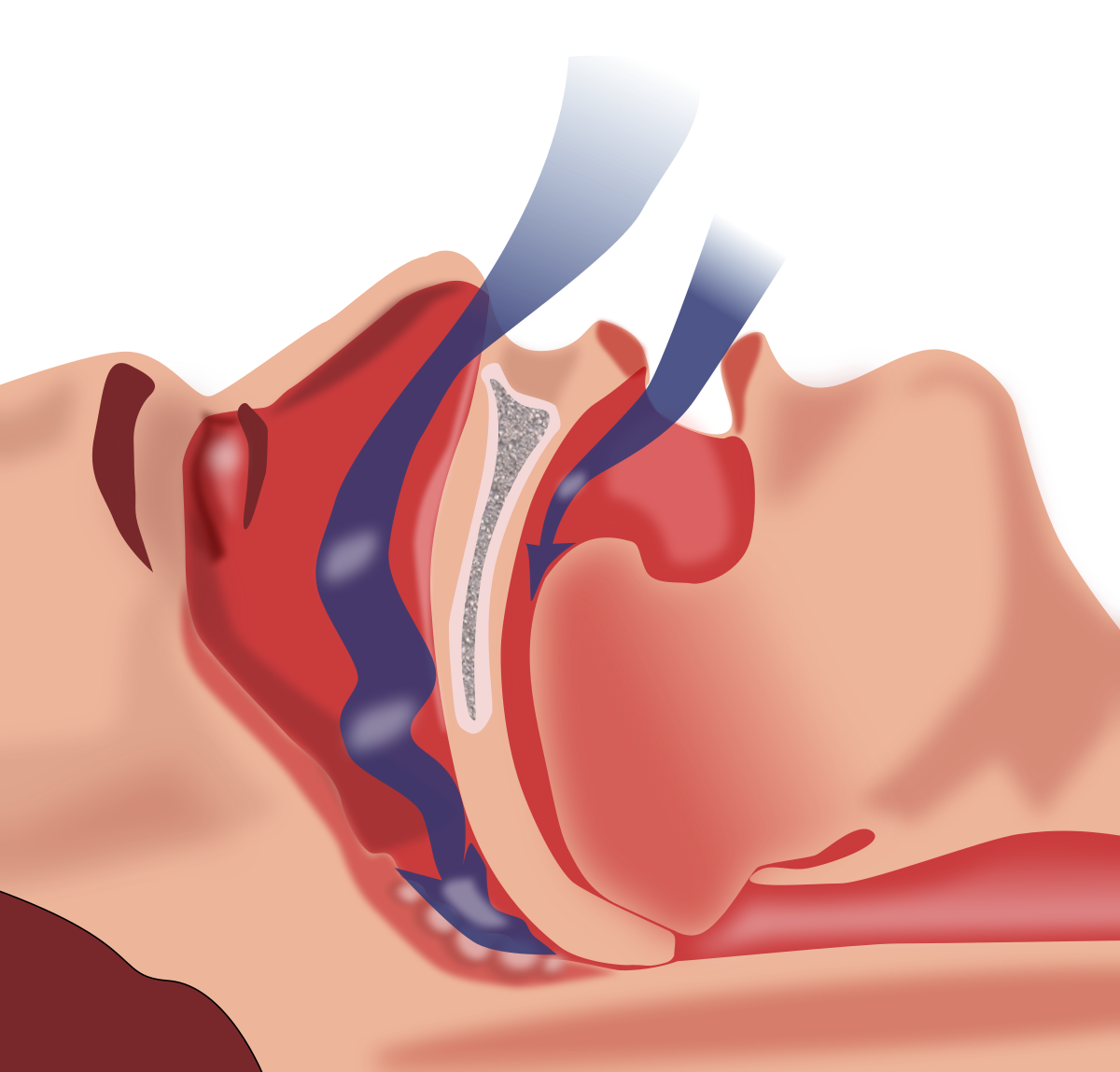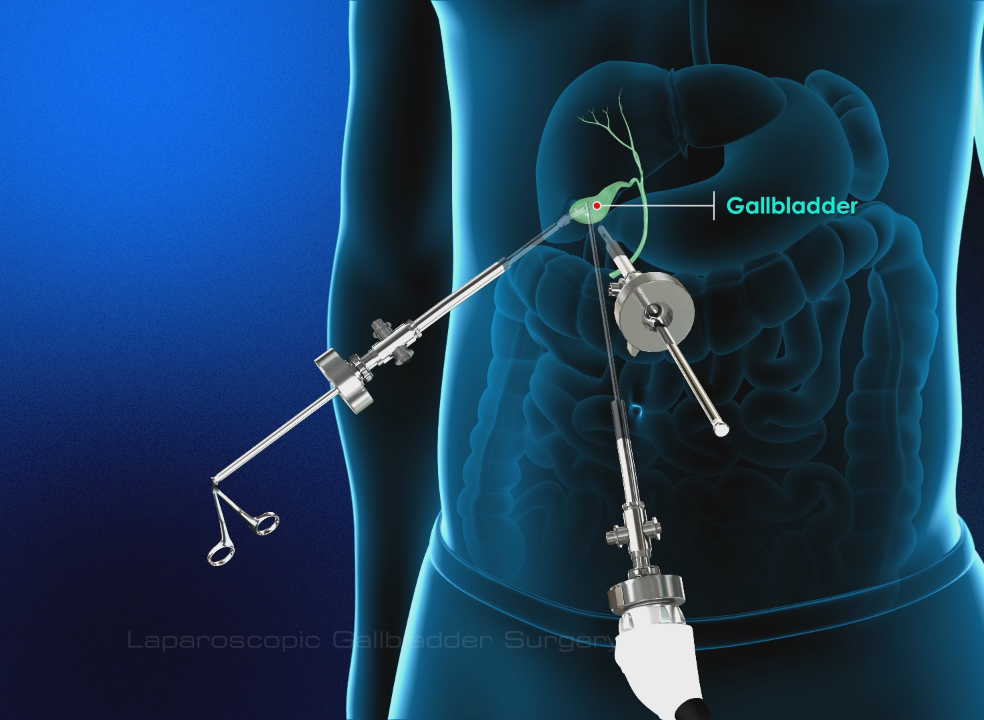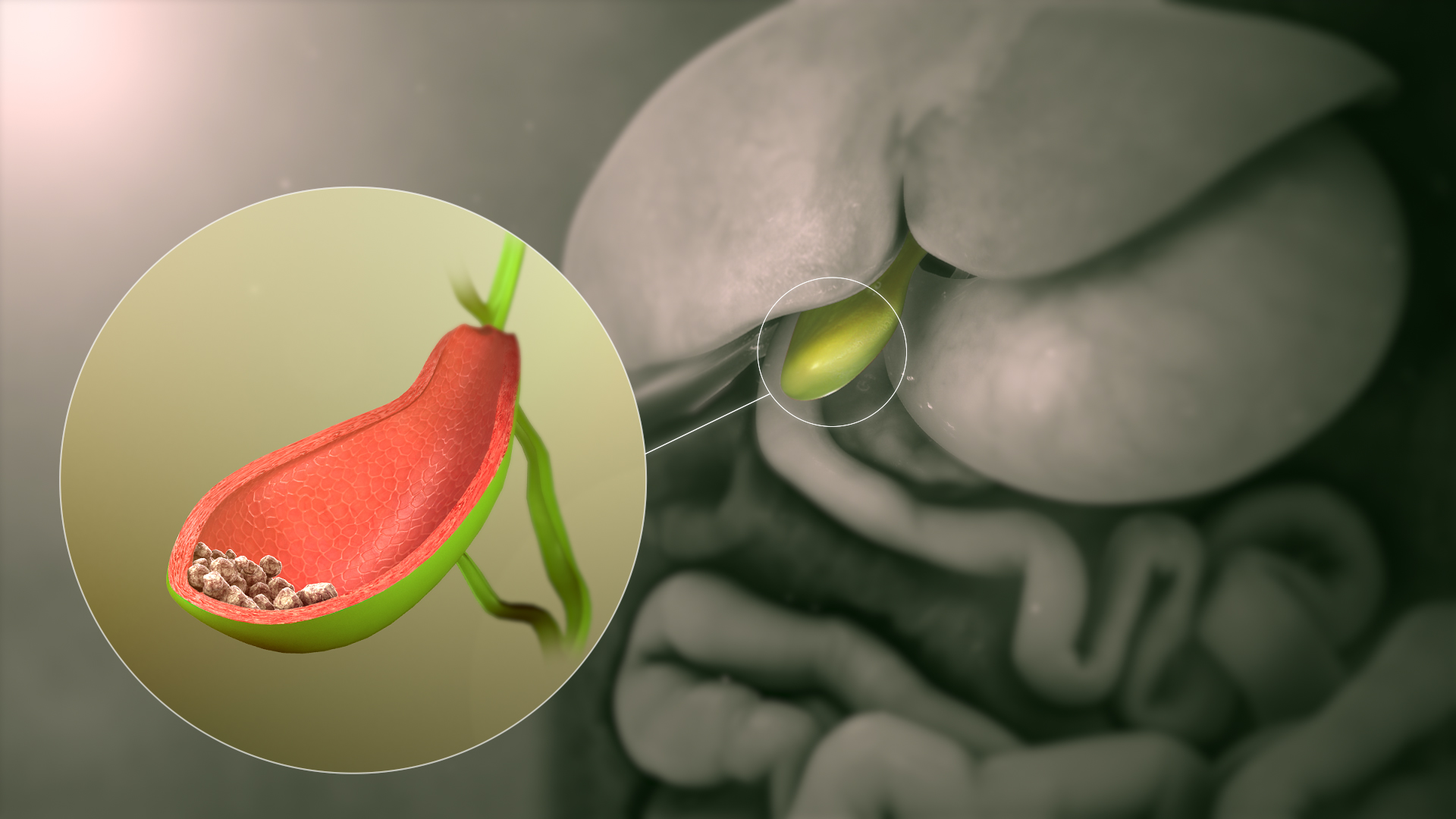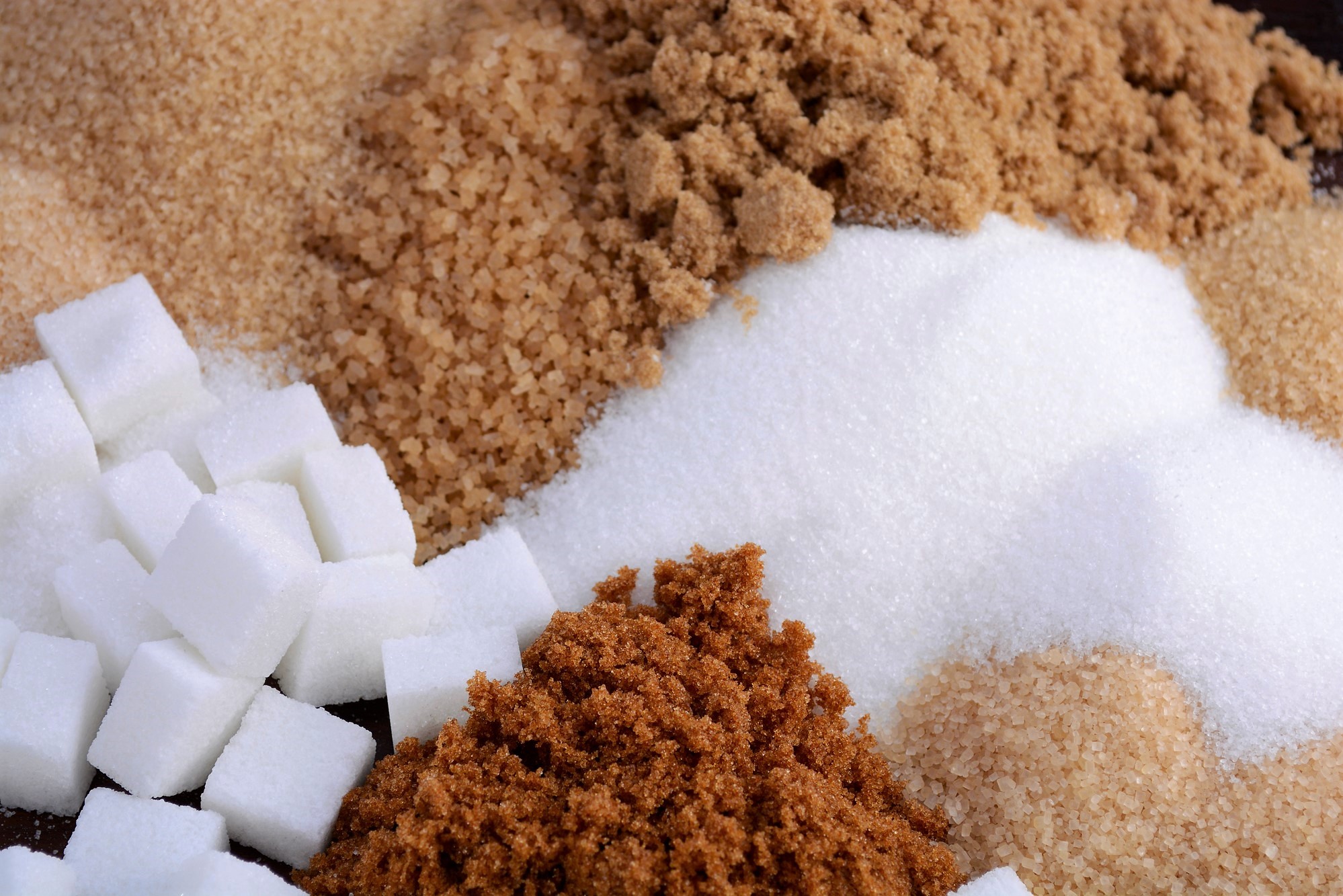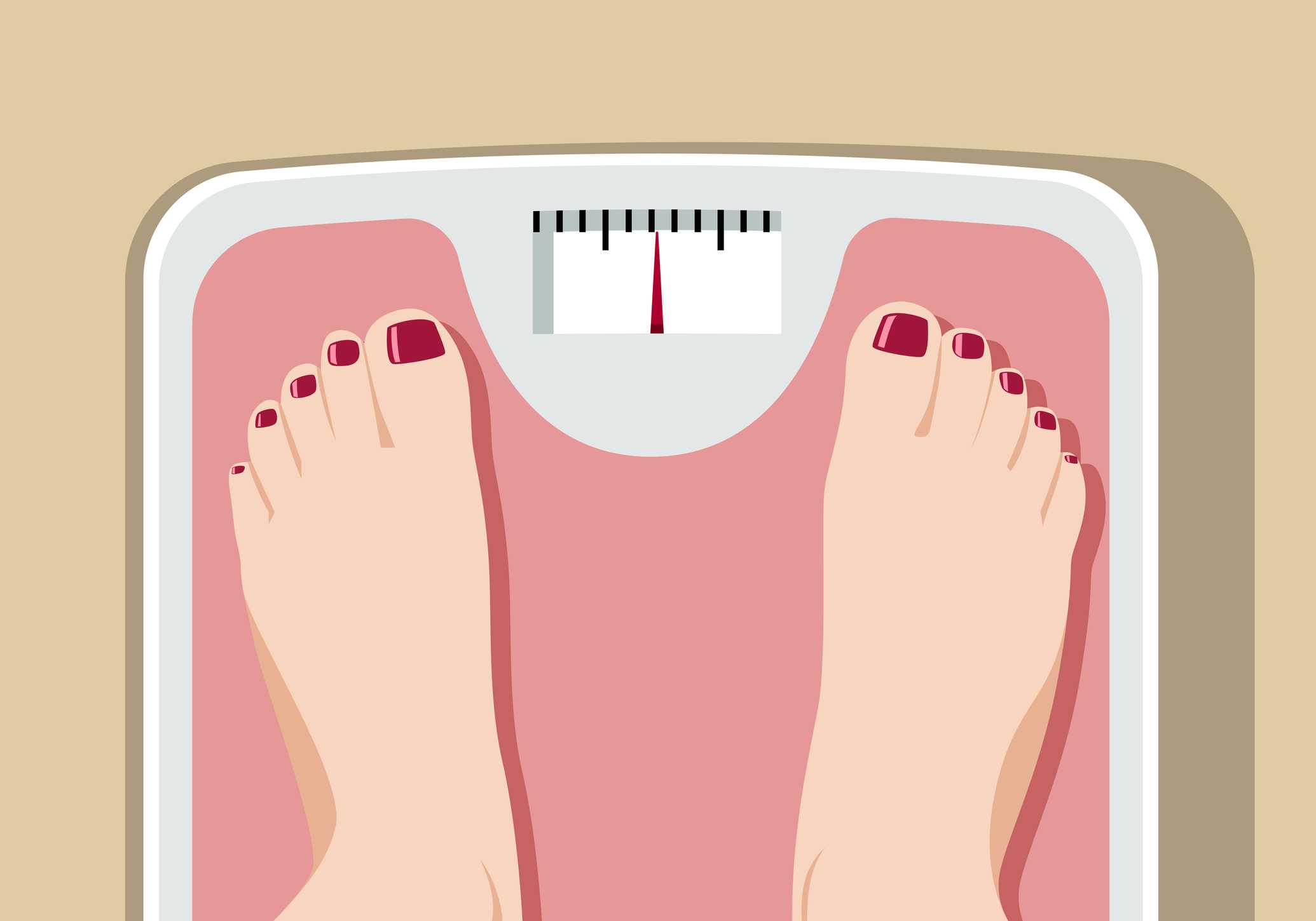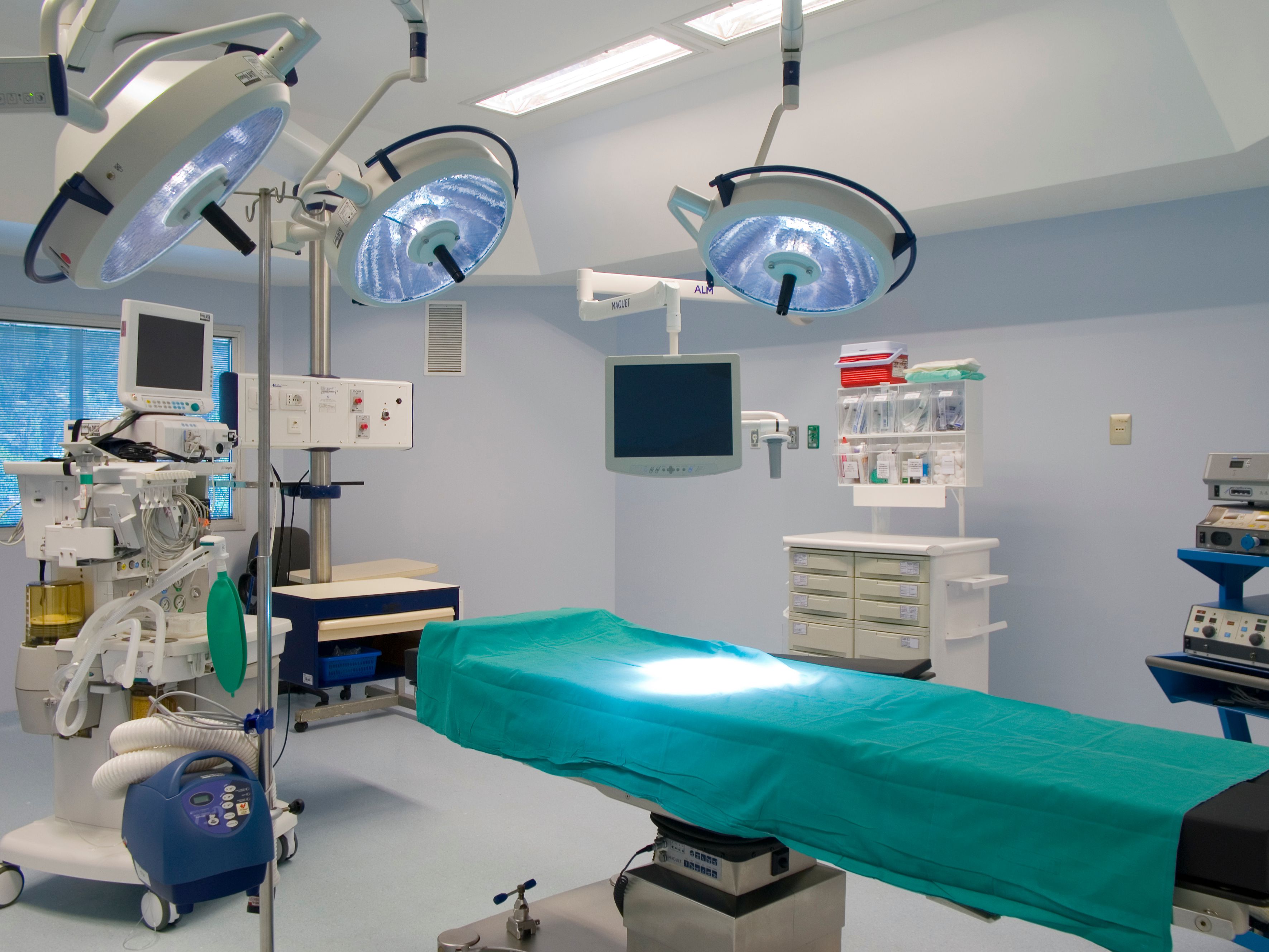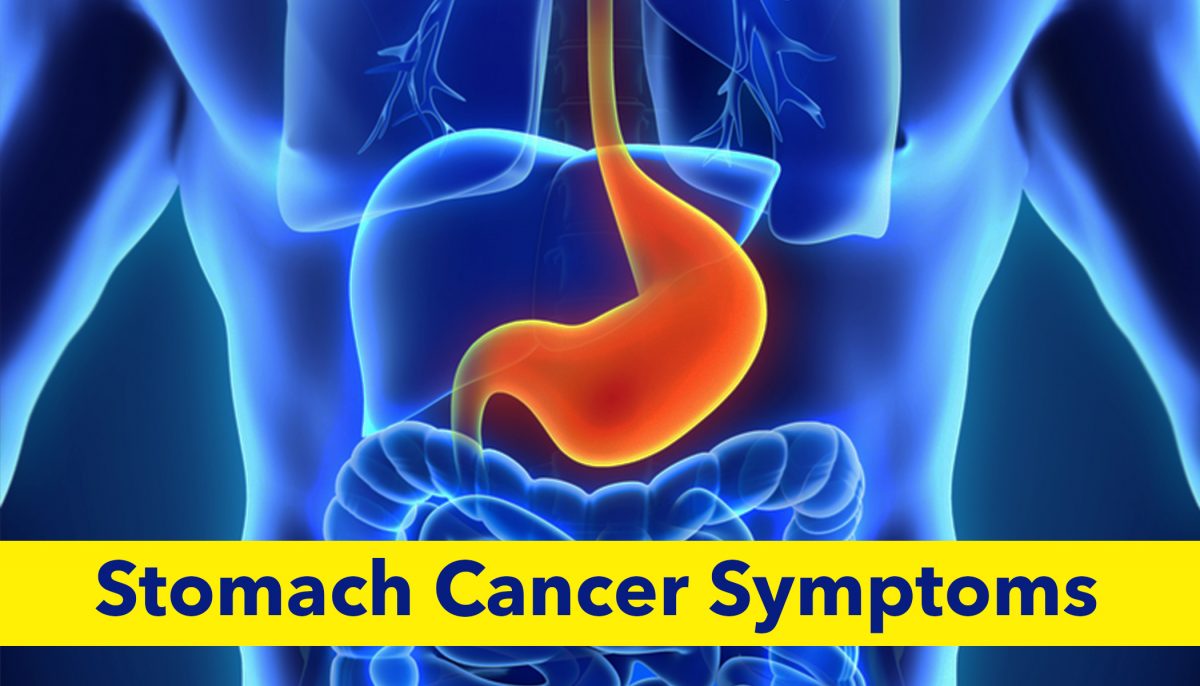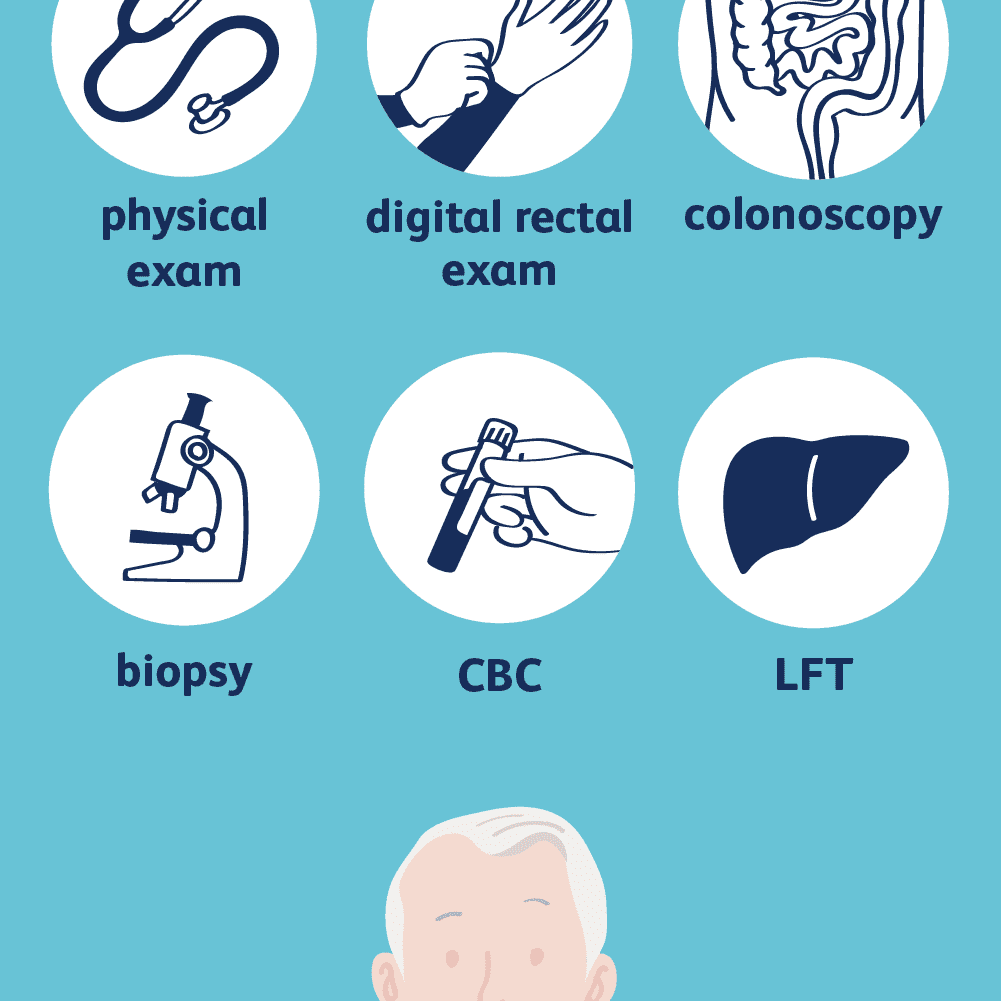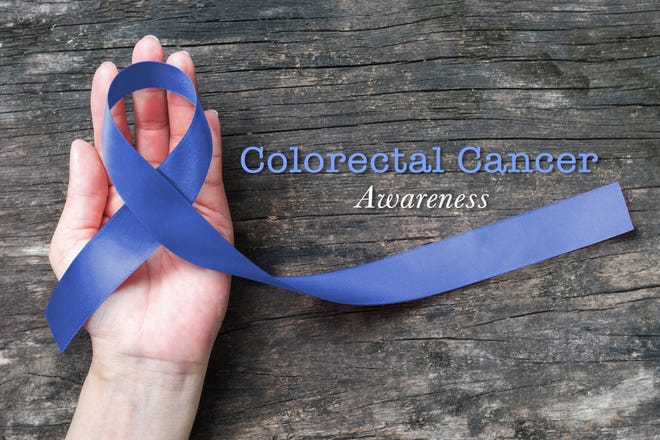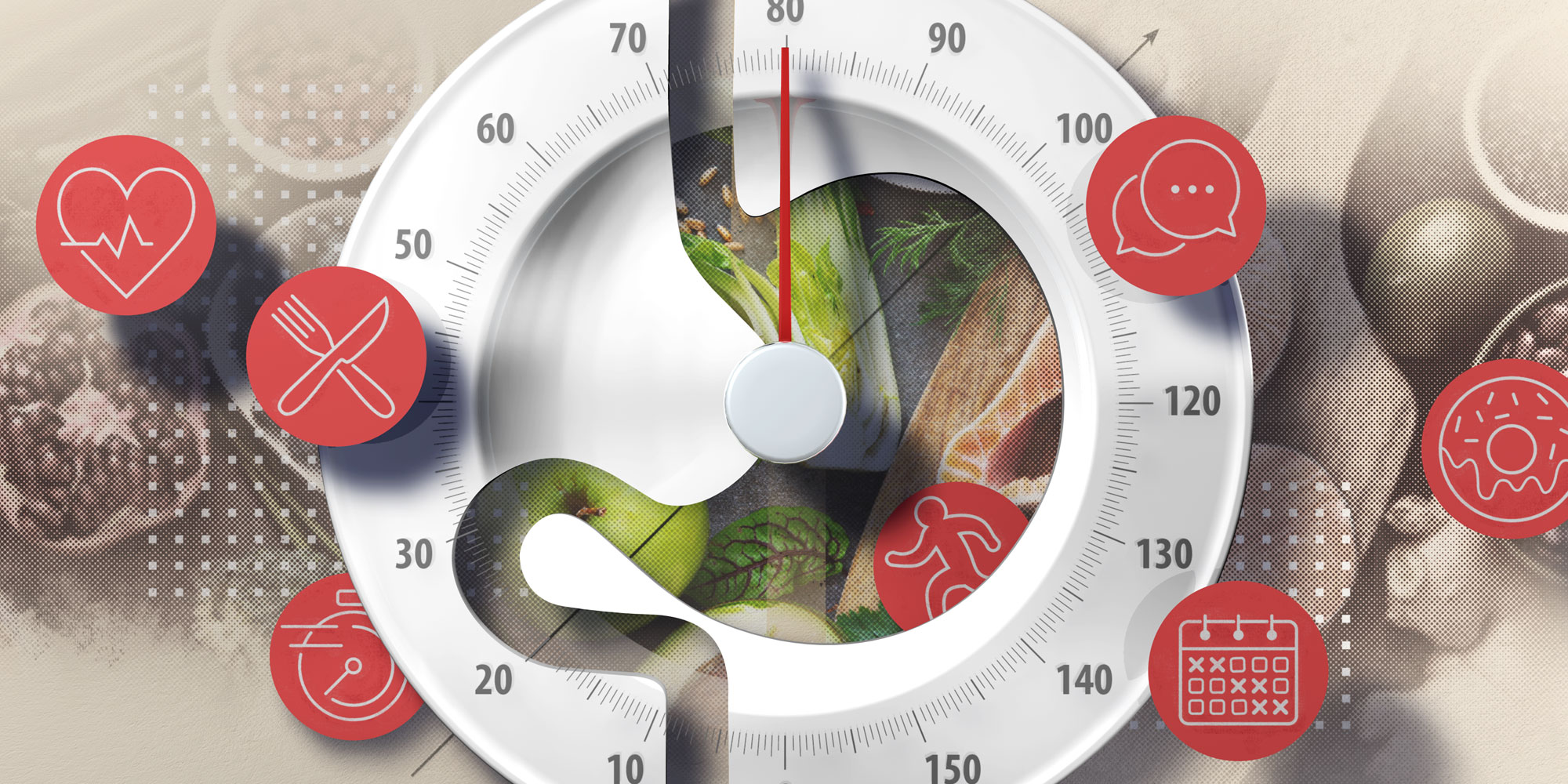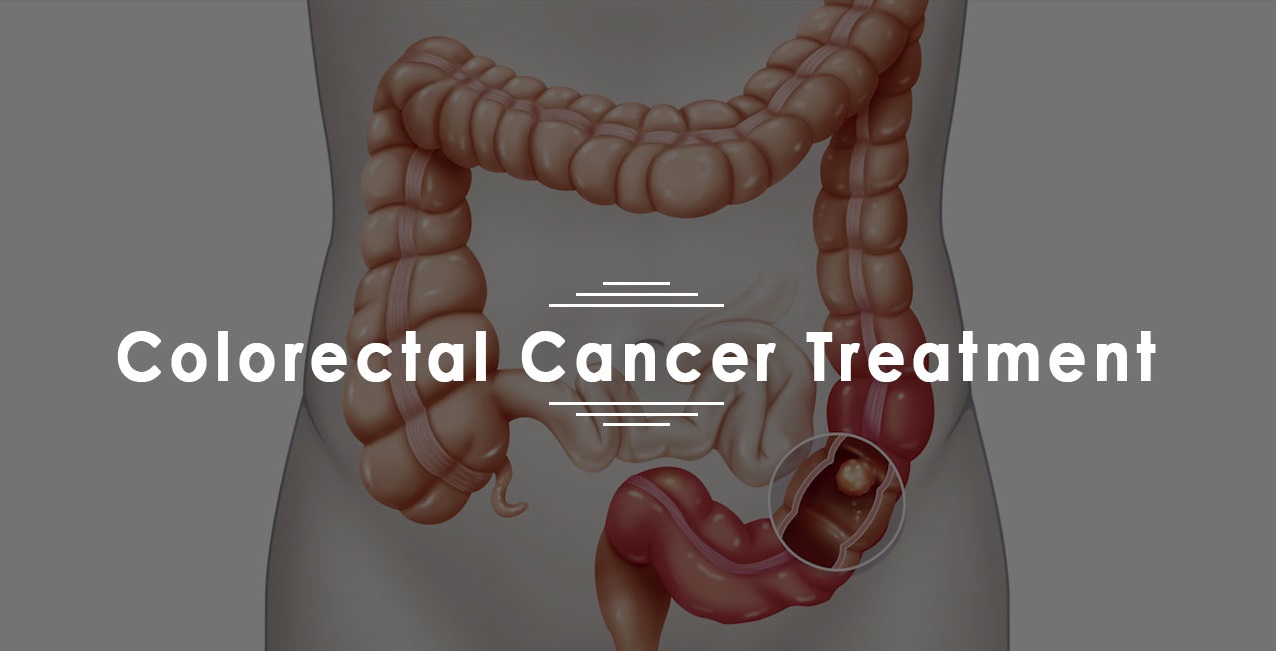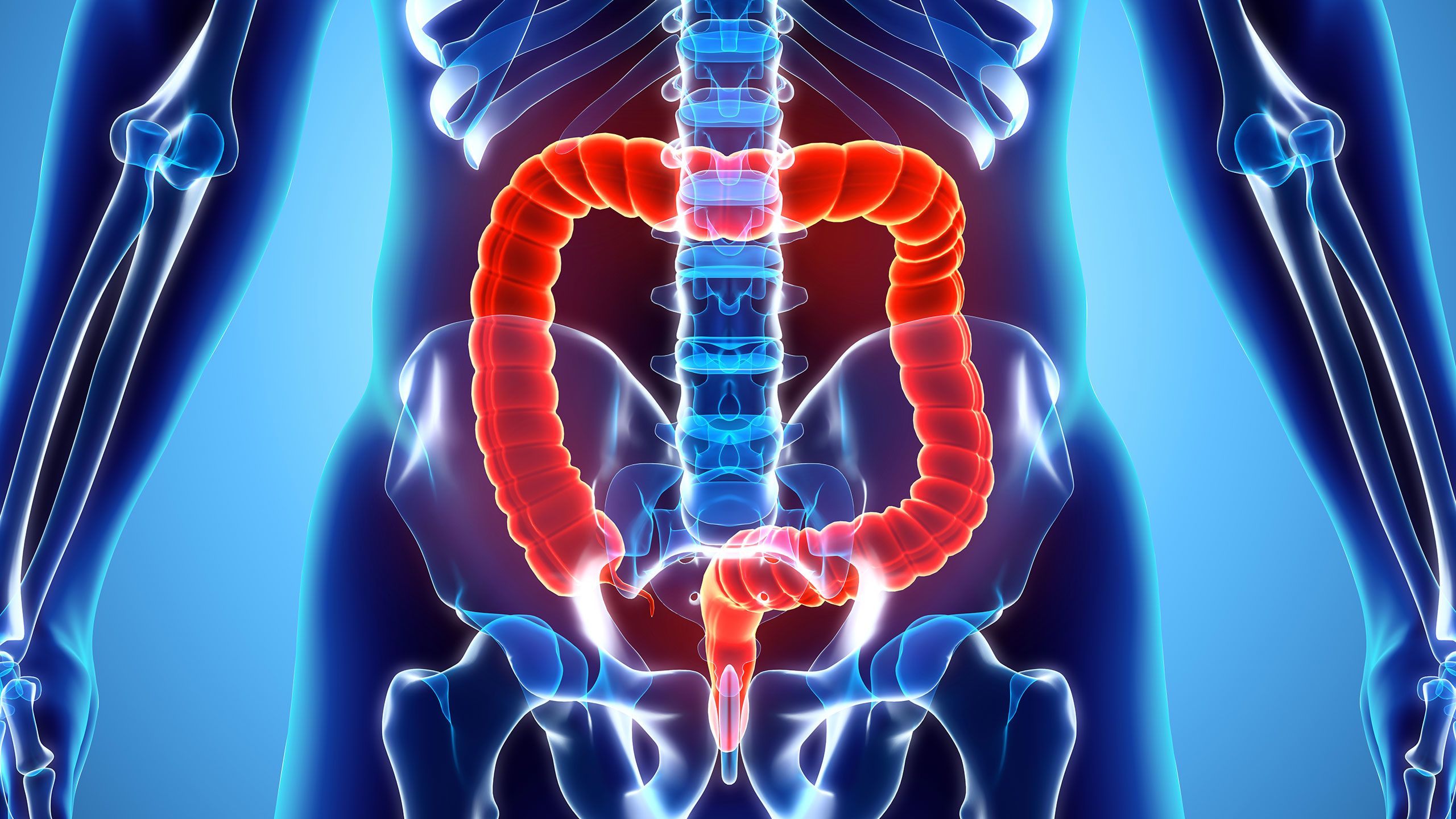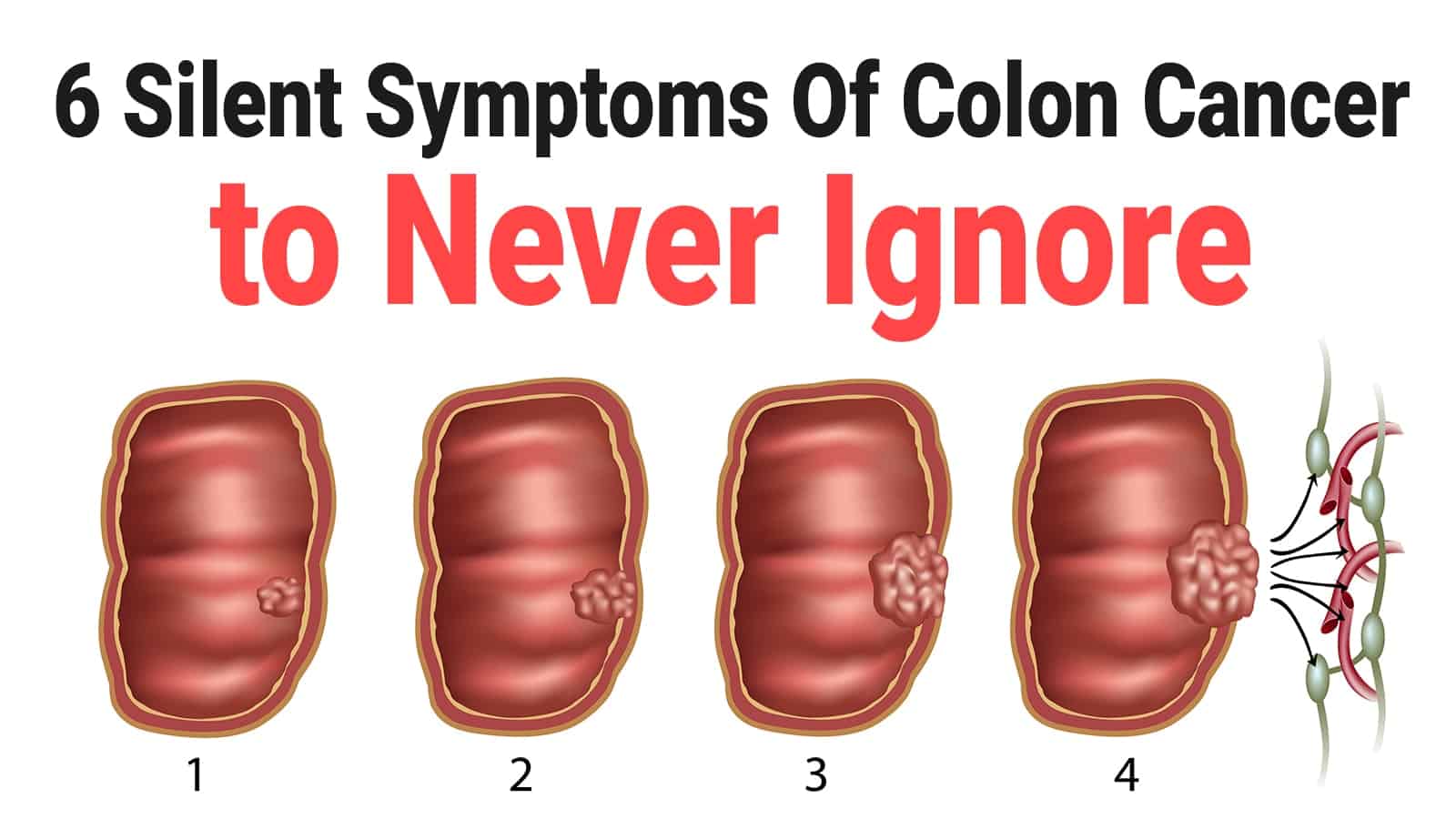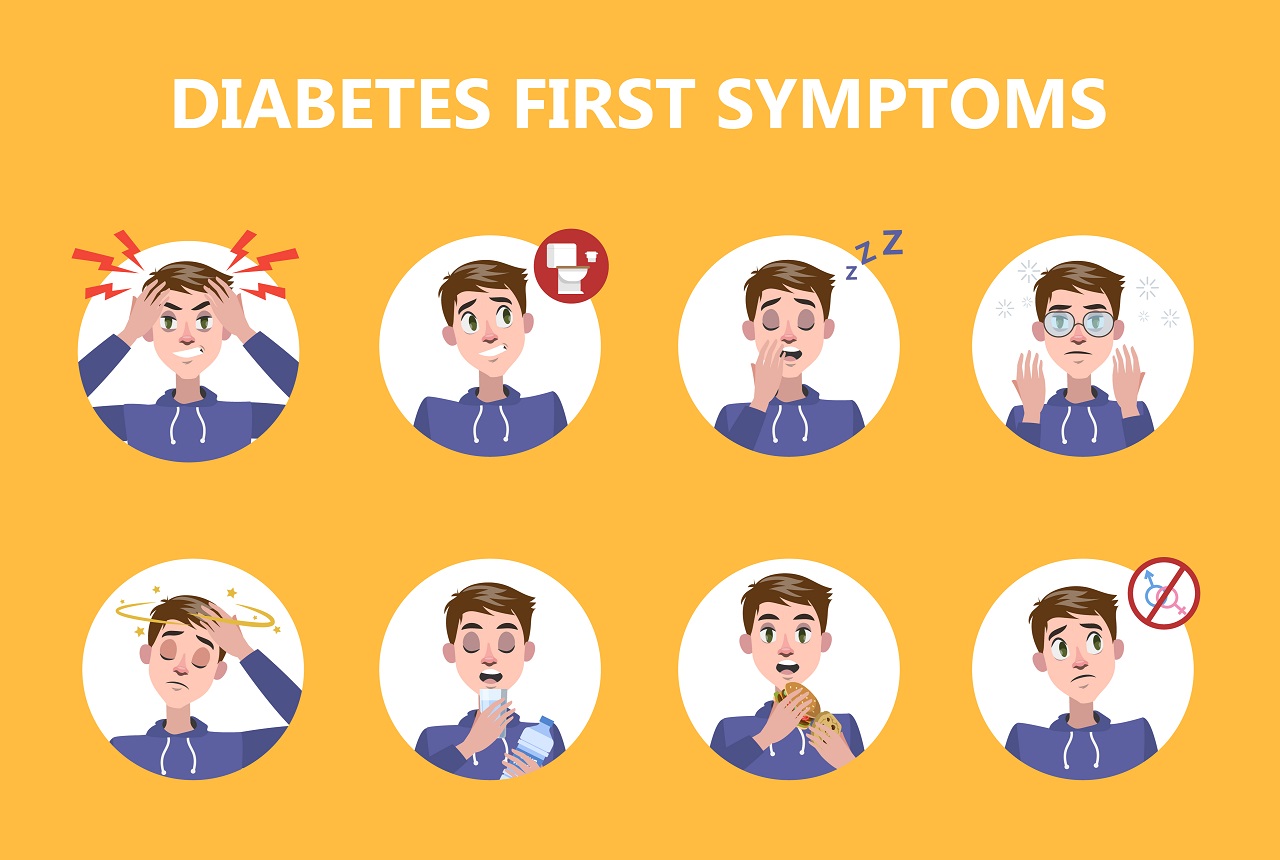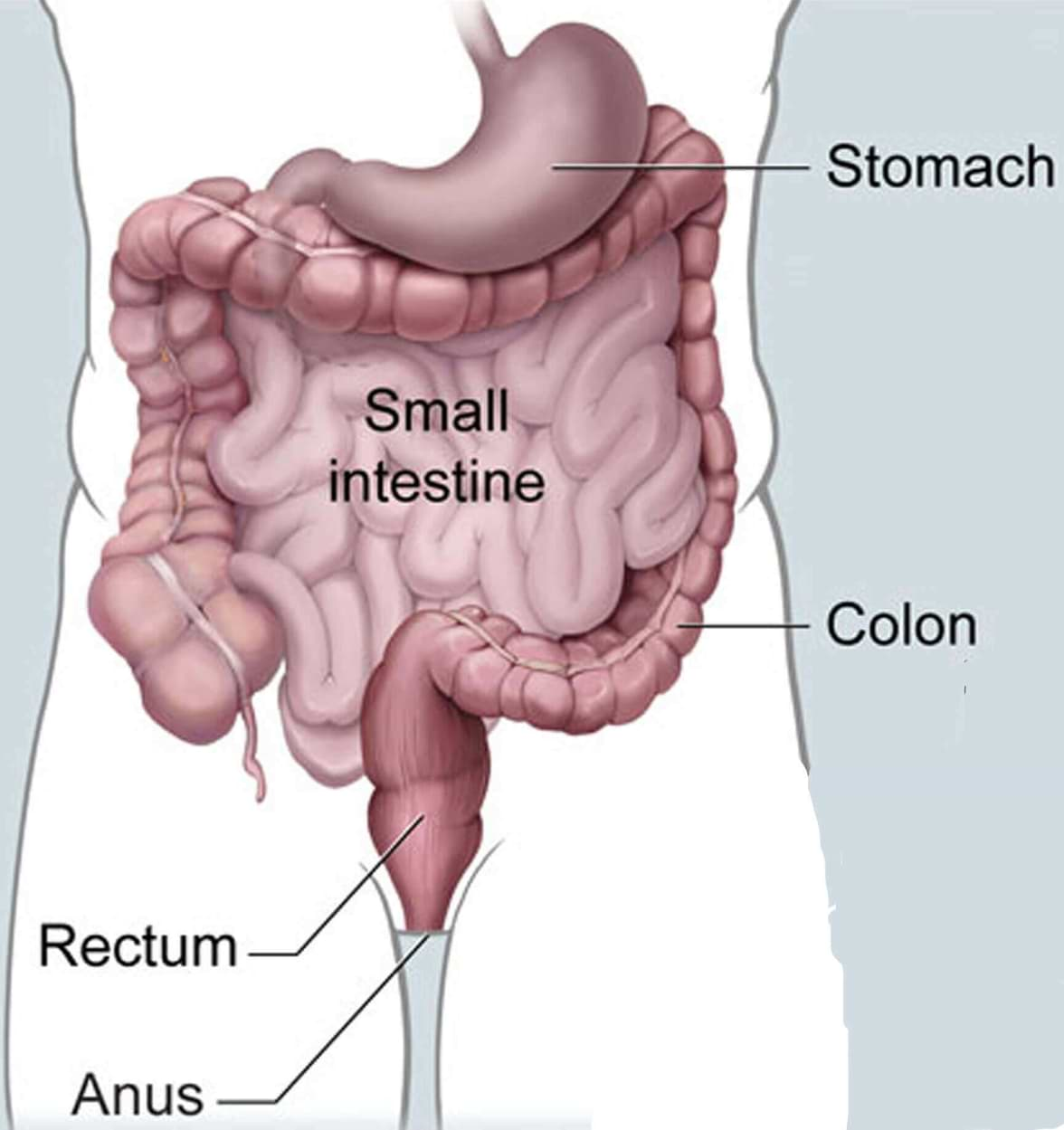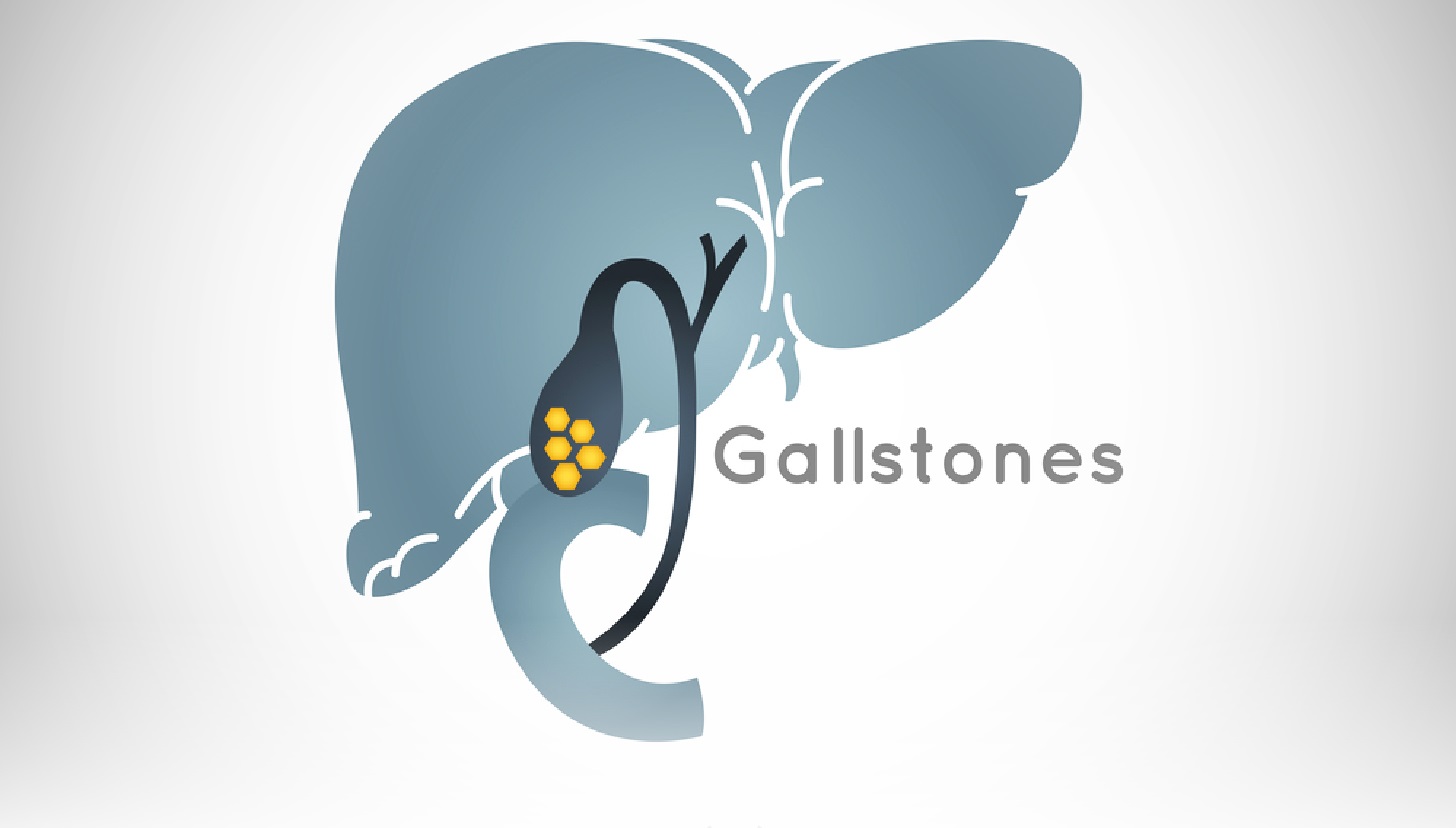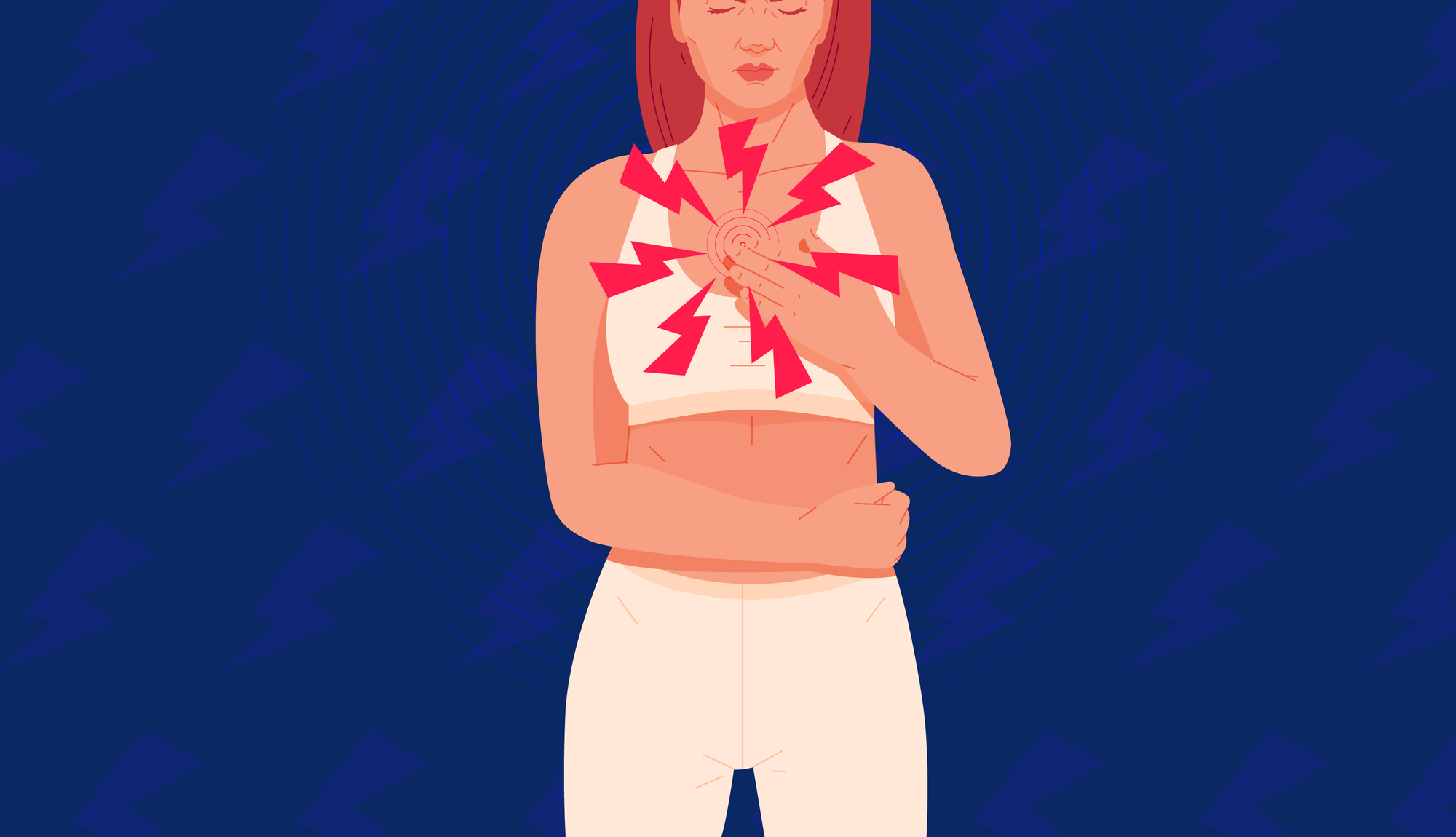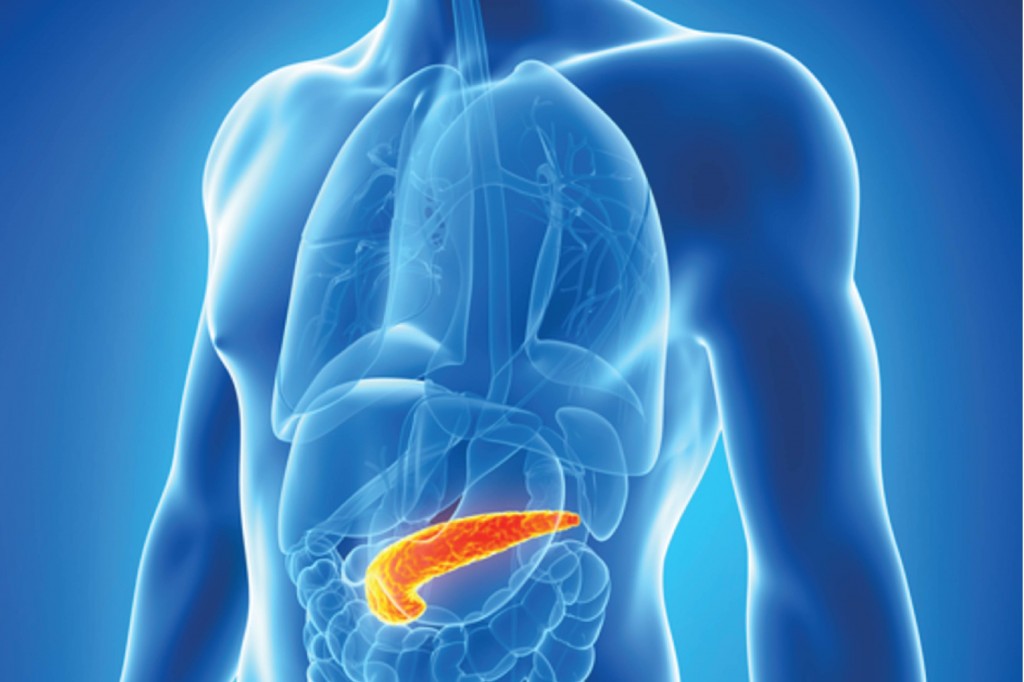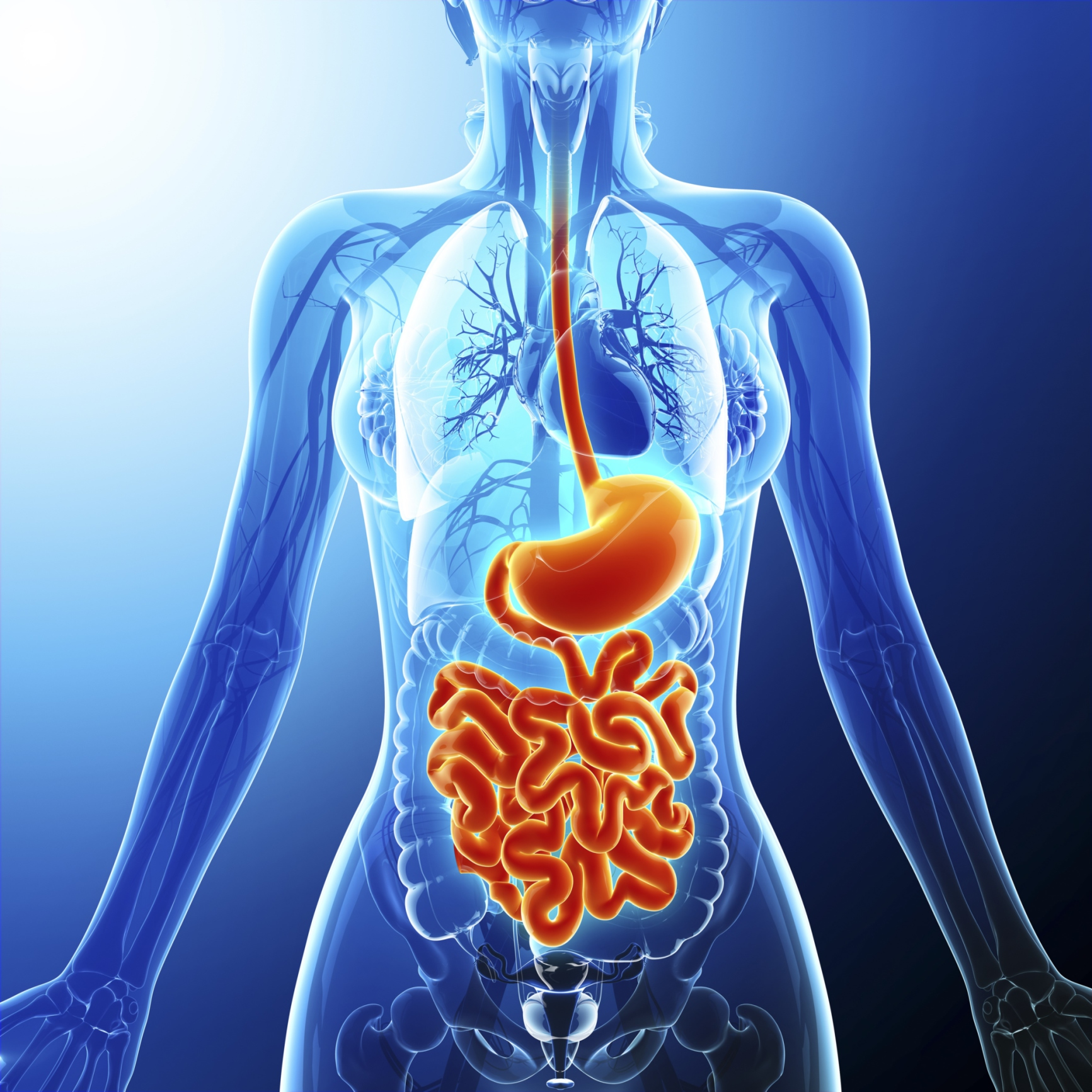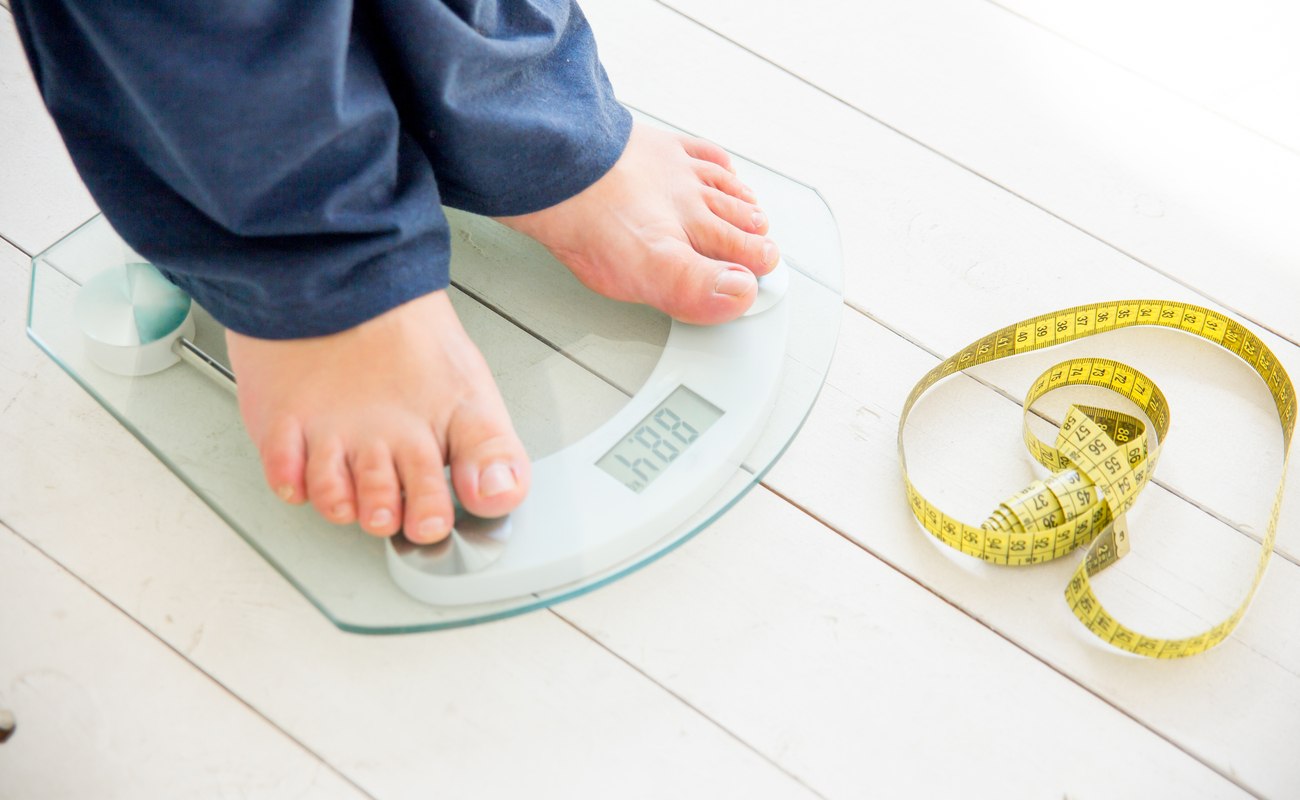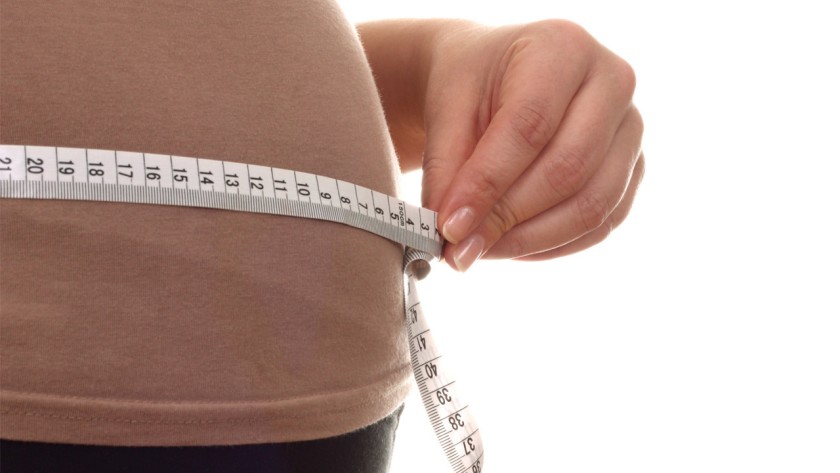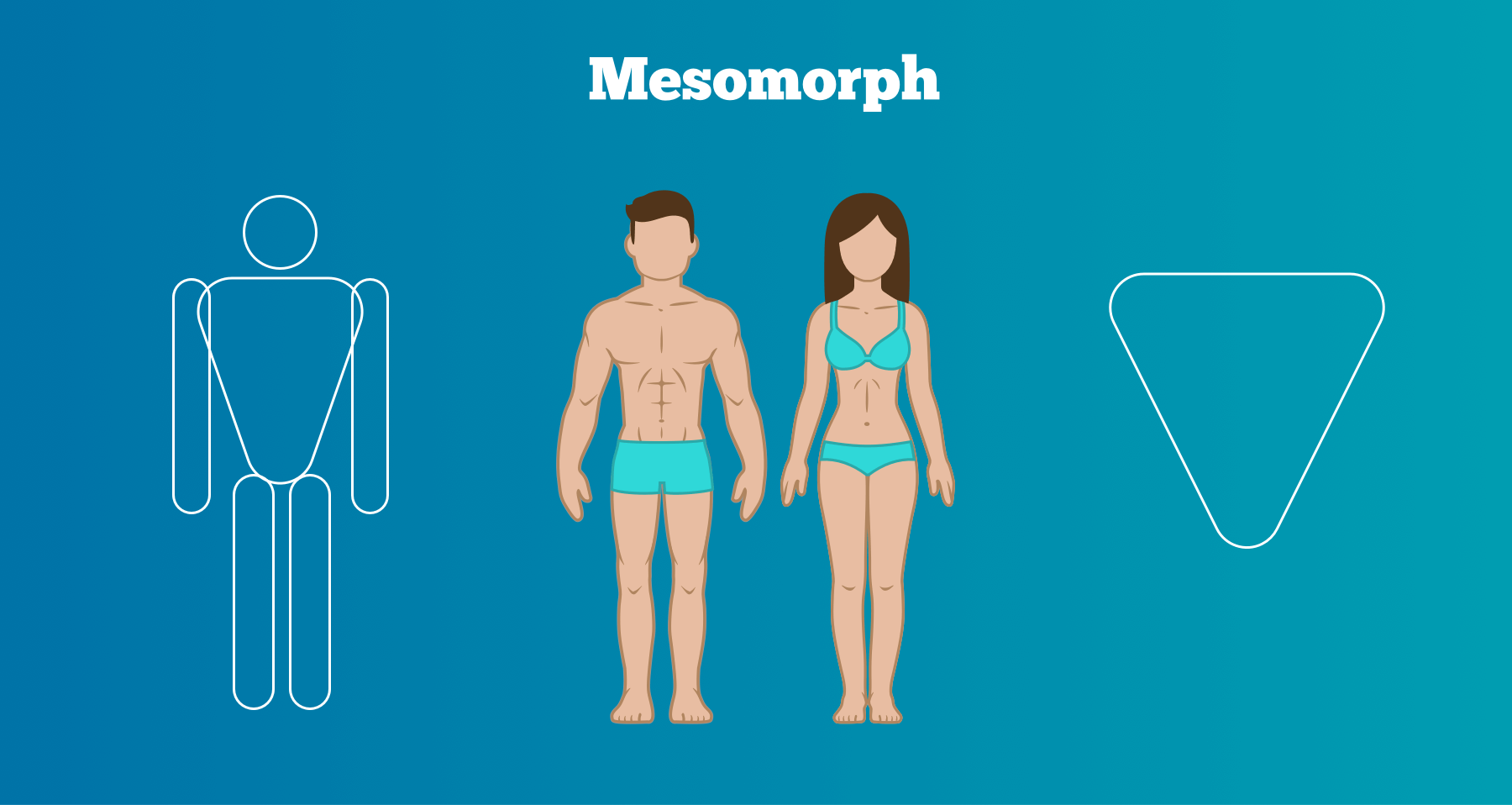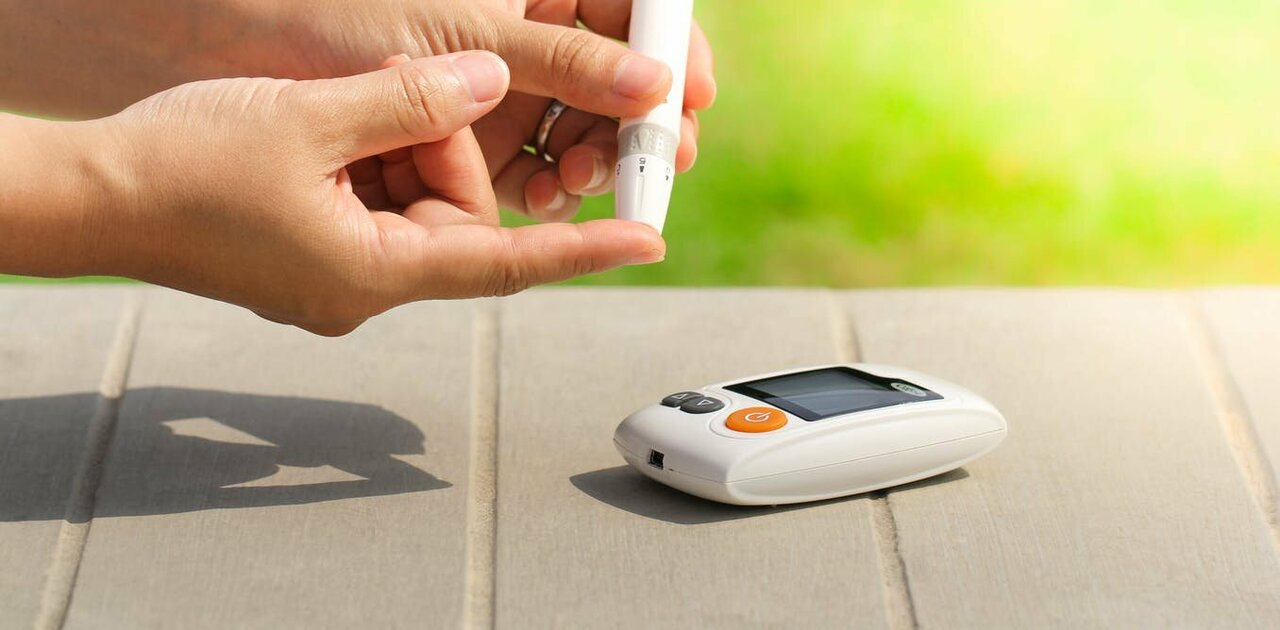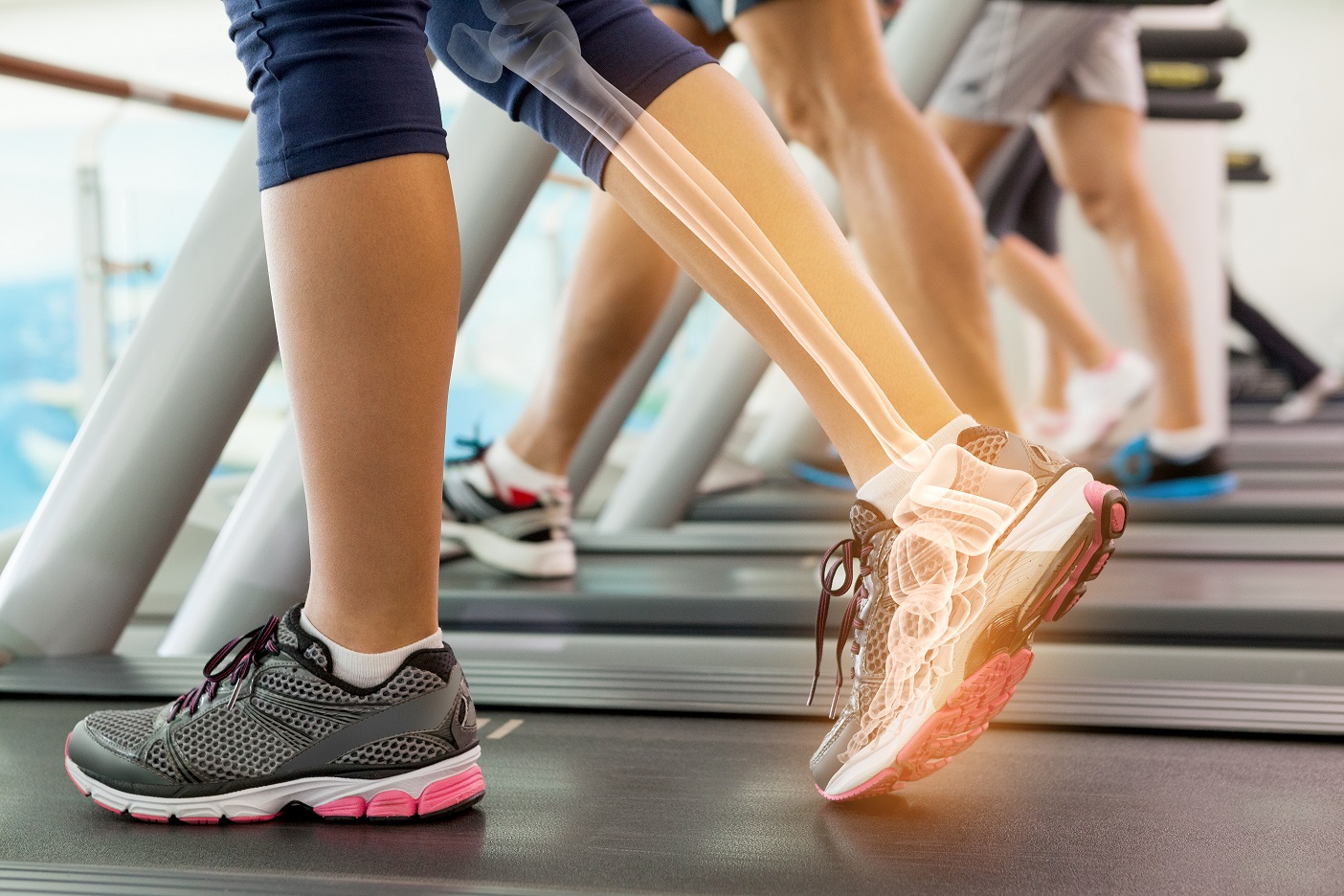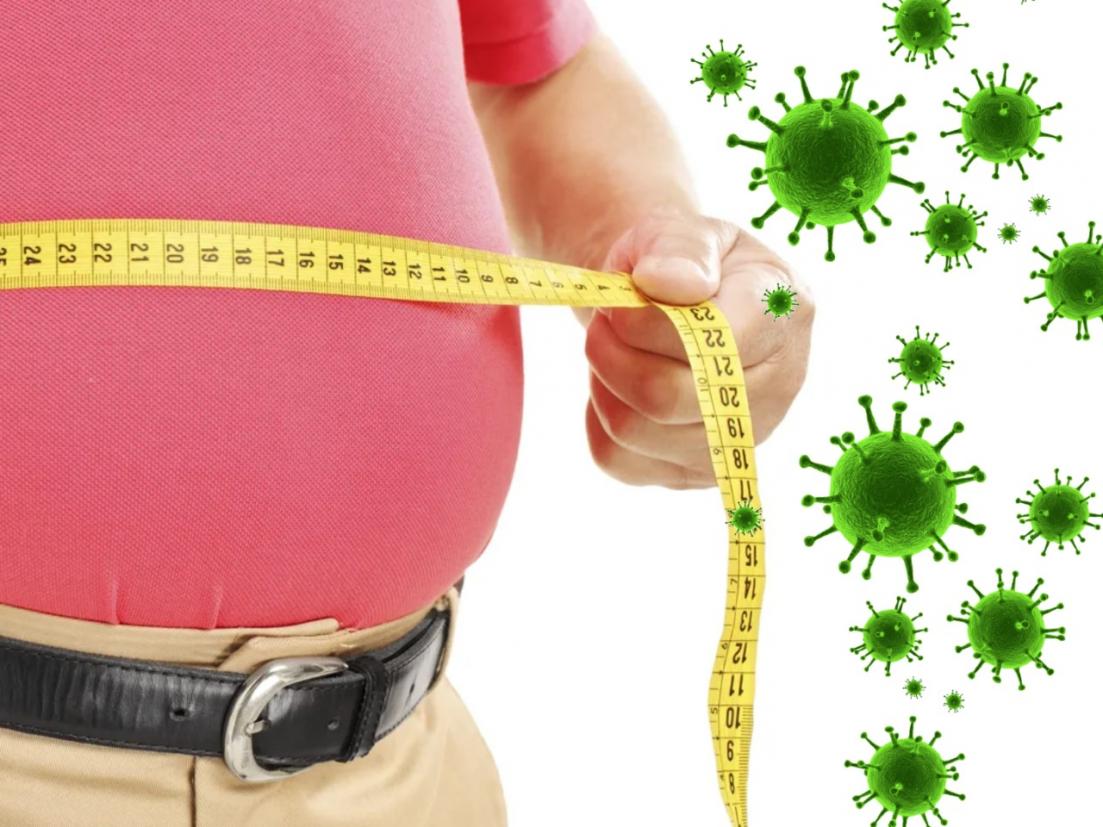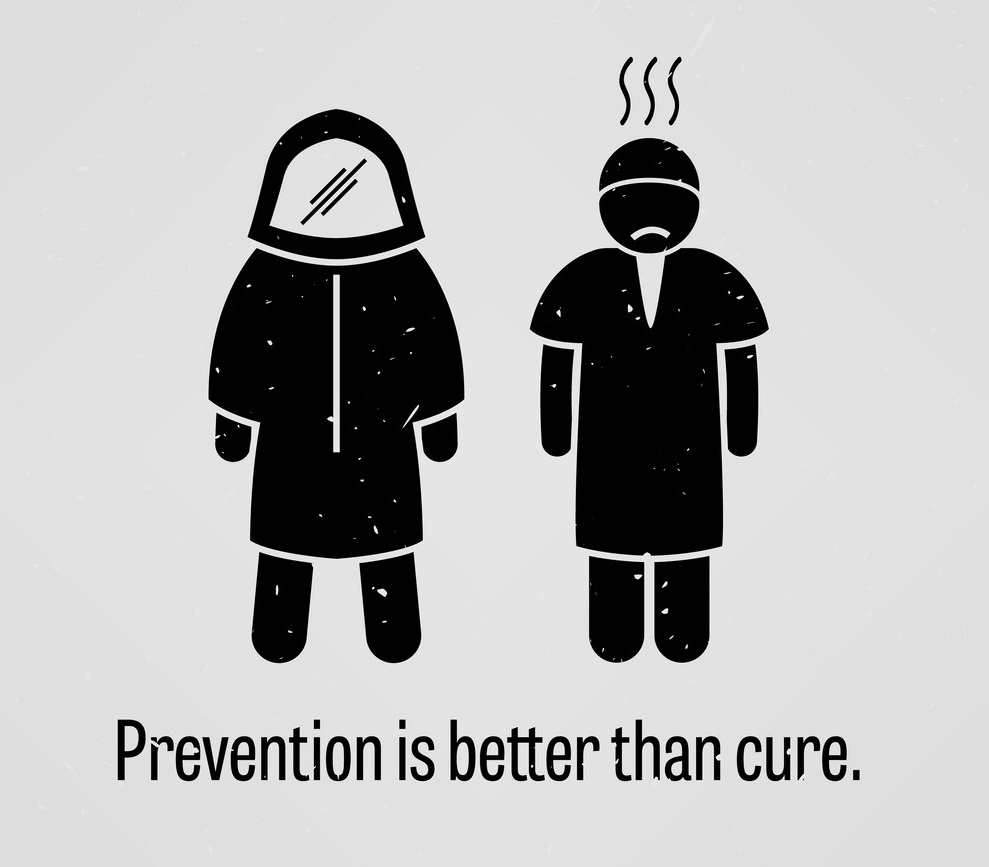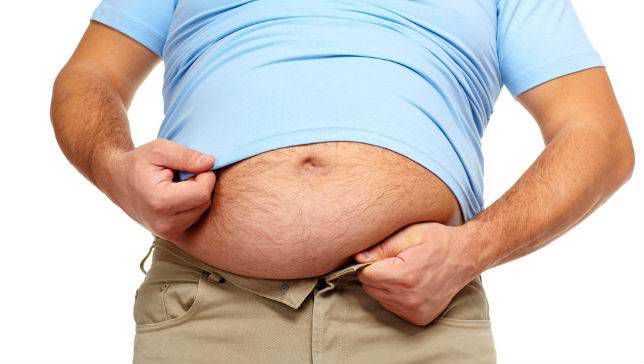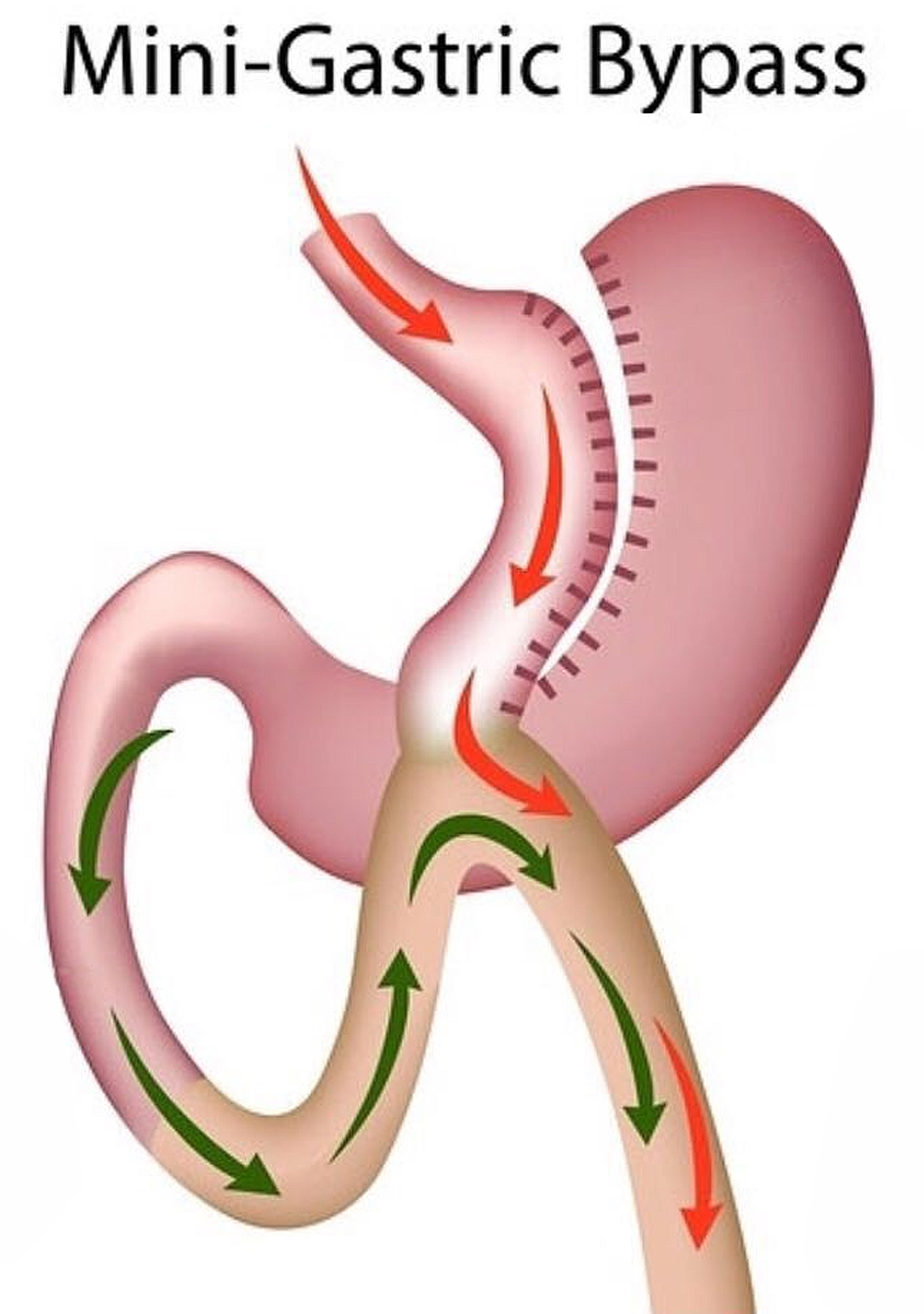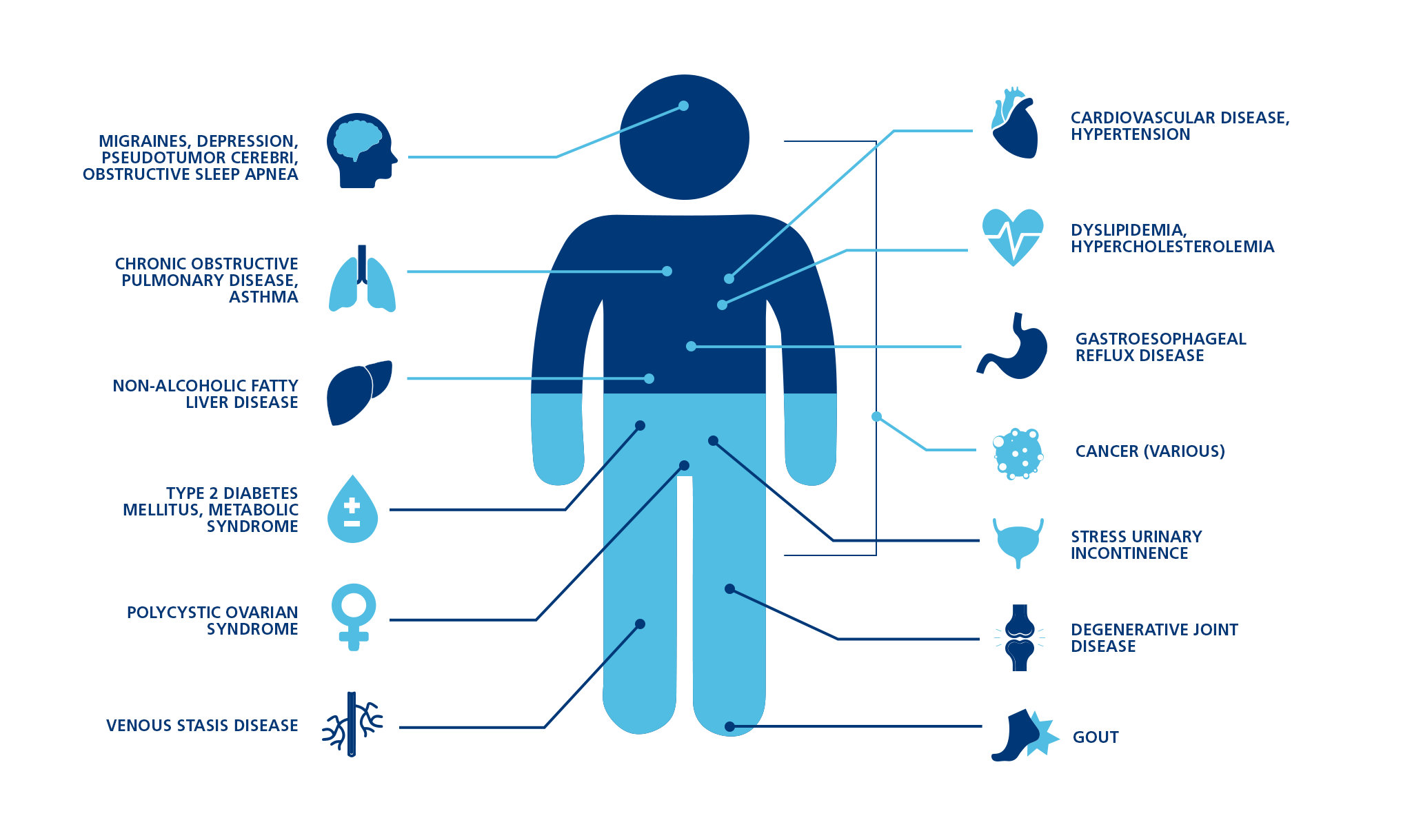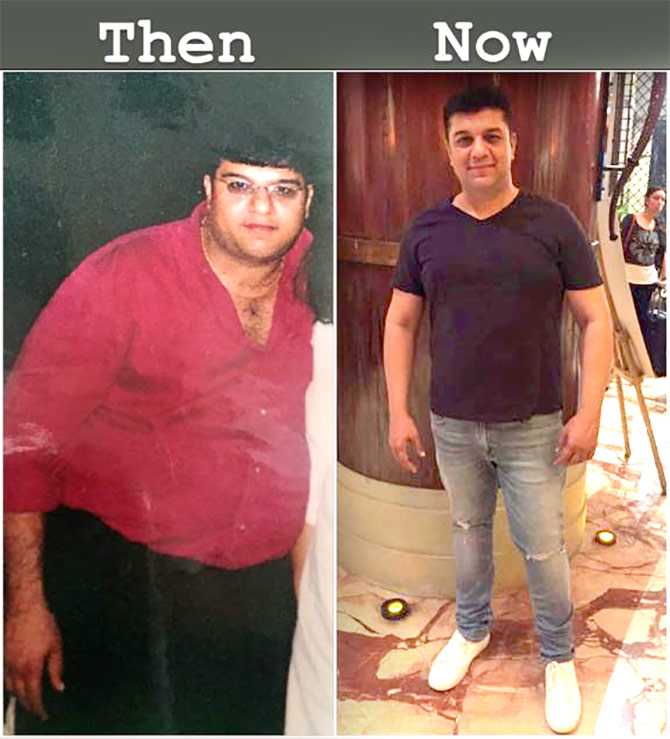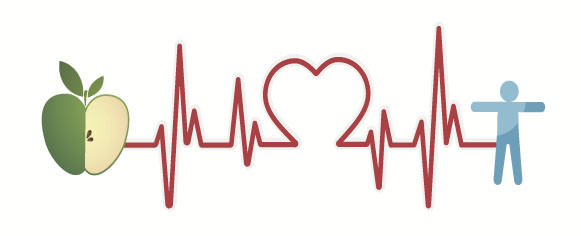cardiac computerized tomography, coronary CT angiography, CT angiogram, CT angiography scan, angiogram, angiography
CT Coronary Angiogram- Procedure, Risks, Results and More
A cardiac computerized tomography (CT) scan– which can also be referred to as a coronary CT angiography or CT angiogram– is an imaging test to view the heart and blood vessels using specialized X rays.
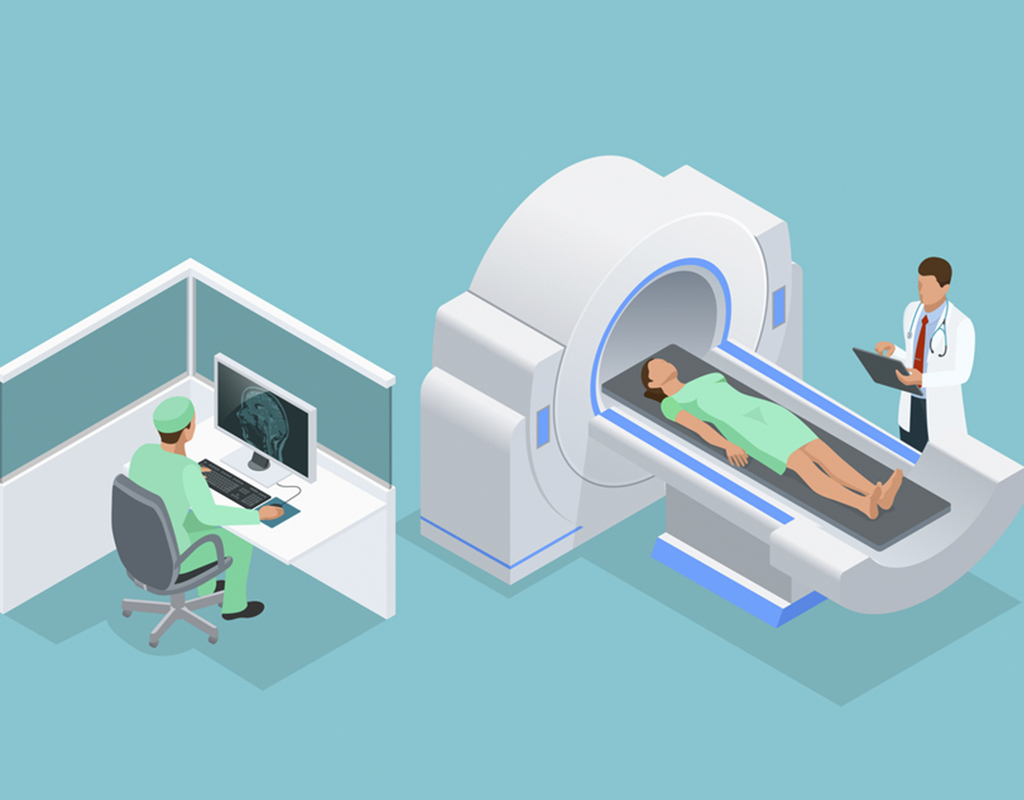
Overview
A computerized tomography (CT) coronary angiogram is an imaging test that looks at the arteries that supply blood to the heart. A CT coronary angiogram uses a powerful X-ray machine to produce images of the heart and its blood vessels. The test is used to diagnose a variety of heart conditions.
The procedure is noninvasive and doesn't require recovery time.
Why is CT Angiogram done?
A CT coronary angiogram is mainly used to check for narrowed or blocked arteries in the heart (coronary artery disease). However, it can check for other heart conditions.
A CT coronary angiogram differs from a standard coronary angiogram. The traditional procedure (non-CT angiogram) uses a flexible tube (catheter) threaded through the groin or arm to the heart or coronary arteries. For those with known coronary artery disease, the traditional approach can also be used as treatment.
CT Angiography vs traditional Angiogram
CT angiography is a less invasive version of the traditional angiogram. The main difference between the two procedures is that while a standard angiogram involves a catheter being inserted into the artery and to the area being studied, a CT angiogram does not require the insertion of a catheter.
A significant advantage of a CT angiogram over a traditional angiogram is that a CT angiogram is non-invasive. However, for cases of abnormal CT angiogram results - such as one or several blood vessels being blocked or narrowed - a standard angiogram may be required as a follow-up. This is typical when surgery to treat the blockage or narrowing is being considered. Therefore, in some cases, a traditional angiogram can be more beneficial than a CT angiogram, as the doctor can perform an angioplasty right away.
How accurate is a CT Angiogram compared to a traditional Angiogram?
Studies have assessed the accuracy of a CT angiogram in comparison to an invasive coronary angiography. A study of CT coronary angiography vs invasive coronary angiography in coronary heart disease (CHD) looked at data from 44 diagnostic studies using invasive coronary angiography as the reference standard and two diagnostic studies using intracoronary pressure measurement as the reference standard. It was found that compared to invasive coronary angiography, CT coronary angiography had a sensitivity of 80% versus 67%, and a specificity of 67% versus 75%.
It is advised that CT coronary angiography should be the method of choice for ruling out obstructive coronary stenoses (OCS) to avoid patients having to experience an invasive angiogram. However, this should only be advised for patients with a pretest probability for CHD of 50% or lower.
Another study into the accuracy of CT angiography looked at 291 patients with symptoms of coronary artery disease (CAD) who were examined using a 64-slice CT scanner. It was found that CT angiogram identified 85% of patients with significant stenoses and 90% of patients with CAD accurately. The authors concluded that while CT angiography was not ready to replace conventional angiograms entirely, the more modern procedure was nearly as accurate as the traditional angiogram.
Cardiac CT Angiograms possess a high amount of accuracy for detecting CHD in patients when compared to a traditional angiogram. Nevertheless, diagnostic accuracy is decreased in diagnosing coronary stents due and severe coronary artery calcification (build-up of calcium in the heart’s arteries) due to its subordinate spatial resolution when compared to invasive angiograms.
However, a recent discovery has found an ultrahigh-resolution CT scanner that could be capable of overcoming the limitation of conventional CTA in the environment of severe stents or coronary artery calcification, thus surpassing its invasive counterpart. The ultrahigh-resolution CT scanner (UHR-CT) is equipped with 0.25 mm detector rows, half the width than what’s currently on the market (0.5 mm), which will result in twice the spatial resolution.
Risks of CT Angiogram
A CT coronary angiogram involves exposure to radiation. The amount varies depending on the type of machine used. Women who are pregnant shouldn't have a CT angiogram because of possible harm to an unborn child.
The test may be done using dye (contrast) to help blood vessels show up more clearly on the images. Some people have an allergic reaction to the contrast dye. Talk to your health care provider if you're concerned about having an allergic reaction. If you have a contrast dye allergy, you might be asked to take steroid medication 12 hours before the procedure to reduce the risk of a reaction.
How to prepare for CT Angiogram
A health care provider likely will give instructions about how to prepare for a CT coronary angiogram. Driving yourself to and from the test should be OK.
Food and medications
Usually, the test requires not eating anything for about four hours before the test. Drinking water is OK. Don't drink caffeinated beverages 12 hours before the test because they can increase the heart rate, making it difficult to get clear pictures of the heart.
Tell your healthcare provider about the medications that you take. You might be asked not to take a particular medication before the test.
Clothing and personal items
The procedure requires removing jewellery, glasses and clothing above the waist. You'll be asked to change into a hospital gown.
What to expect
A CT coronary angiogram is usually done in the radiology department of a hospital or an outpatient imaging facility.
Before the procedure
Before a CT coronary angiogram, you may receive a medication called a beta blocker to slow your heart rate. Doing so provides clearer images on the CT scan. Let your health care provider know if you've had side effects from beta blockers in the past.
You might also be given nitroglycerin to widen (dilate) your coronary arteries.
During the procedure
You'll receive numbing medication, and then a technician will insert an IV into the hand or arm. A dye (contrast) flows through this IV. The dye helps blood vessels show up better on the CT images. You'll also have sticky patches called electrodes placed on your chest to record your heart rate.
You'll lie on a long table that slides through a short, tunnel-like machine (CT scanner). If you're uncomfortable in closed spaces, ask your health care provider about medication to help you relax.
During the scan you need to stay still and hold your breath as directed. Movement can cause blurry images.
A care provider operates the CT machine from a room that's separated from your exam room by a glass window. An intercom system allows you and the provider to talk to each other.
Although the actual scanning portion of the test takes as few as five seconds, it may take up to an hour for the process to be completed.
After the procedure
After your CT coronary angiogram is completed, you can return to your normal daily activities. You should be able to drive yourself home or to work. Drink plenty of water to help flush the dye from your body.
Results
The images from your CT coronary angiogram should be ready soon after your test. The health care provider who asked you to have the test likely will discuss the results of the test with you.
If your test suggests that you have or are at risk of heart disease, you and your provider can discuss treatment options.
Regardless of the results of a CT coronary angiogram, it's always a good idea to make lifestyle changes to help protect the heart. Heart-healthy lifestyle changes include:
- Exercise regularly. Exercise helps manage weight. It also helps control diabetes, high cholesterol and high blood pressure- all risk factors for heart disease. With your health care provider's OK, get at least 150 minutes of moderate aerobic activity or 75 minutes of vigorous aerobic activity a week, or a combination of moderate and vigorous activity. If necessary, break activity into several 10-minute sessions a day.
- Eat healthy foods. A heart-healthy diet rich in fruits, vegetables and whole grains — and low in saturated fat, cholesterol and sodium — can help control weight, blood pressure and cholesterol.
- Stop smoking. Smoking is a major risk factor for heart disease, especially atherosclerosis. If you smoke, quitting is the best way to reduce your risk of heart disease and its complications. If you need help quitting, ask your health care provider about smoking cessation methods.
- Manage health conditions. For high blood pressure, high cholesterol or diabetes, take medications as directed. Ask your provider how often you need follow-up visits.
- Reduce stress. Stress can cause blood vessels to tighten (constrict), increasing the risk of a heart attack. Getting more exercise, practicing mindfulness and connecting with others in support groups are some ways to tame stress.
Reference
- https://www.mayoclinic.org/tests-procedures/ct-coronary-angiogram/about/pac-20385117
- https://www.circlecvi.com/education/blog/cardiac-ct-scan-vs-angiogram-whats-the-difference/
- https://www.nejm.org/doi/full/10.1056/nejmoa0806576
- https://www.ncbi.nlm.nih.gov/pmc/articles/PMC3334923/
- https://www.radiologyinfo.org/en/info/angioct
- https://www.hopkinsmedicine.org/health/treatment-tests-and-therapies/computed-tomography-angiography-cta
- https://my.clevelandclinic.org/health/diagnostics/16899-coronary-computed-tomography-angiogram

